Personalization has become the gold standard in modern marketing, and true personalization starts with accurate and effective user segmentation.
User segmentation is the process of dividing your audience into groups based on shared traits, behaviors, or needs.
By understanding what makes each group unique, marketers can move beyond generic messaging and deliver content, offers, and experiences that actually resonate.
So how do you personalize marketing for every audience?
You start by segmenting smartly. When you know who your users are and how they interact with your brand, you can design journeys that feel relevant at every touchpoint, from onboarding flows to loyalty campaigns.
In this article, we’ll explore why marketing segmentation is essential to personalization, the main types of segmentation, and how to build, validate, and activate your segments in practice.
We’ll also look at how to measure performance, learn from results, and keep your segments evolving as your users do.
Soon you’ll have a practical framework for turning segmentation into one of your strongest growth levers, helping you engage, convert, and retain users with greater precision and impact.
Why Segmentation Matters in Personalized Marketing
Most marketing approaches still make the same mistake: treating every user the same way. But “one size fits all” messaging rarely fits anyone.
Generic campaigns overlook the very differences that make users tick (their goals, preferences, and behaviors), leading to low engagement and wasted spend.
Marketing segmentation solves that problem by helping you understand who your users are and what drives them.
By grouping users with shared traits or behaviors, you can tailor your offers, messages, and experiences to meet each group’s needs more precisely.
Instead of sending one broad campaign, you can guide every audience down a path that feels relevant and personal, whether that means re-engaging inactive users, rewarding loyal customers, or nudging high-intent prospects to convert.
The business impact is measurable. Effective audience segmentation leads to:
- Higher engagement: Users are 3x more likely to interact when content resonates.
- Better conversion rates: Targeted offers outperform generic promotions over 7x.
- Smarter resource allocation: Marketing spend goes toward audiences most likely to act.
- Lower churn: Users who feel understood are at least 20% more likely to stay.
When done well, audience segmentation transforms marketing from mass communication into meaningful conversation, making personalization not just possible, but scalable.
Types of Segmentations & Use Cases
Not all segmentation strategies serve the same purpose. The right approach depends on your goals, data maturity, and the kind of personalization you want to achieve.
Below are the main segmentation types and when to use each one:
Demographic Segmentation
The simplest form of segmentation groups users by static traits like age, gender, location, education, or income. It’s often a starting point when data is limited, helping you establish broad audience filters.
Best for: Awareness campaigns, regional offers, or top-of-funnel messaging where personalization doesn’t rely on behavioral data.
Behavioral Segmentation
Behavioral segmentation looks at what people do, not just who they are, including usage patterns, purchase frequency, feature adoption, and engagement levels. It’s one of the strongest predictors of intent.
Best for: Lifecycle marketing, upsell campaigns, and re-engagement flows based on recent actions.
Psychographic or Attitudinal Segmentation
This approach digs deeper into values, interests, lifestyles, and motivations; the “why” behind behavior. It allows marketers to connect on a more emotional or aspirational level.
Best for: Brand storytelling, content marketing, and campaigns that aim to build affinity or align with user identity.
Technographic or Device Segmentation
In SaaS and digital products, knowing your users’ devices, browsers, and tech sophistication can dramatically improve their experience.
Best for: Tailoring UX, onboarding, or in-app prompts (e.g., showing different tutorials to mobile vs desktop users).
Customer Journey or Stage-Based Segmentation
Users move through distinct lifecycle stages: from new to active, dormant, or loyal. Segmenting by stage helps you meet them where they are.
Best for: Onboarding sequences, win-back campaigns, or loyalty programs designed around lifecycle transitions.
RFM or Value-Based Segmentation
RFM stands for Recency, Frequency, and Monetary value, and it's a classic e-commerce framework that separates high-value customers from occasional or inactive ones.
Best for: Prioritizing retention efforts, VIP rewards, and targeted promotions for your top spenders.
Advanced, Data-Driven, or Hybrid Segmentation
As data sophistication grows, companies can use machine learning, clustering, or lookalike modeling to uncover patterns traditional methods miss. These hybrid approaches often blend behavioral, demographic, and psychographic data for richer insight.
Best for: Large user bases, predictive personalization, or uncovering hidden “power segments” with strong conversion potential.
Microsegments
At the most granular level, microsegmentation targets ultra-specific user groups, sometimes down to the individual. While resource-intensive, it enables near one-to-one personalization.
Best for: High-value customers, enterprise accounts, or personalized product recommendations in advanced marketing setups.
Each method has its place. Demographics are useful for broad targeting; behavioral segments capture intent; psychographics build emotional connection.
The best strategies layer multiple segmentation types to create a unified view of the customer that drives meaningful personalization at scale.
Building & Validating Segments
Once you’ve decided how to segment users for personalization, the next step is making sure those segments actually work.
Good audience segmentation for personalized marketing campaigns is part art, part science. It requires clean data, logical definitions, and continuous validation.
1. Data Inventory & Selection
Start by auditing the data sources you already have: CRM systems, product analytics, web and app events, surveys, and marketing platforms.
Identify which data points are both reliable and meaningful for understanding user behavior.
More data isn’t always better. A few clean, consistent variables (like “last login” or “purchase frequency”) often outperform sprawling datasets with inconsistencies.
2. Segmentation Logic & Rules
Next, define your inclusion and exclusion criteria. For example: “Users with ≥ 3 logins in the past week” or “Accounts that adopted Feature X but haven’t upgraded.”
Clear logic prevents ambiguity later on and ensures that each segment reflects a distinct behavior or trait.
3. Cohort & Overlap Checks
Once segments are built, test them for cohort overlap or collision. You don’t want the same user showing up in multiple, conflicting segments; it muddles insights and campaign delivery.
Use visualization tools or SQL checks to confirm mutual exclusivity where it matters (or document overlaps intentionally if they’re strategic).
4. Size & Statistical Power
A segment must be large enough to analyze and act on.
Tiny segments often lack statistical power, meaning you can’t confidently measure differences or outcomes. If a segment is too small, merge it with others or reframe it around a broader shared behavior.
5. Iteration & Validation
Before rolling out major campaigns, test whether segments actually behave differently.
Run A/B or holdout experiments to see if your “active,” “churn-risk,” or “power user” groups respond distinctly to messaging or offers. If not, refine your definitions.
6. Segment Evolution
User behavior changes, and so should your segments.
Set a refresh cadence (e.g., monthly or quarterly) to reprocess data, retire outdated groups, and add new ones as needed. Dynamic updates ensure your personalization stays accurate and relevant over time.
When done right, segmentation becomes a living framework rather than a static spreadsheet. It evolves as your users do, sharpening the precision of every campaign.
Activating Segments: Personalization in Practice
Once you’ve defined your user groups, the next step is putting those insights into action, tailoring experiences, messaging, and offers in ways that make each interaction feel relevant and timely.
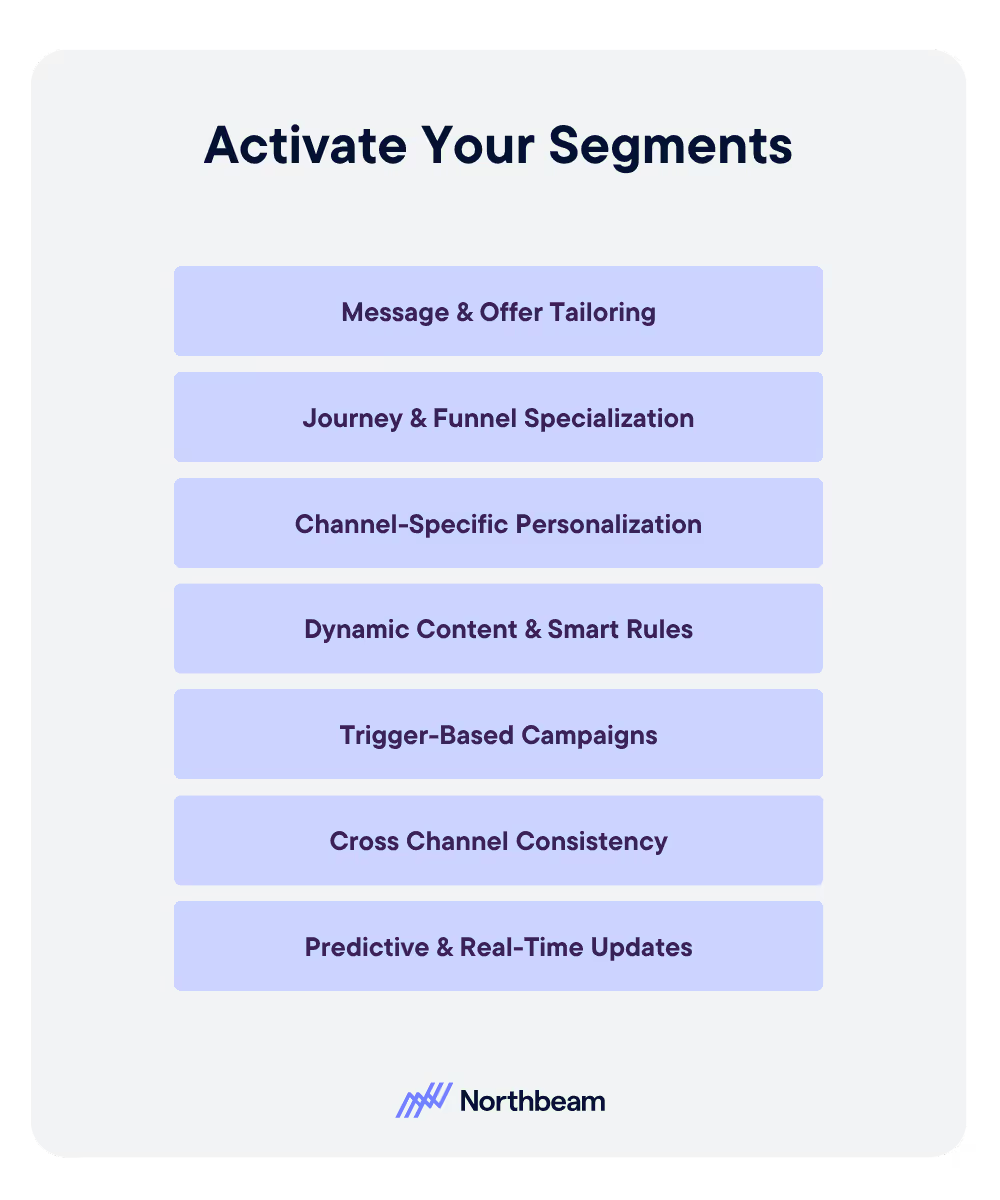
1. Message & Offer Tailoring
Different segments respond to different motivations. Use your segmentation data to craft unique messages, incentives, and CTAs for each audience.
The key is to go beyond light personalization (like “Hi, [Name]”) and align your value proposition to each group’s needs.
2. Journey & Funnel Specialization
Map distinct user journeys for each segment. New users might get a guided onboarding flow, while power users receive product tips or loyalty rewards.
Tailored nurture paths keep users moving forward without overwhelming them with irrelevant content.
3. Channel-Specific Personalization
Different channels lend themselves to different types of segmentation.
- Email: Ideal for lifecycle campaigns and personalized offers.
- In-app or web: Adjust content or interface in real time based on behavior.
- Push or SMS: Best for timely, location- or action-triggered updates.
Align your message format and frequency to where (and how) each segment prefers to engage.
4. Dynamic Content & Smart Rules
Leverage dynamic content blocks and automation rules to serve relevant experiences automatically. For example, show different homepage banners or dashboard recommendations depending on segment membership.
5. Trigger-Based Campaigns
Set up automated triggers that fire when users move between segments. For example, if a user slips from “active” to “inactive,” launch a win-back email or reactivation ad within 24 hours. These behavioral triggers make personalization feel immediate and human.
6. Cross-Channel Consistency
Ensure your segments are mapped consistently across platforms, including your CRM, ad tools, email systems, and analytics dashboards. A user marked “loyal” in one channel shouldn’t feel like a stranger in another.
Consistency builds trust and reinforces brand recognition.
7. Predictive & Real-Time Updates
As your data capabilities evolve, move toward real-time segmentation. Update user status dynamically, from “likely to churn” to “ready to upsell,” so campaigns respond to behavior instantly.
Predictive models can surface these signals early, giving teams time to act before opportunity or engagement is lost.
Measuring & Learning from Segments
Measuring performance helps you understand which segments drive value, which overlap too much, and which should be retired or redefined.
Here’s how to make sure you’re measuring and learning from your user segments:
1. Define Clear KPIs
Start by setting measurable goals for your segmentation efforts. Common metrics include:
- Engagement lift: Do segmented campaigns earn higher open or click-through rates?
- Conversion lift: Are segmented users converting at higher rates than non-segmented groups?
- Retention: Does tailored messaging reduce churn or increase repeat usage?
- A/B lift by segment: Are certain groups responding better to specific creative or offers?
Your KPIs should connect directly to business outcomes, not just vanity metrics like impressions or reach.
2. Test with Control Groups and Uplift Modeling
To confirm that segmentation is driving results (and not coincidence), use holdout control groups or uplift modeling.
Compare performance between segmented users and a random unsegmented sample. If the segmented group consistently outperforms the control, you know your targeting logic is adding real value.
3. Monitor Segment Drift
Segments aren’t static. Over time, users’ behavior or attributes change. What’s true of a “power user” today might not be true next quarter.
Track segment drift, or how membership composition shifts over time. If a segment starts to balloon or shrink dramatically, revisit your criteria or data quality.
4. Track Overlap and Cannibalization
Watch for segment overlap, especially when multiple campaigns run simultaneously.
Competing offers to the same users can cause message fatigue or undercut results. Use analytics dashboards or Venn-style overlap reports to spot and reduce collisions between segments.
5. Feed Results Back into the System
Finally, treat segmentation as an iterative process. Feed your findings back into your segmentation logic:
- Retire or merge segments that underperform or converge with others.
- Refine rules or thresholds based on what predicts engagement or conversion best.
- Add new dimensions (behavioral, psychographic, value-based) as your data evolves.
When you measure and iterate, segmentation becomes a self-optimizing loop where every campaign teaches you more about who your users are and what makes them act.
Example: User Segmentation Strategy in Action
Imagine an e-commerce brand specializing in sustainable home goods. The marketing team noticed that overall repeat purchase rates had plateaued, despite steady traffic. They decided to use user segmentation to better understand their customer base and re-energize loyalty.
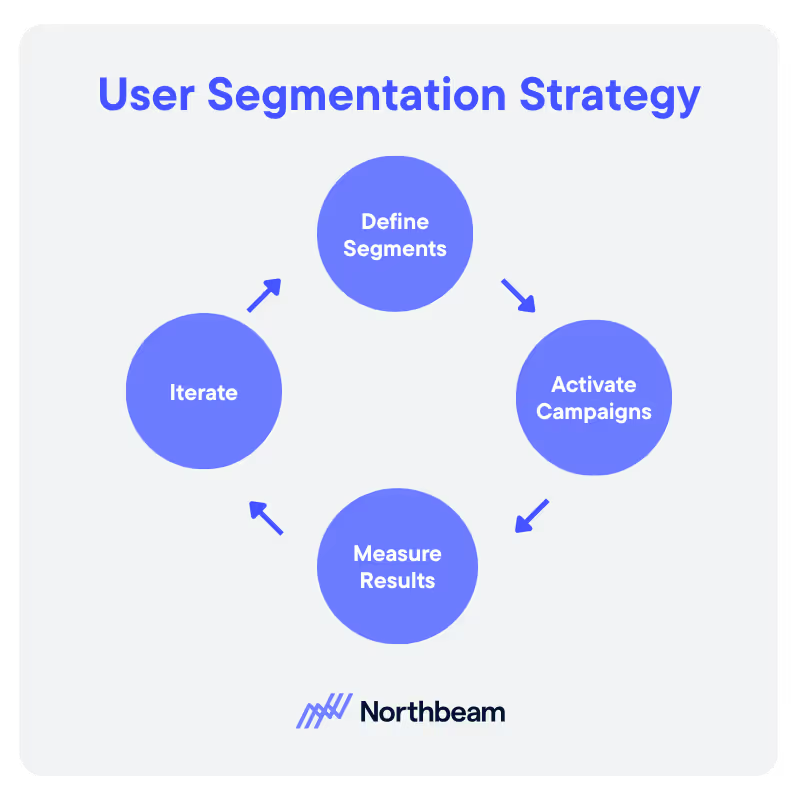
Step 1: Defining Segments
Using transaction and engagement data, the team segmented users by recency (how recently they purchased) and frequency (how often they buy).
They created four primary groups:
- Loyal Shoppers: Purchased multiple times in the last 60 days
- At-Risk Customers: Purchased once, but no repeat activity in the past 90 days
- Dormant Users: No purchases in over 6 months
- Bargain Hunters: Smaller, frequent purchases during sales events
Step 2: Campaign Activation
Each segment received tailored campaigns:
- Loyal Shoppers: Early access to new product drops and a “thank you” discount for referrals.
- At-Risk Customers: A reactivation email offering free shipping if they returned within 7 days.
- Dormant Users: A “we miss you” win-back campaign highlighting bestsellers and social proof.
- Bargain Hunters: Personalized bundle offers during upcoming promotions, paired with loyalty reward reminders.
Step 3: Measuring Results
Over a 6-week test:
- Loyal Shoppers’ repeat purchase rate rose by 22%.
- At-Risk Customers showed a 15% higher reactivation rate versus the control group.
- Dormant Users underperformed, but provided insight into message fatigue and timing.
- Bargain Hunters generated 30% higher average order value (AOV) when shown bundle offers, a discovery that reshaped the brand’s promotional calendar.
Step 4: Iteration
The team refined their definitions and made the “bargain hunter” segment a more prominent category in their marketing and sales strategy.
They also automated lifecycle triggers so that users moved seamlessly between “at-risk” and “loyal” based on real-time purchase behavior.
This example shows how segmentation isn’t just a way to categorize users, it’s a feedback engine for learning what motivates each audience.
By testing, measuring, and refining, even simple segments can evolve into powerful levers for retention and growth.
Next Steps & Implementation Prompts
Segmentation doesn’t need to be an all-or-nothing overhaul. You can start small, prove value, and build sophistication over time.
Here’s how to turn the concepts from this article into action:
- Audit Your Current Segmentation: Take inventory of the segments you’re already using in your CRM, analytics tools, or ad platforms. How many do you have? What rules define them? Mapping your existing logic often reveals redundancies or outdated assumptions.
- Re-run a High-Impact Campaign: Pick one campaign that drives real results, like onboarding, reactivation, or upsell, and re-run it using a sharper segmentation approach. Test whether more precise targeting lifts engagement or conversion rates.
- Validate with Test vs Control: Always include a control group of unsegmented users. Compare performance to confirm whether segmentation genuinely improves outcomes, not just creates extra complexity.
- Build a Segment Performance Dashboard: Use your analytics stack (e.g., Looker, Tableau, HubSpot, or GA4) to visualize metrics by segment. Track key KPIs like open rate, conversion rate, or retention lift to identify your most valuable audiences.
- Plan for Continuous Updates: Segments evolve as user behavior changes. Set a quarterly or biannual cadence to revisit definitions, refresh data, and merge or retire segments that no longer perform.
Even simple refinements like a cleaner data model, a few stronger definitions, or a smarter test can make your segmentation strategy far more powerful.
The goal isn’t to create hundreds of microsegments overnight, but to ensure every message feels a little more personal and every campaign performs a little better.
Turn User Segmentation into a Growth Engine
At its core, user segmentation is about understanding people.
When done thoughtfully, it transforms marketing from broad communication into something genuinely personal and adaptive.
The best strategies start simple: define clear segments, test your logic, and let data guide refinement over time.
As your sophistication grows, so does your ability to deliver the right message, to the right person, at the right moment, consistently across every channel.
Segmentation isn’t a one-time project but an ongoing cycle of insight and improvement. Get it right, and it becomes one of the most reliable levers for engagement, conversion, and long-term customer loyalty.

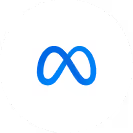






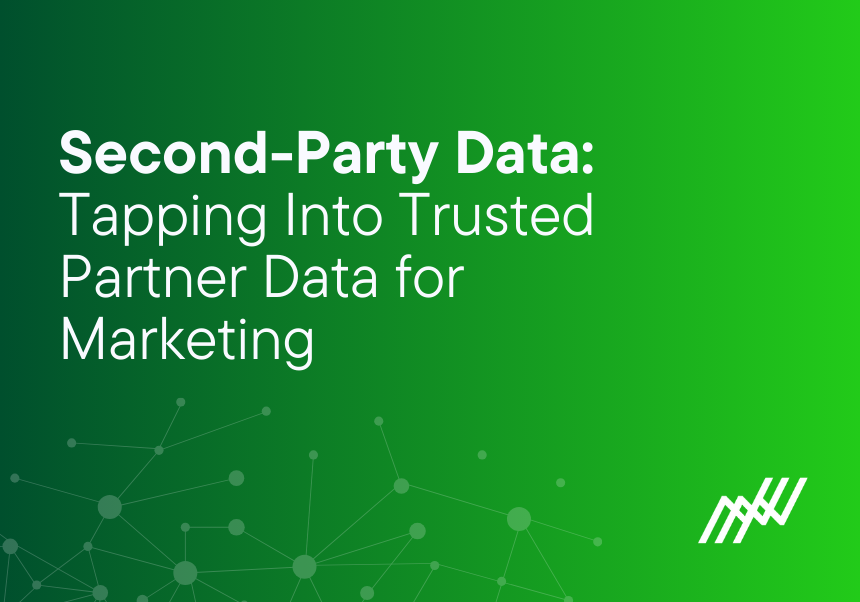
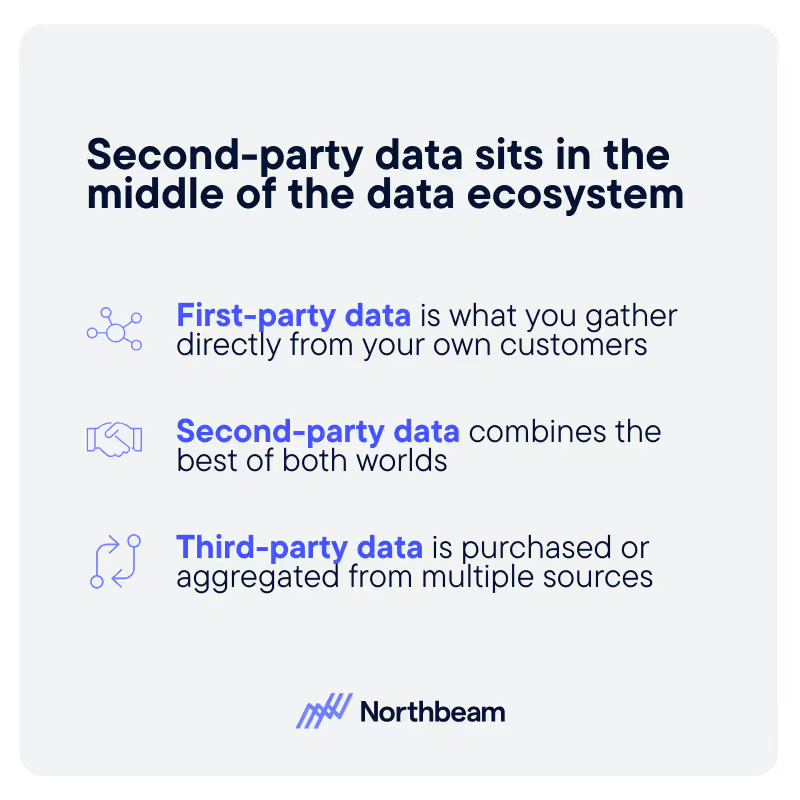
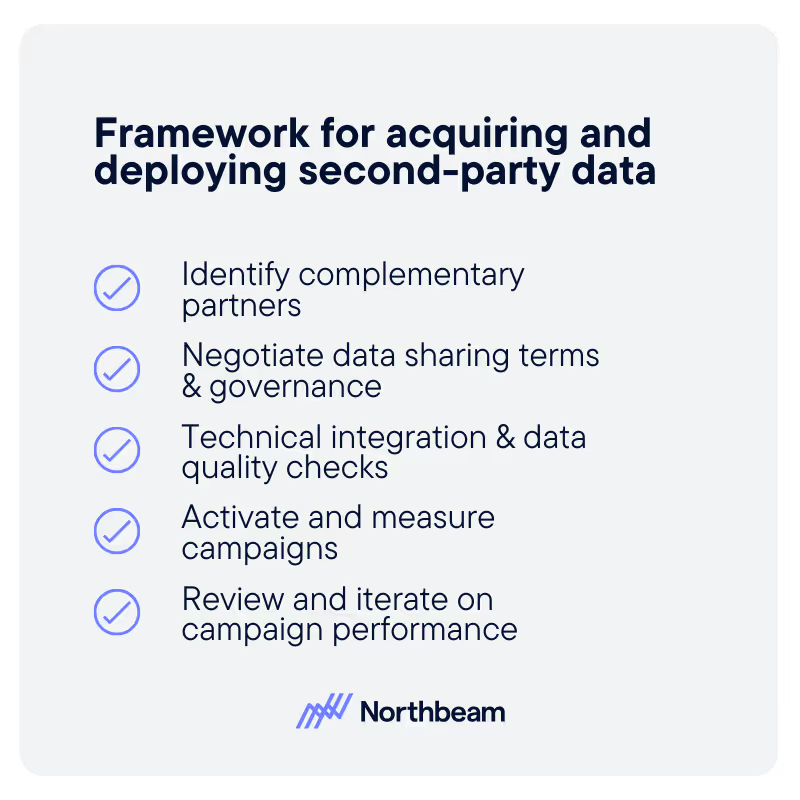

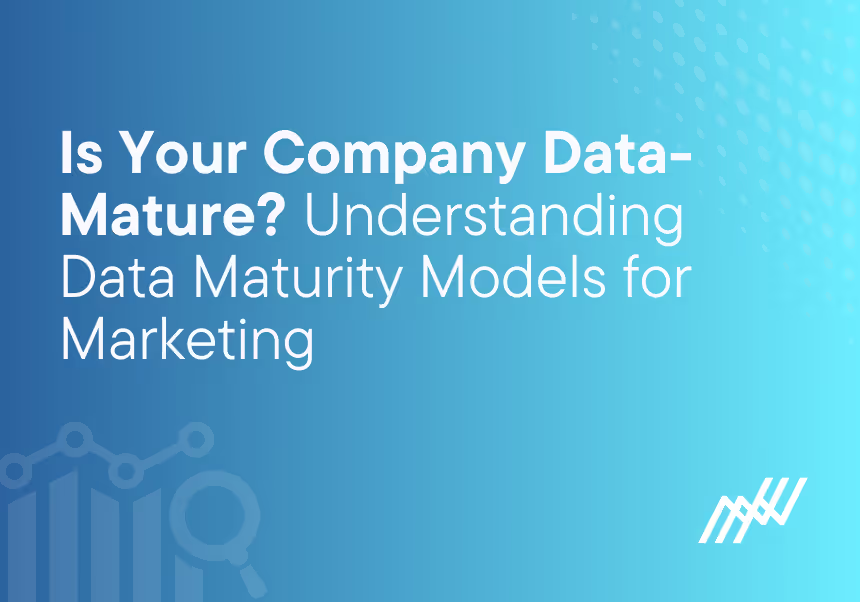
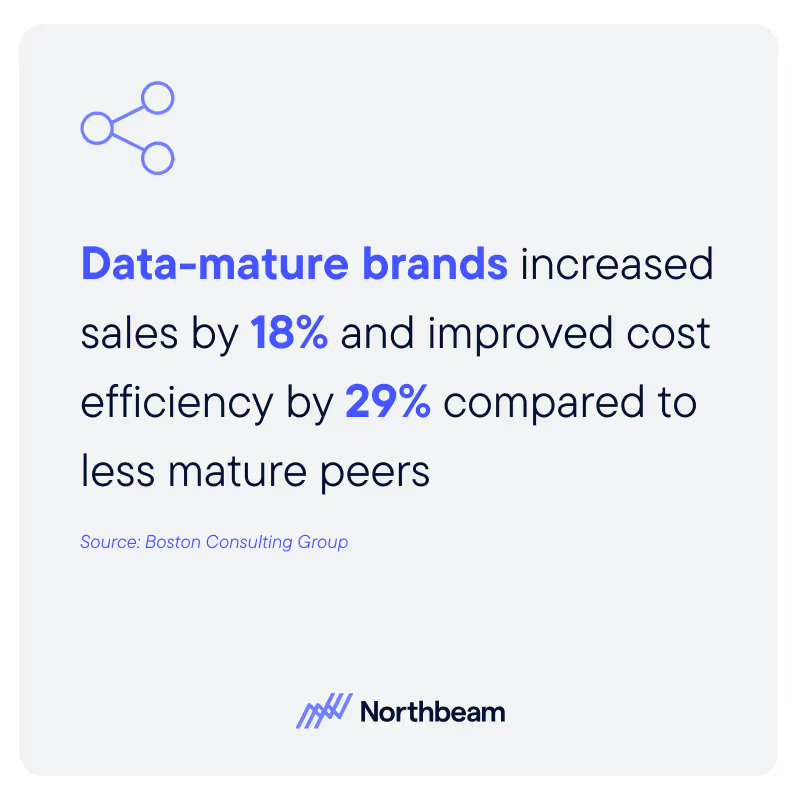
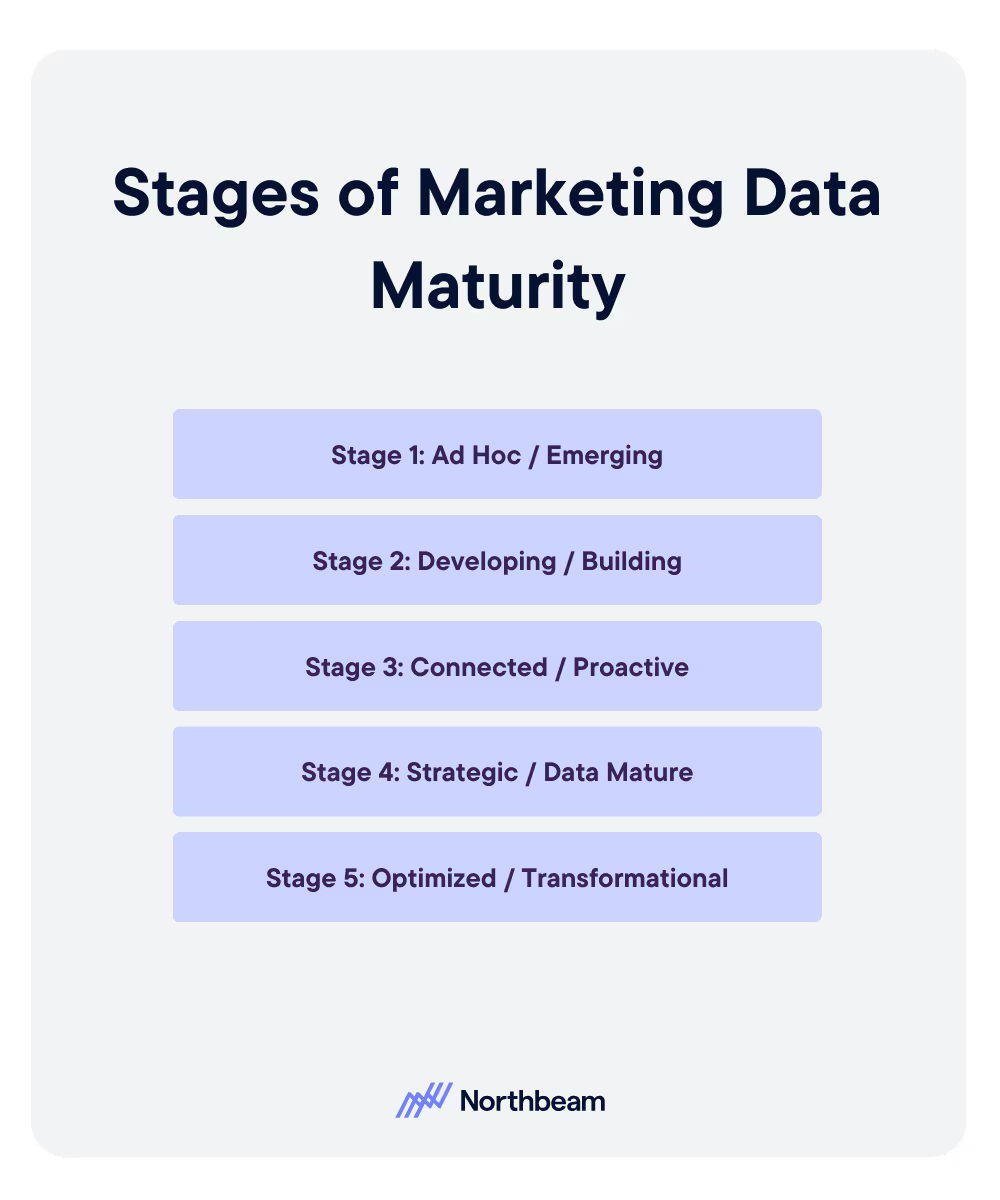

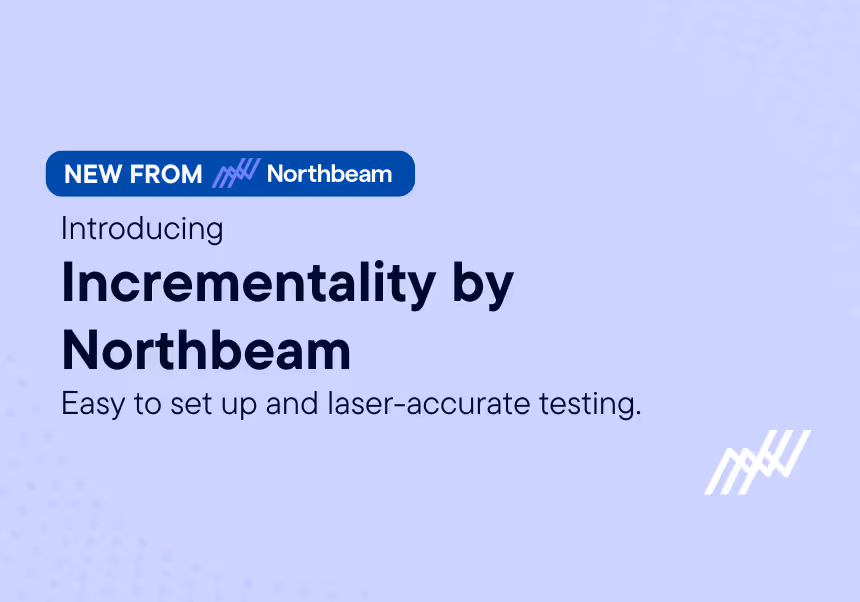

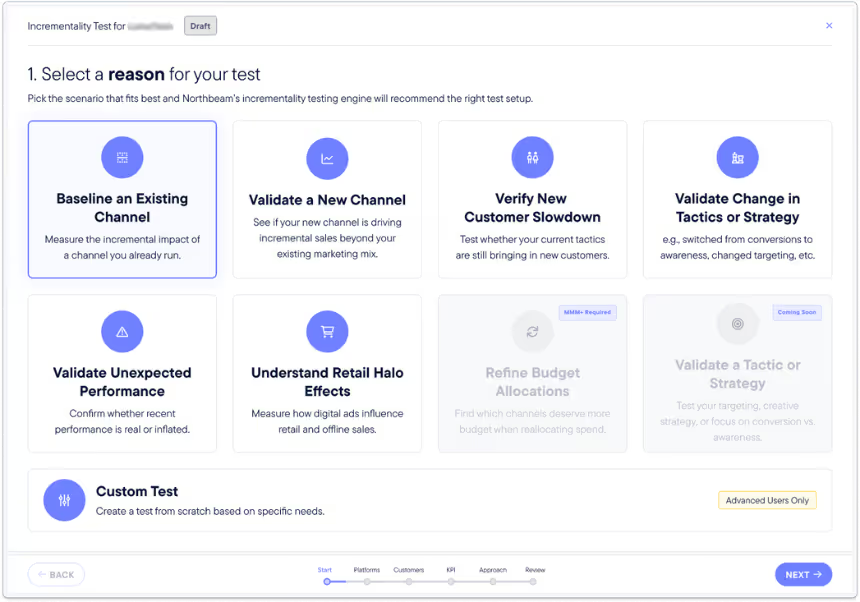
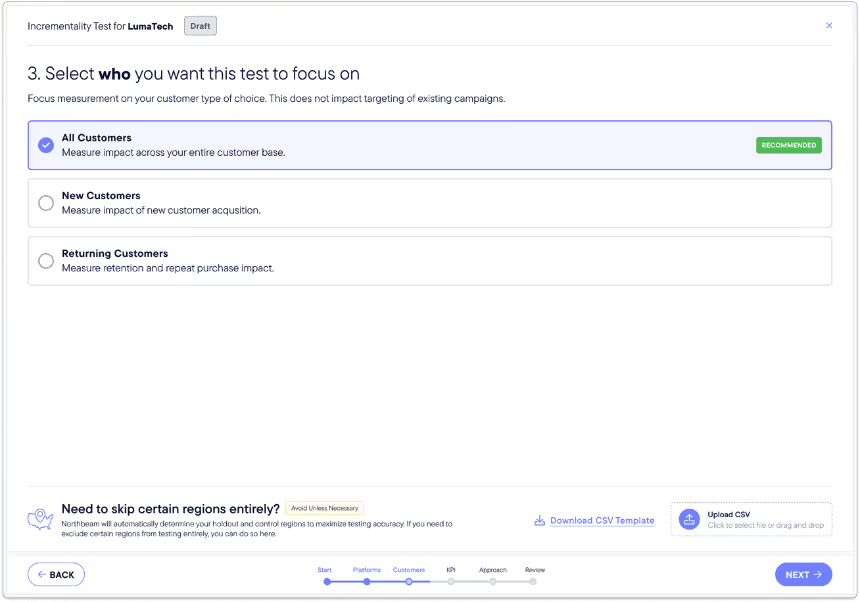
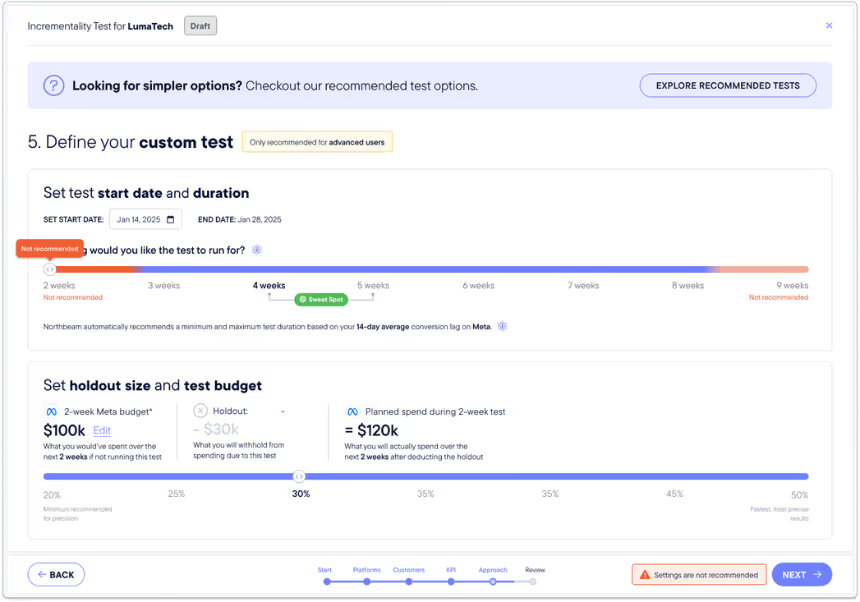
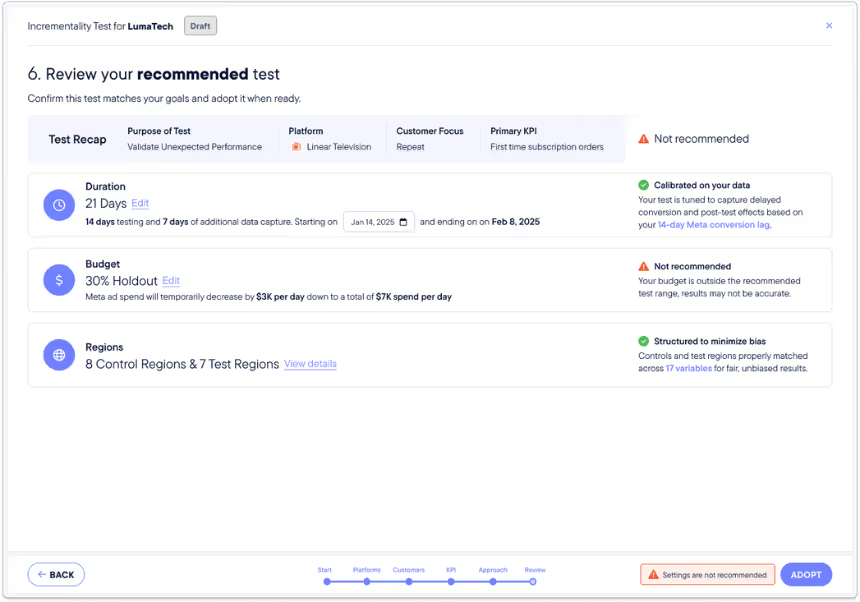
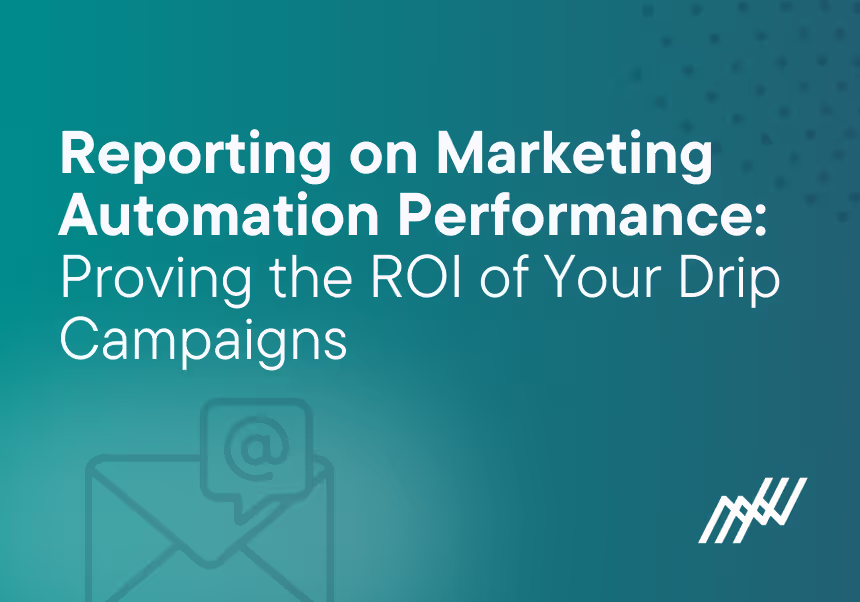
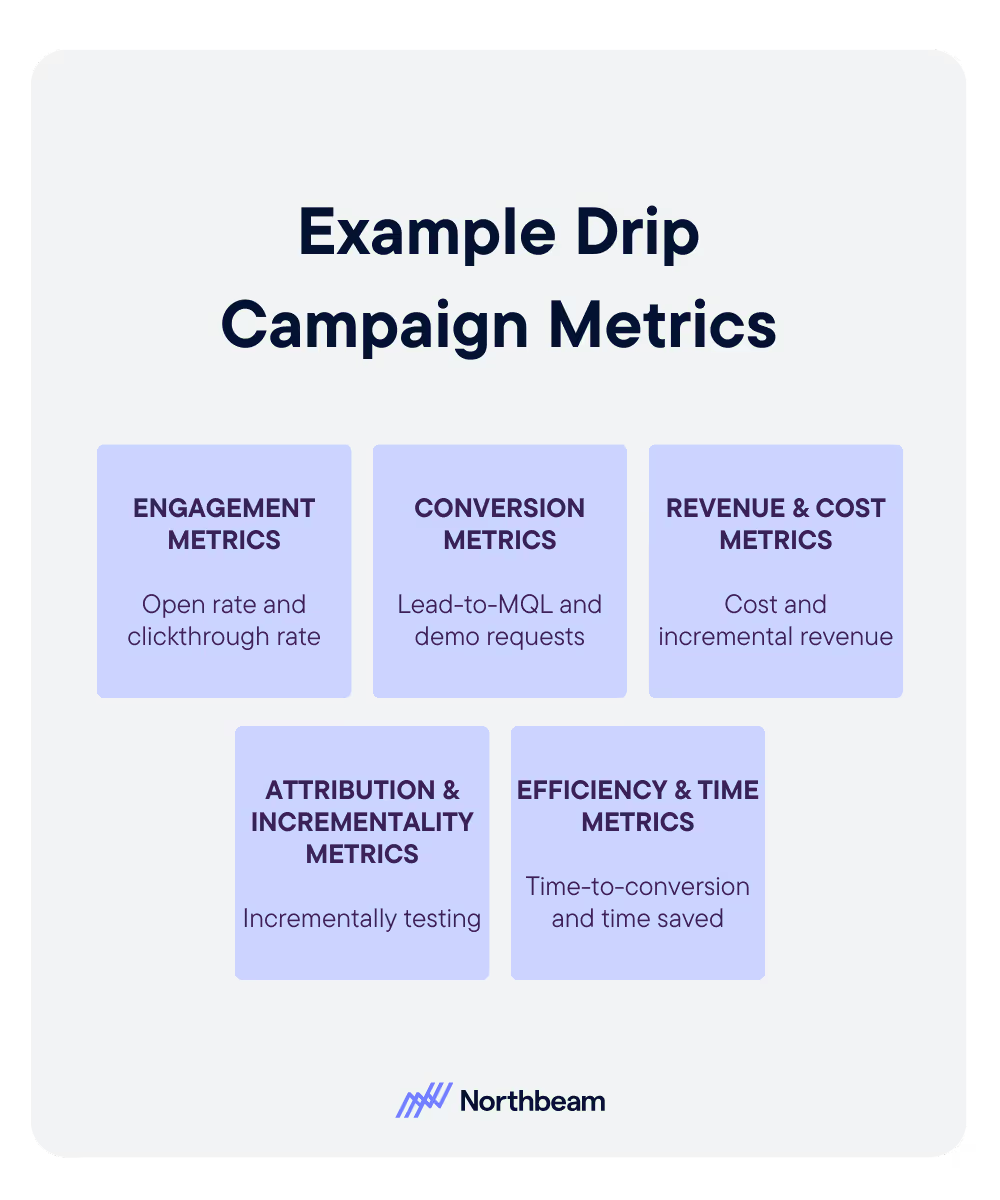
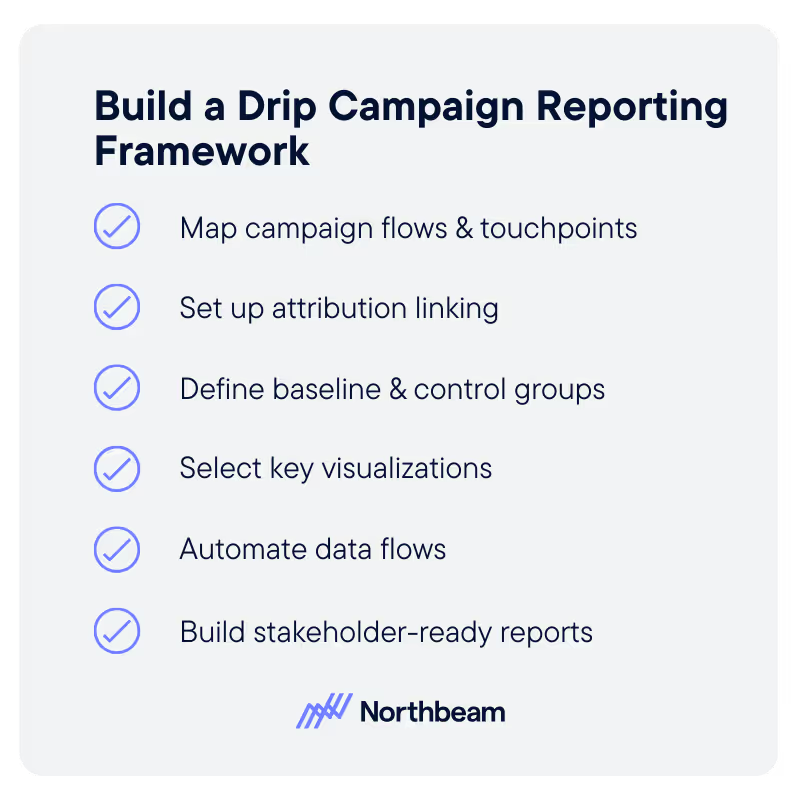
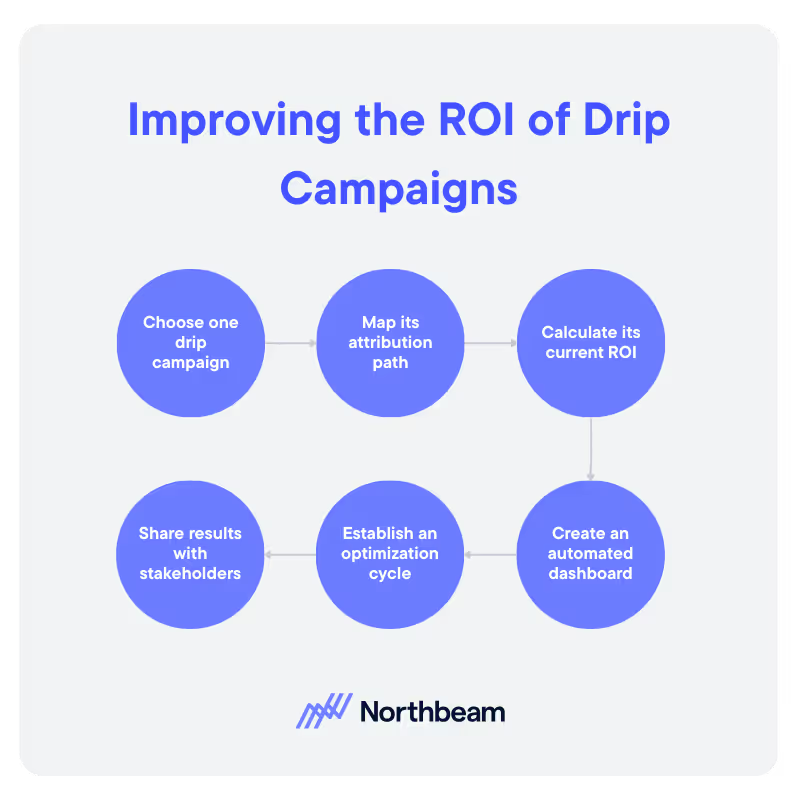
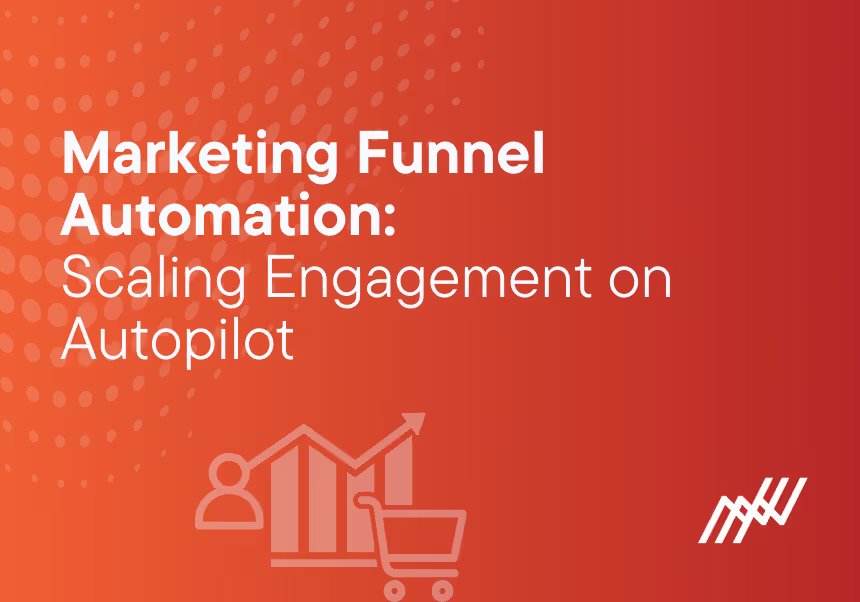
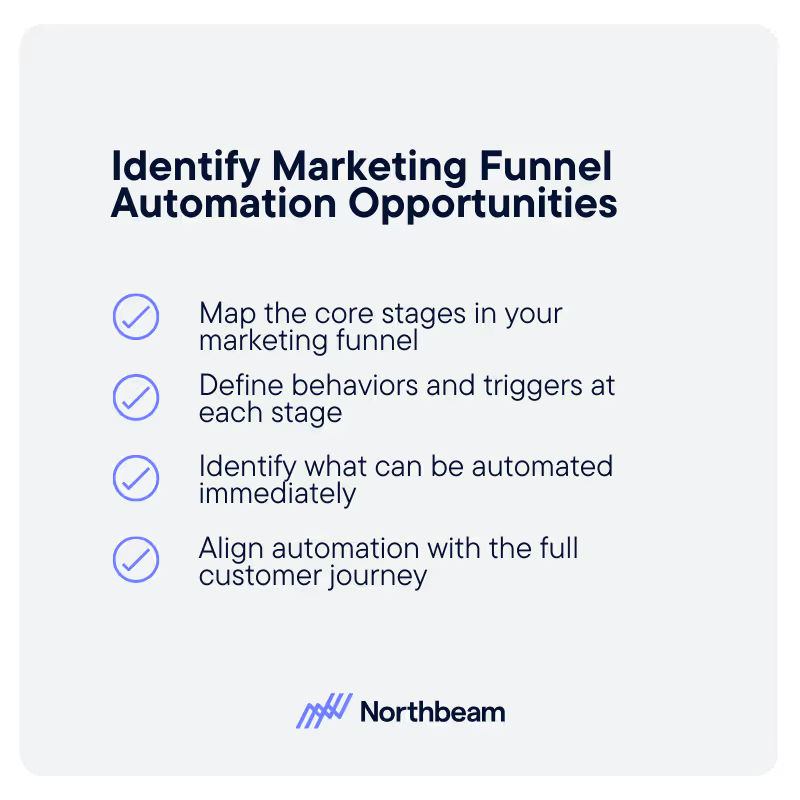
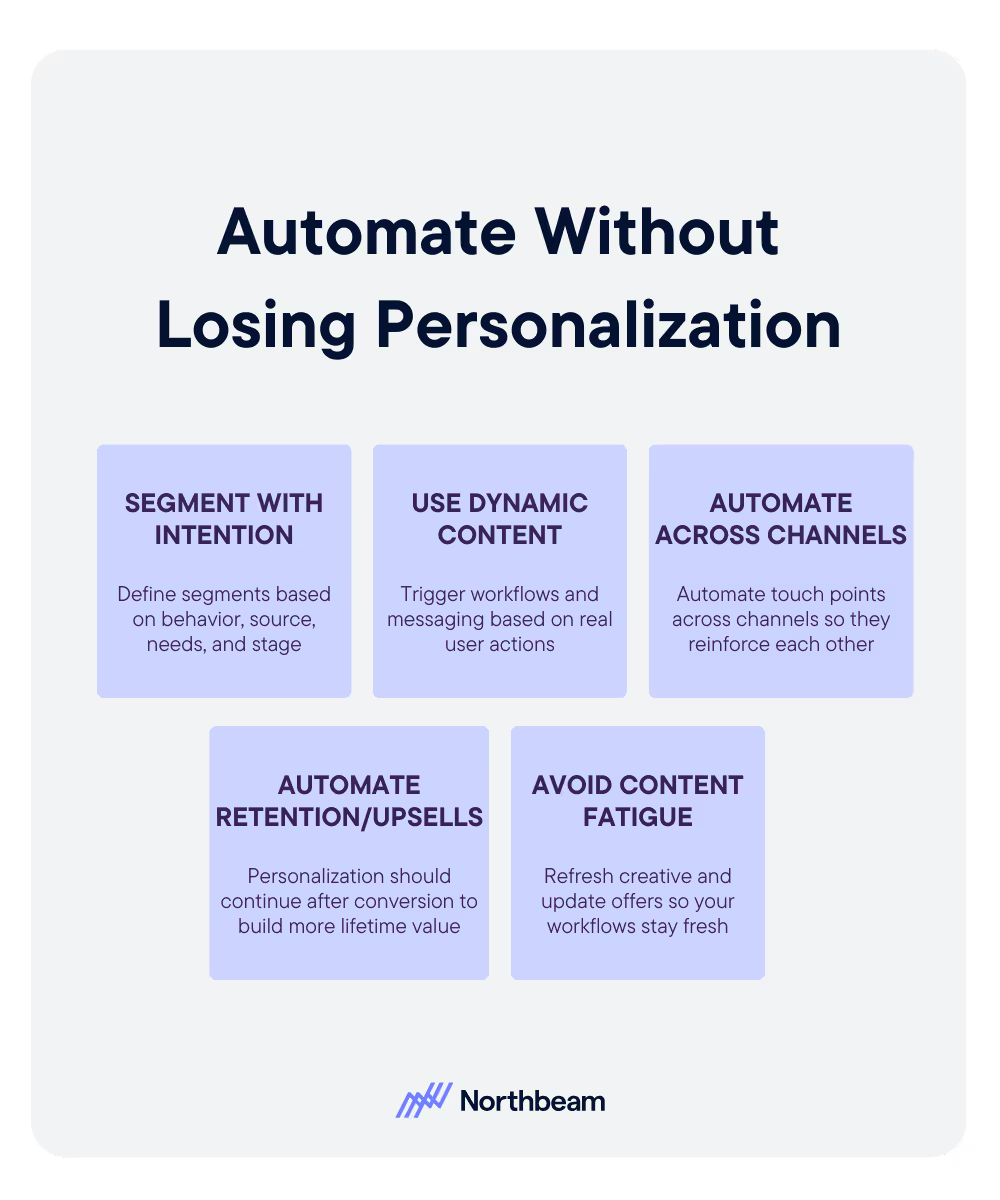
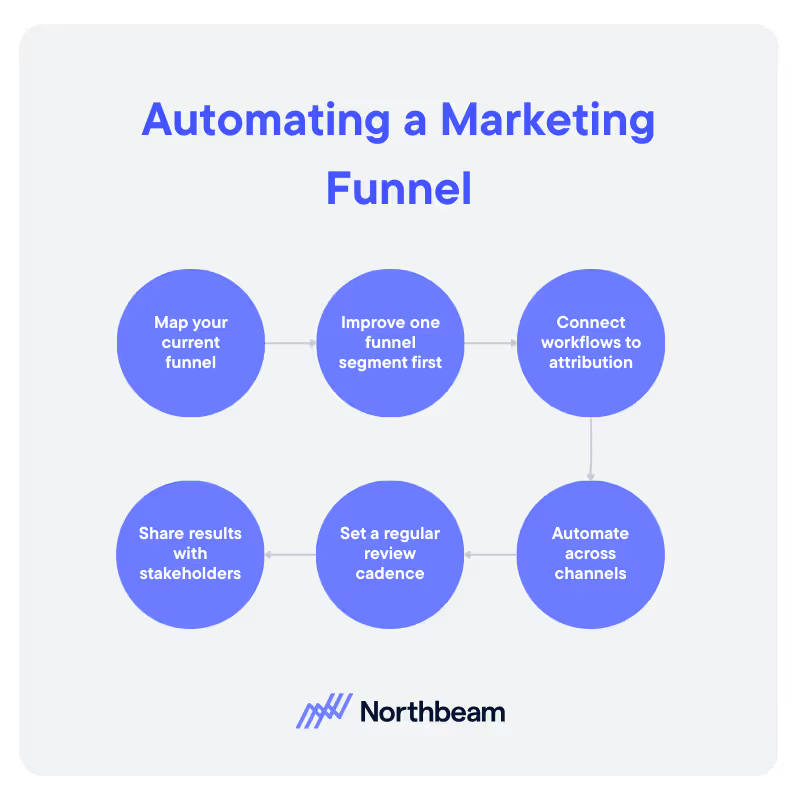
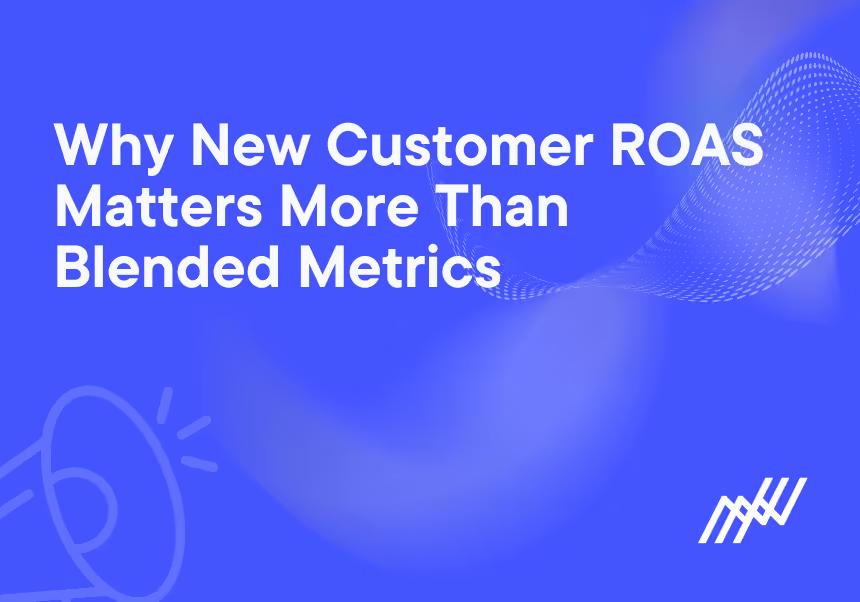

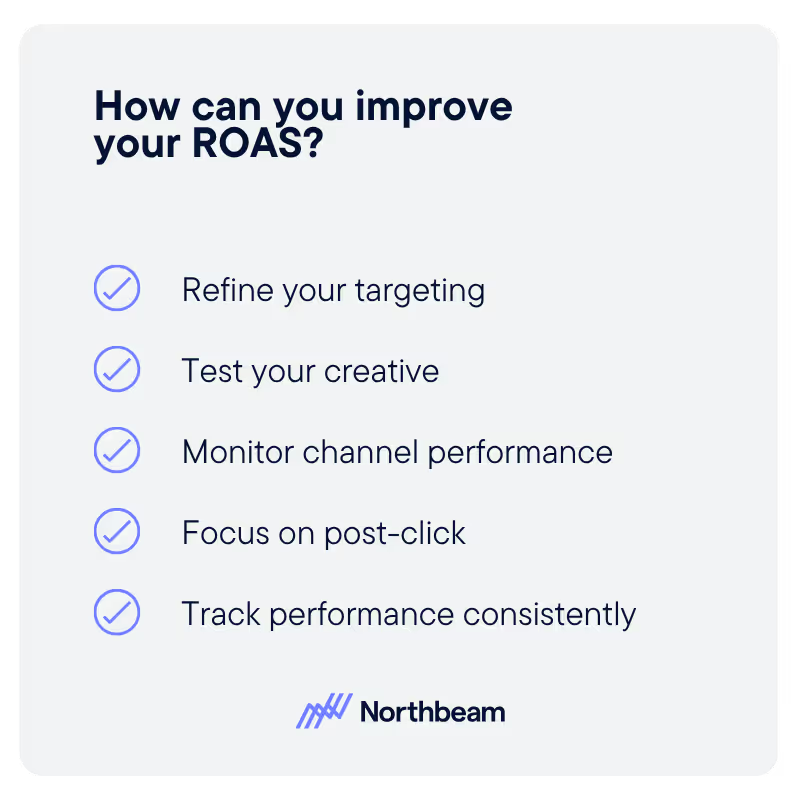

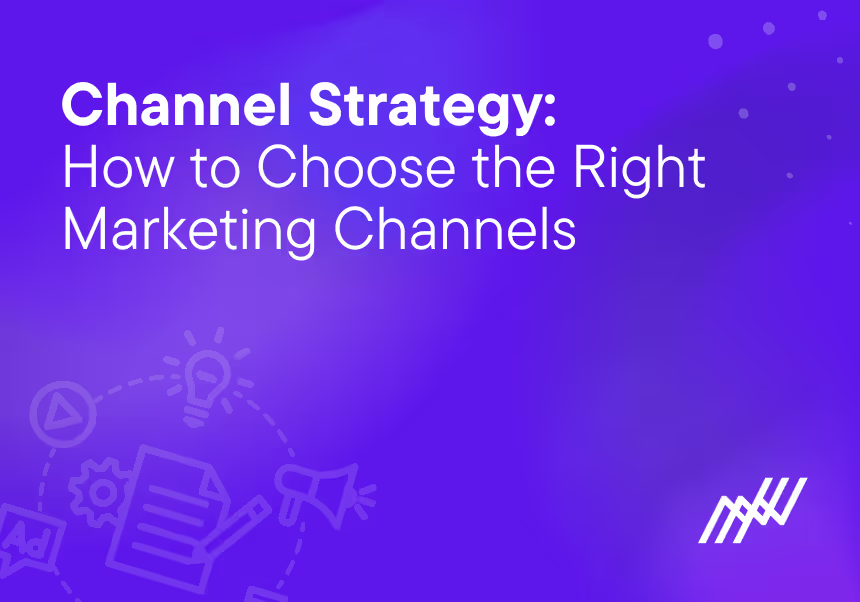
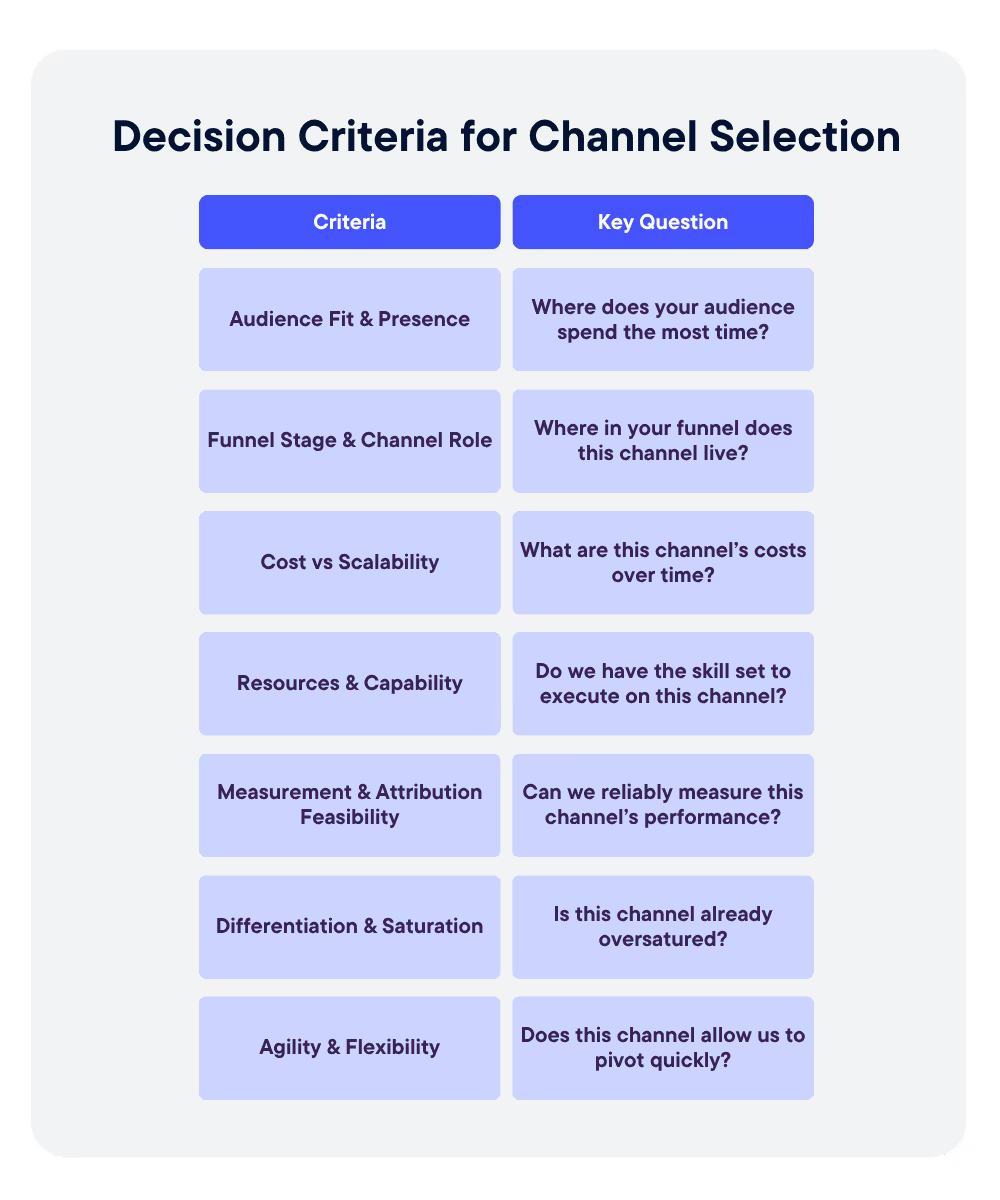
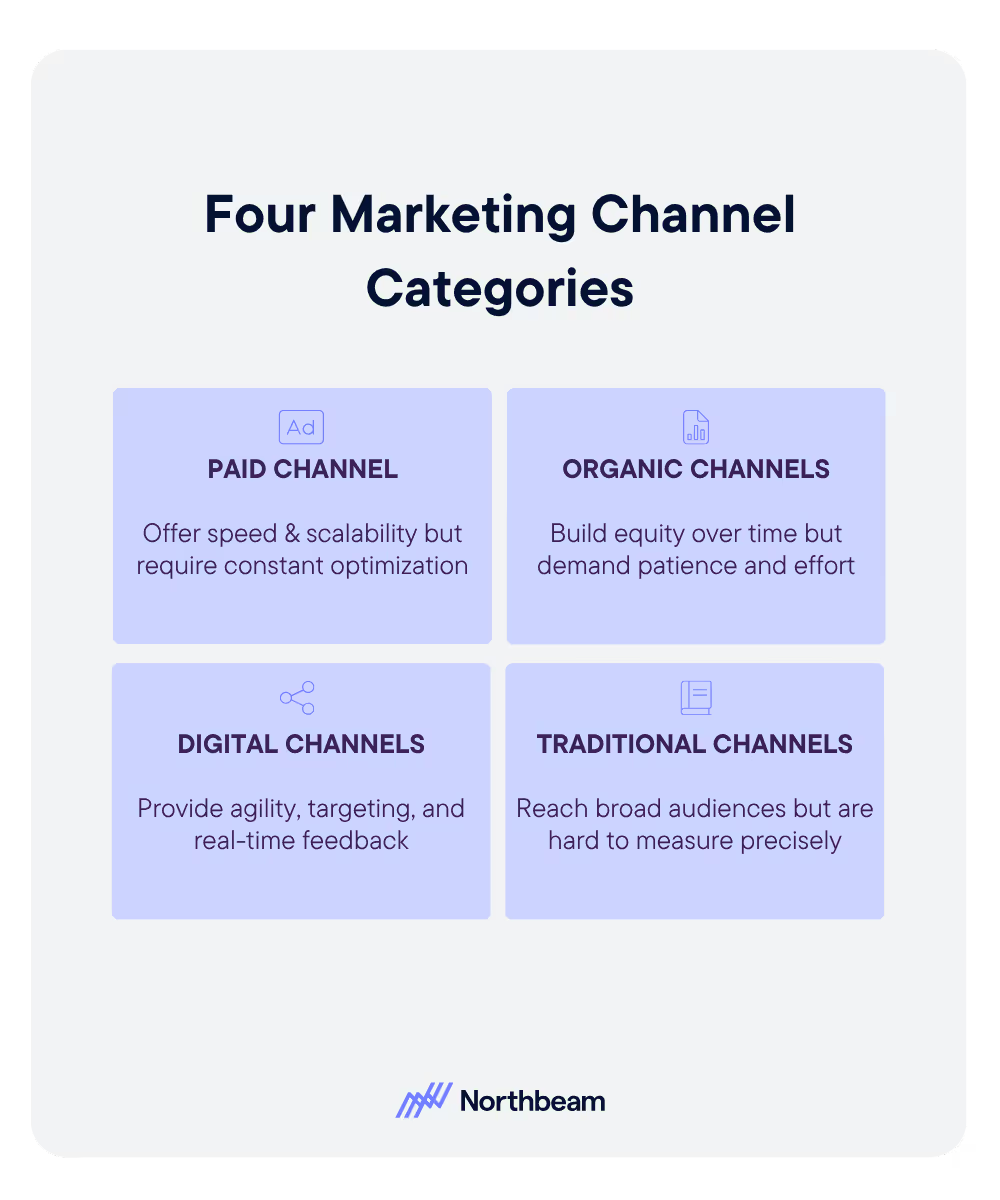
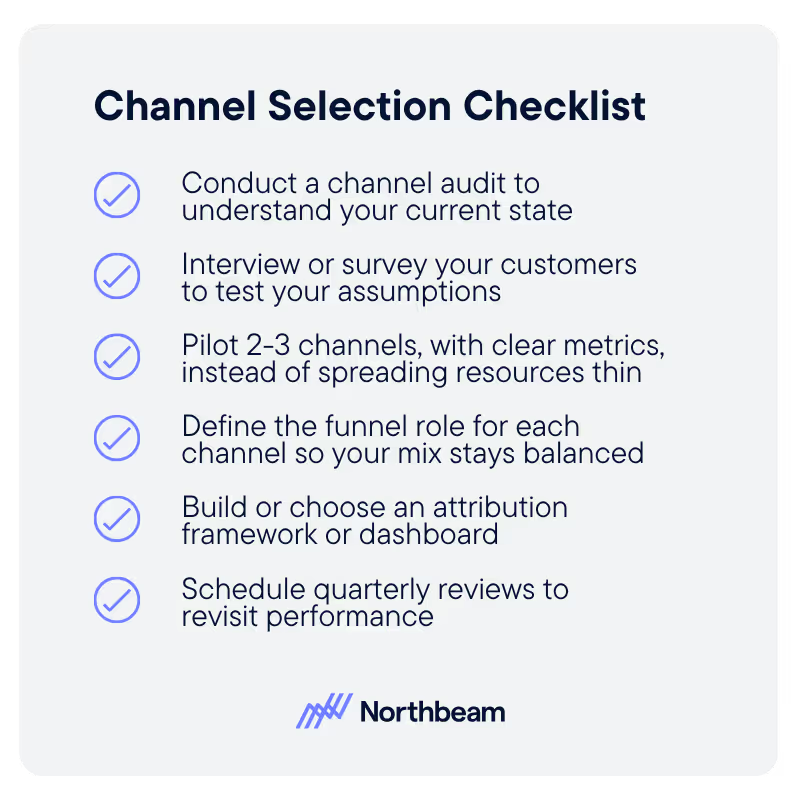

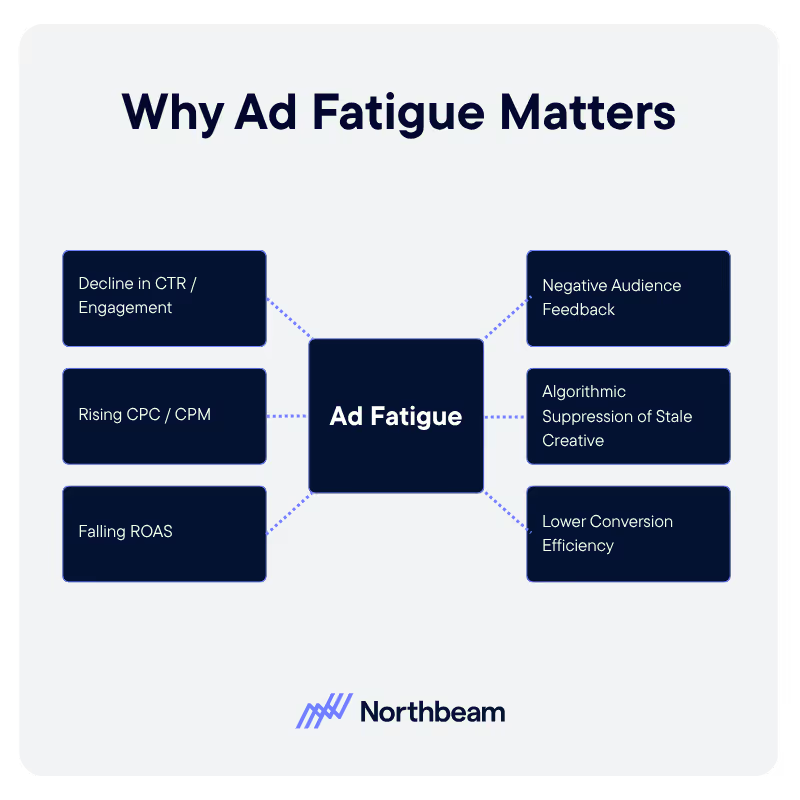
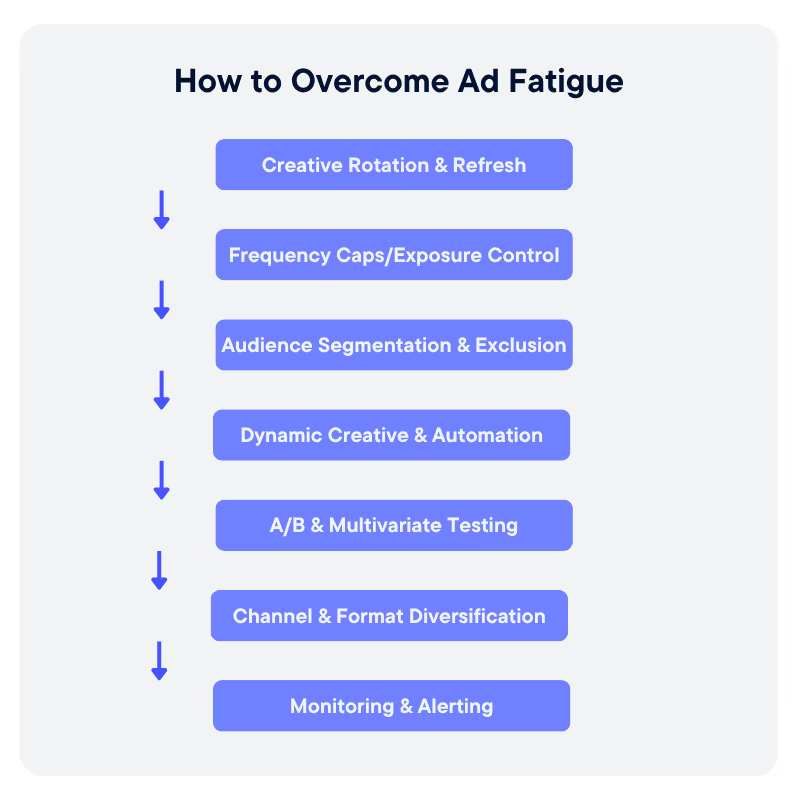
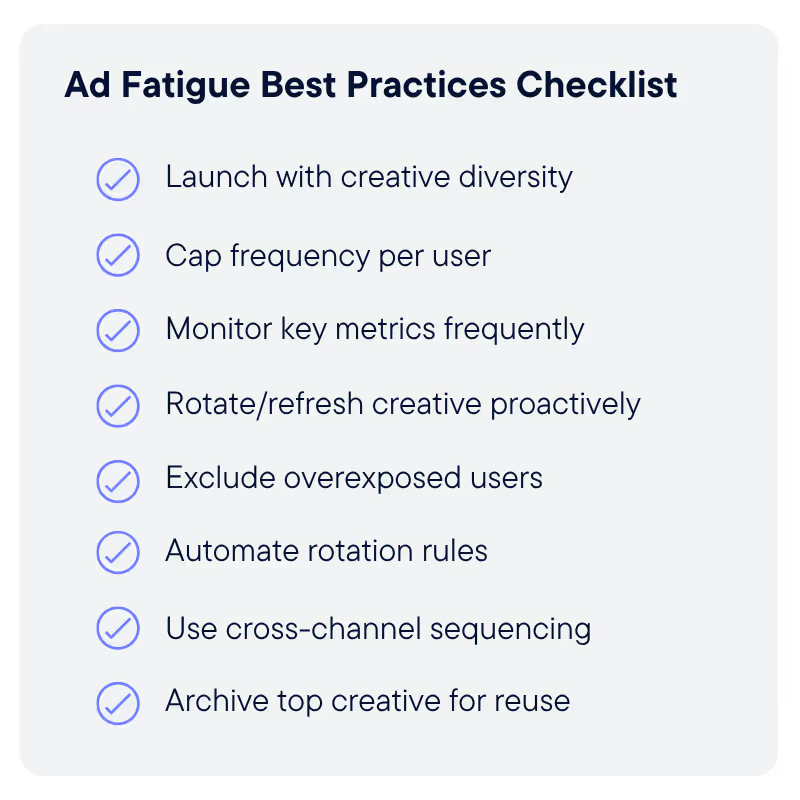
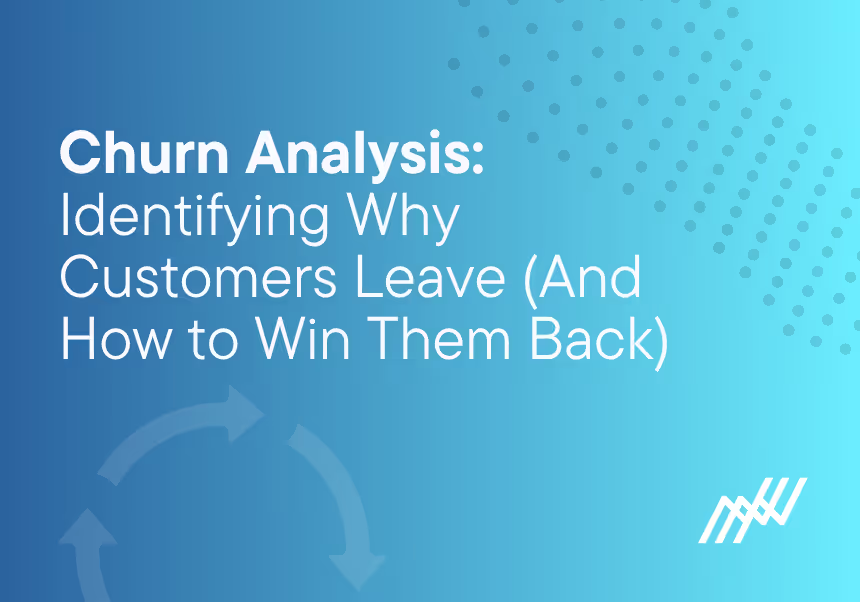

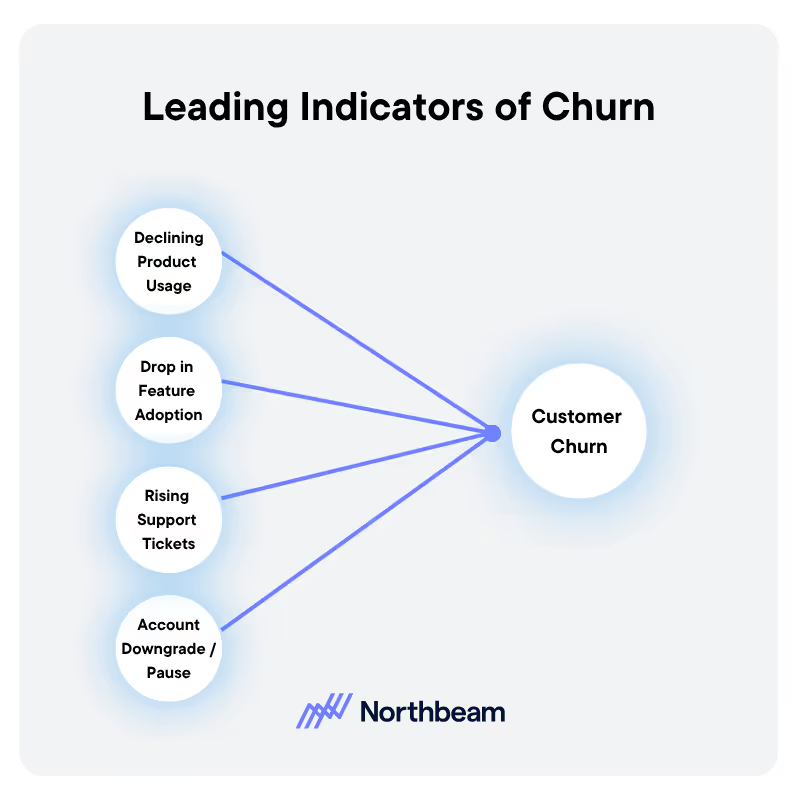
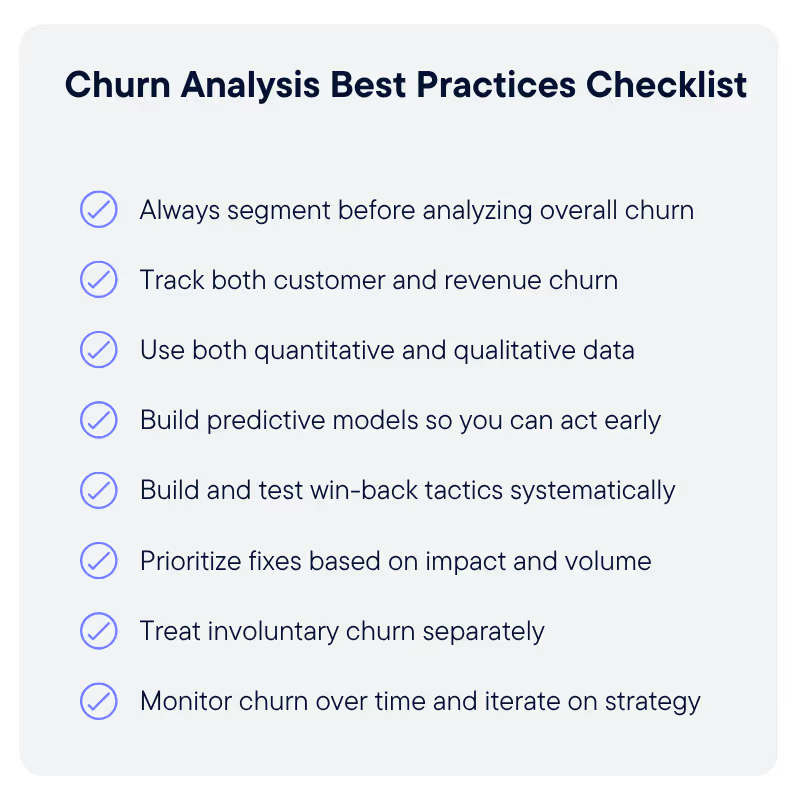
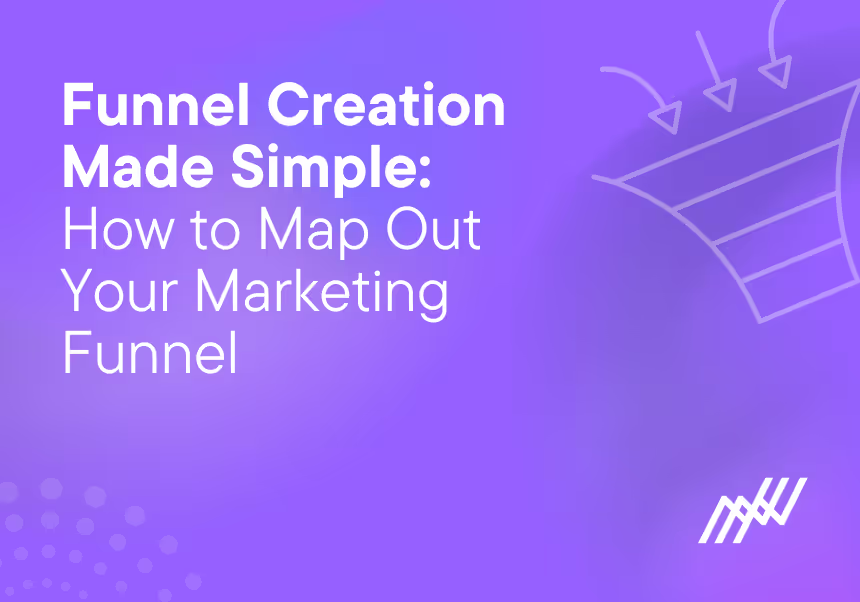

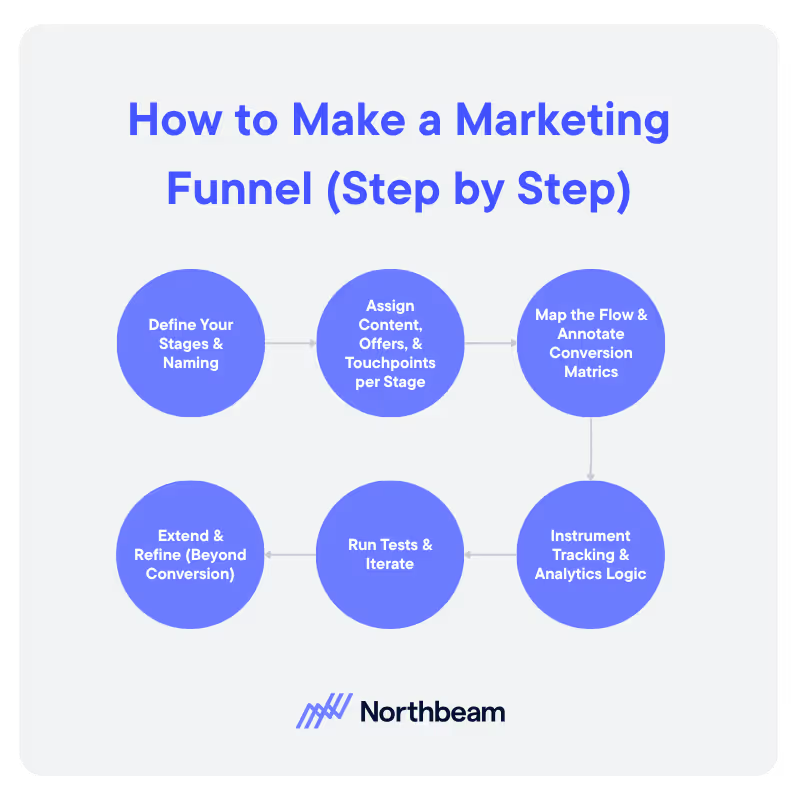
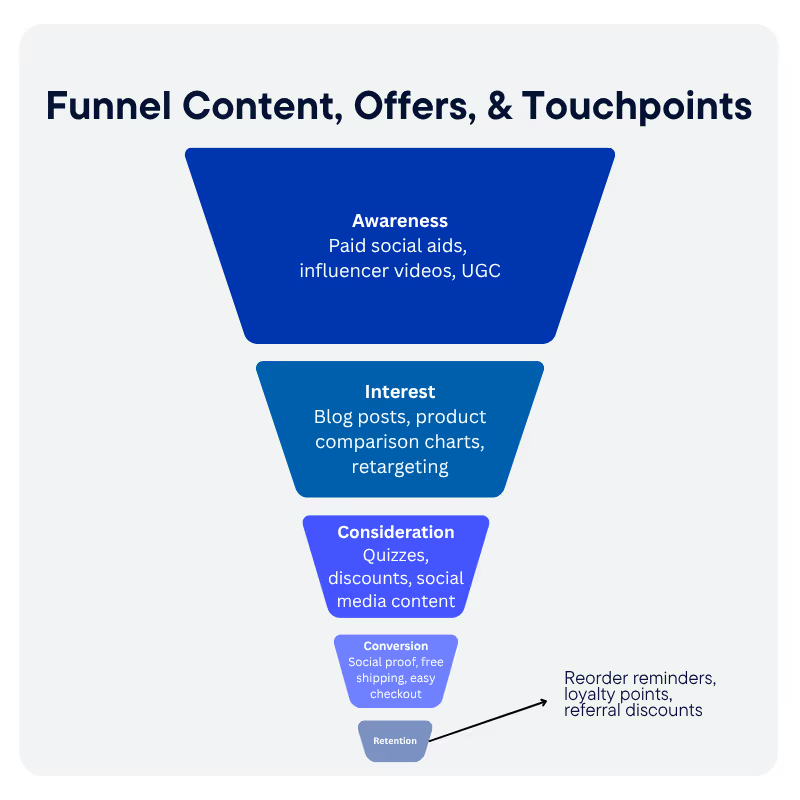
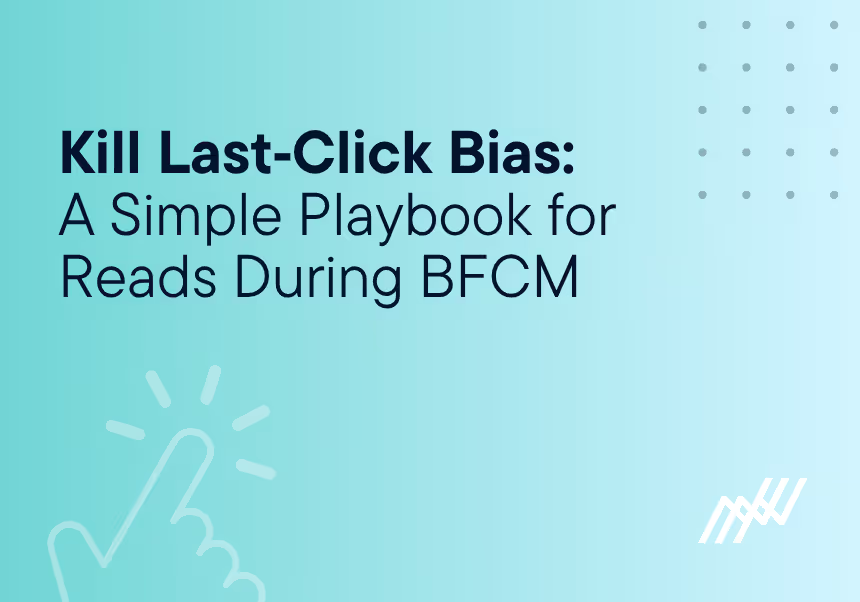

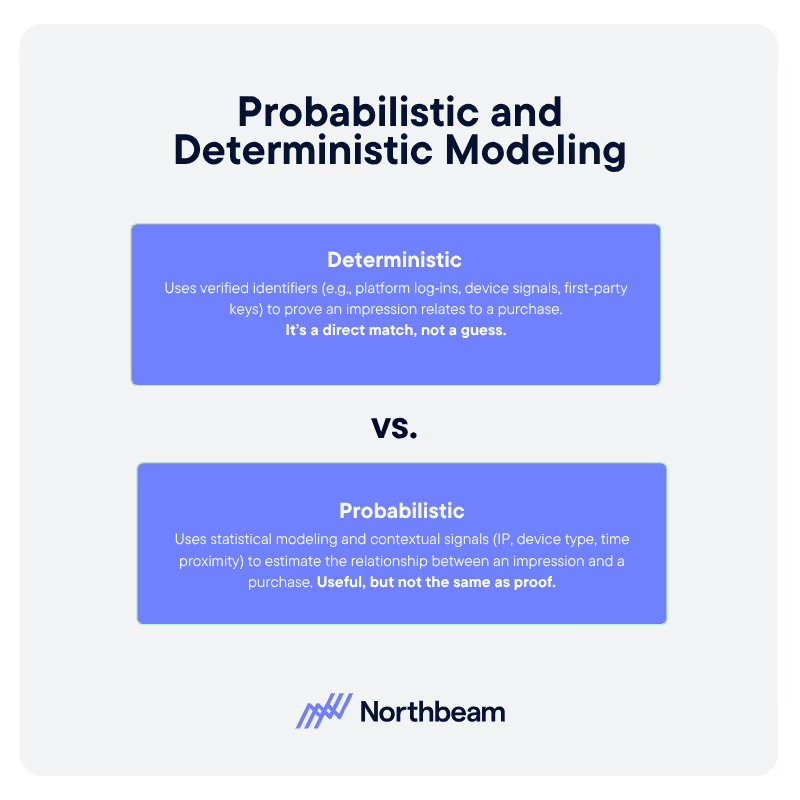
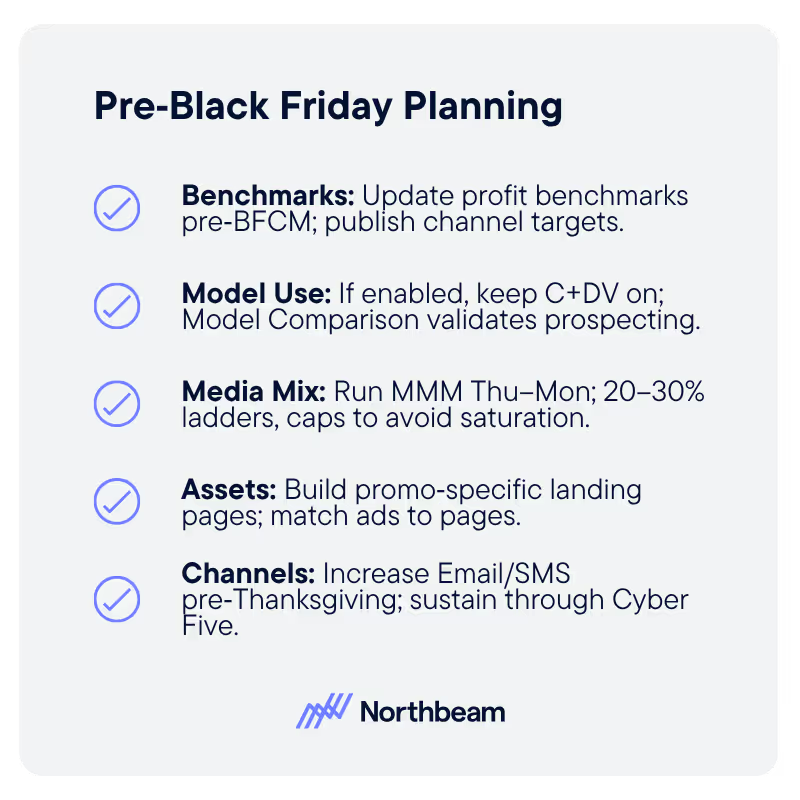


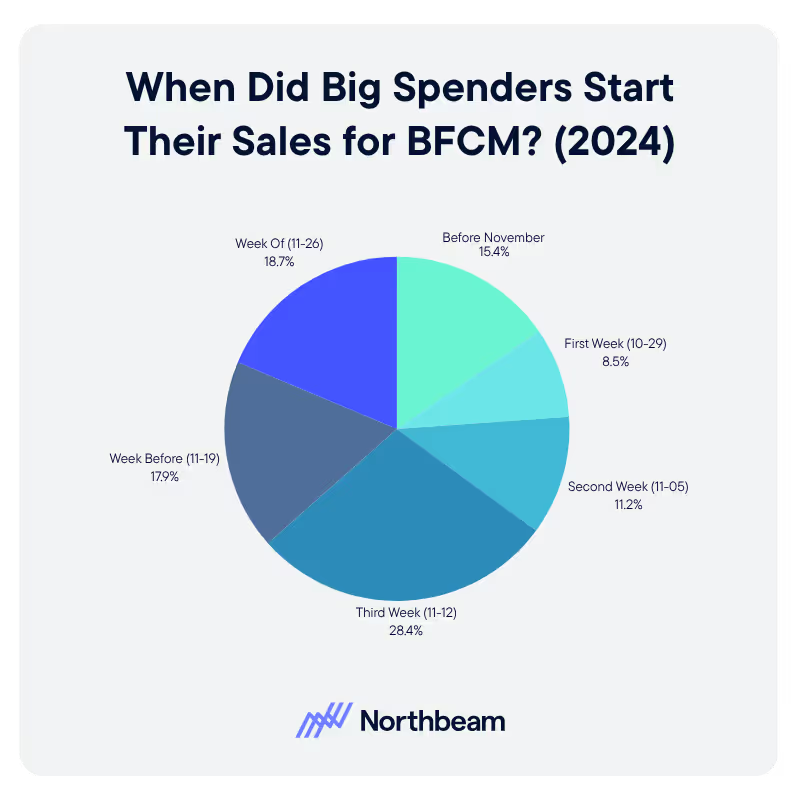


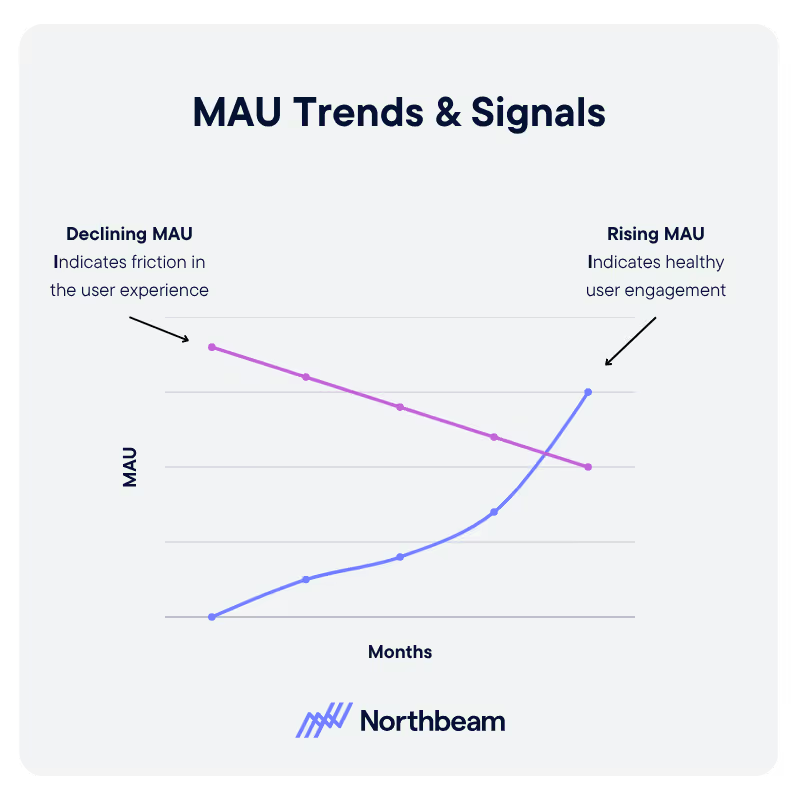
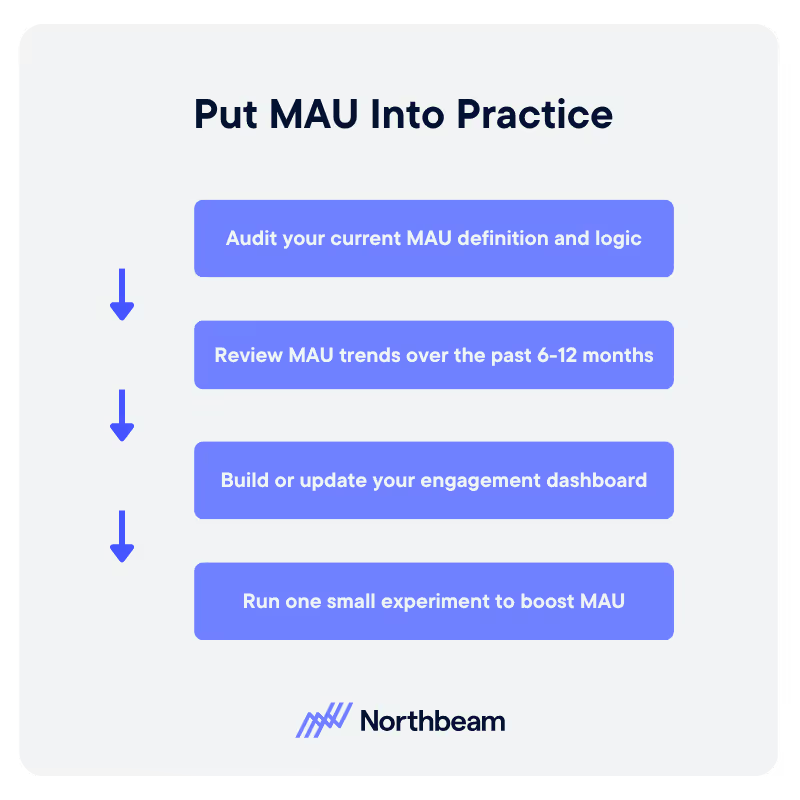
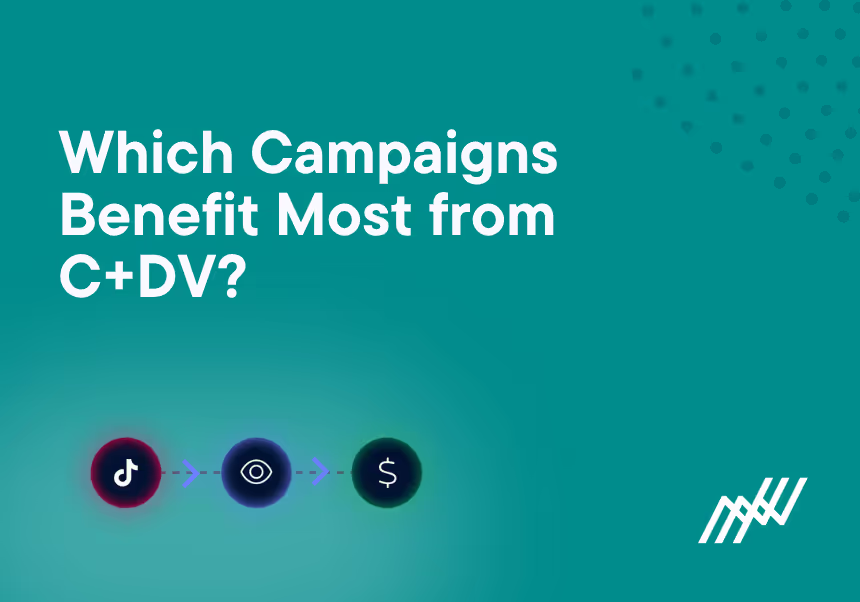

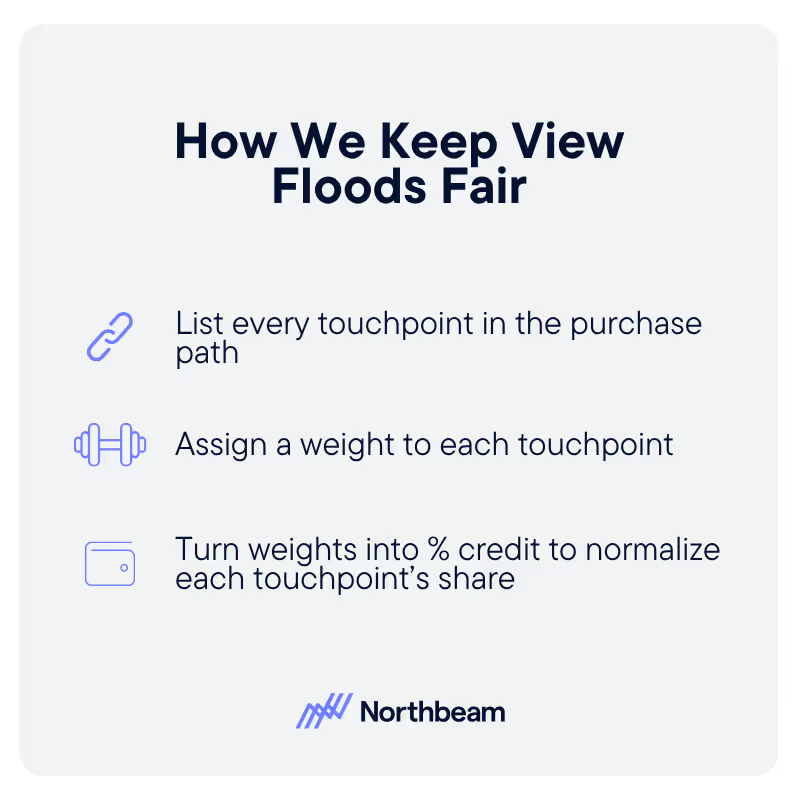

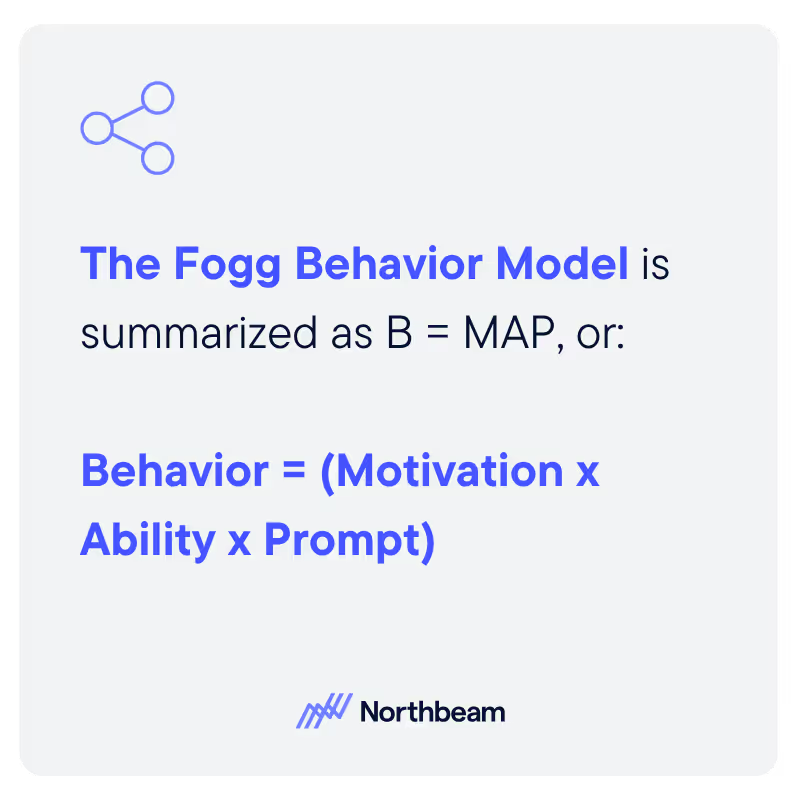
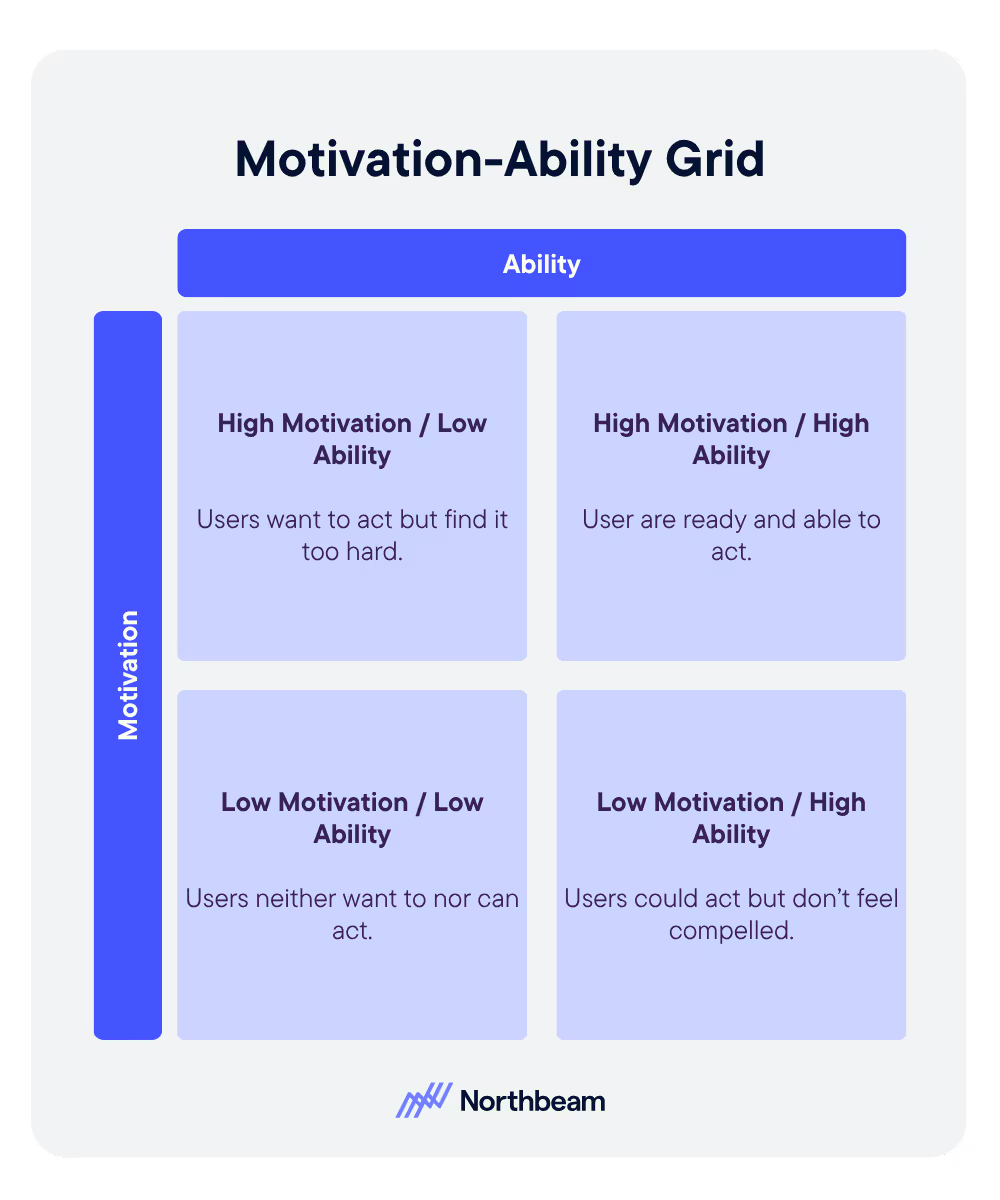

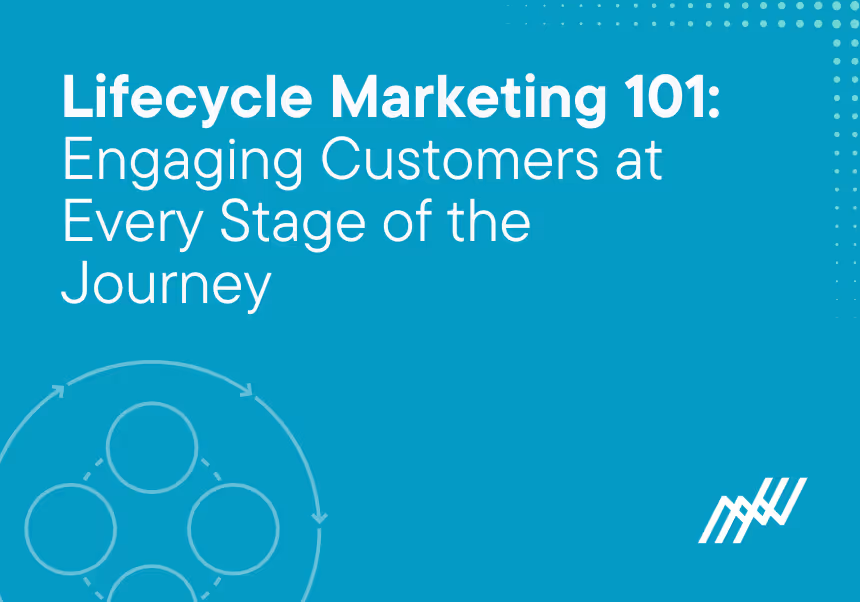



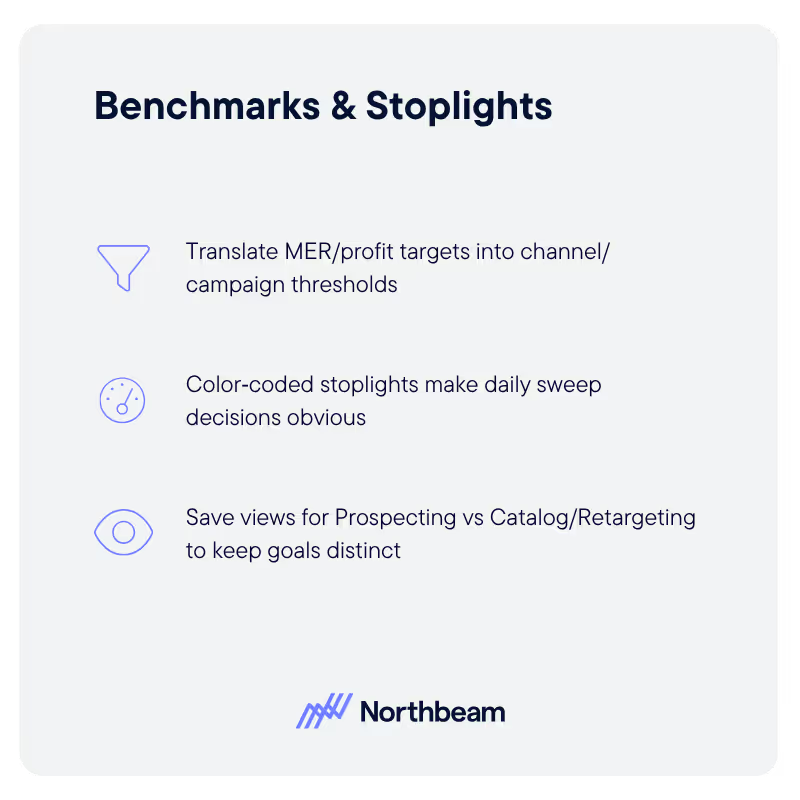

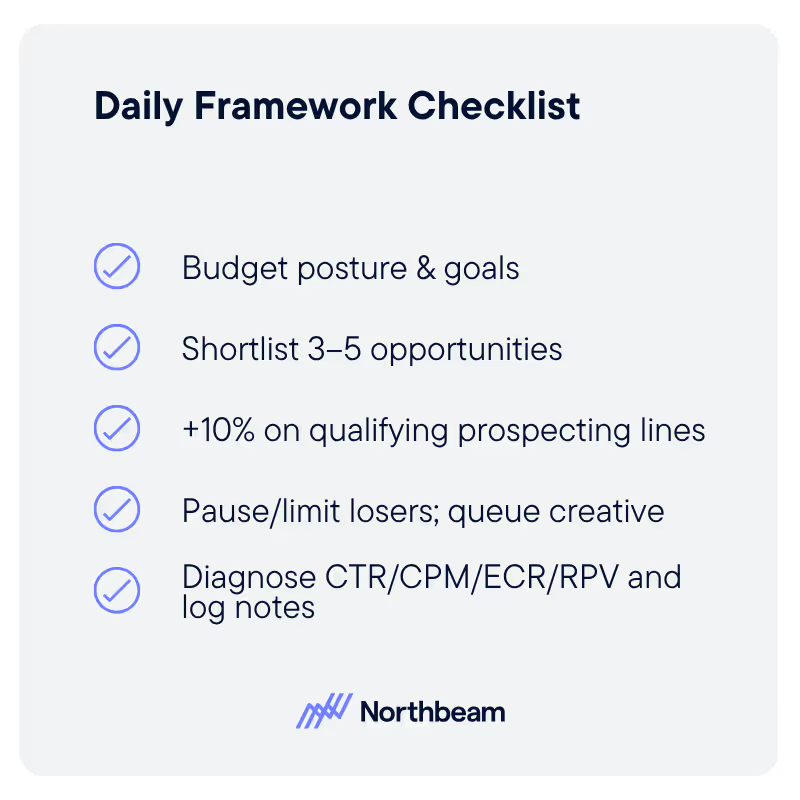
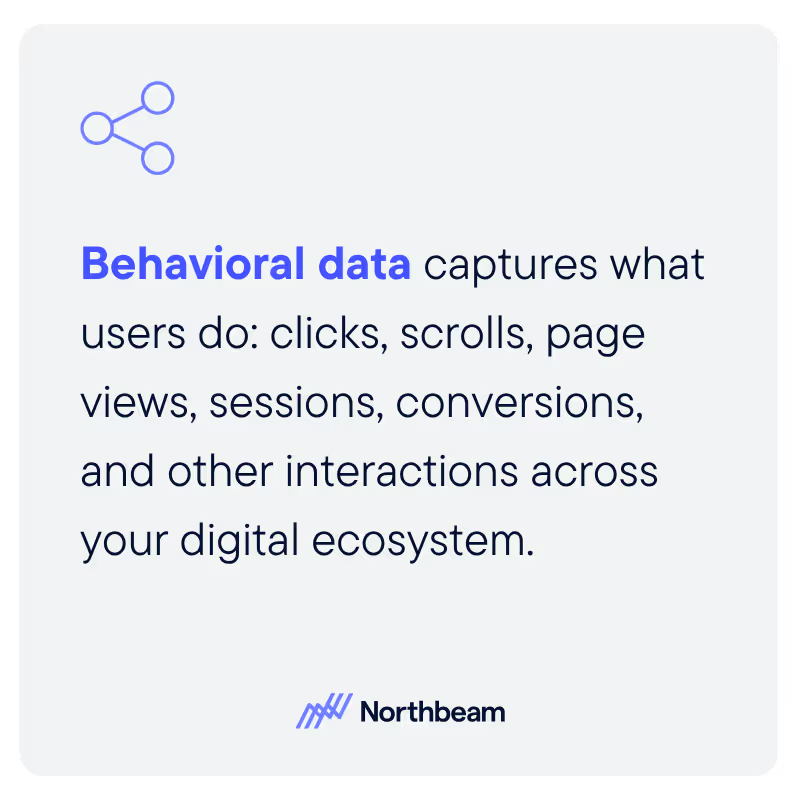
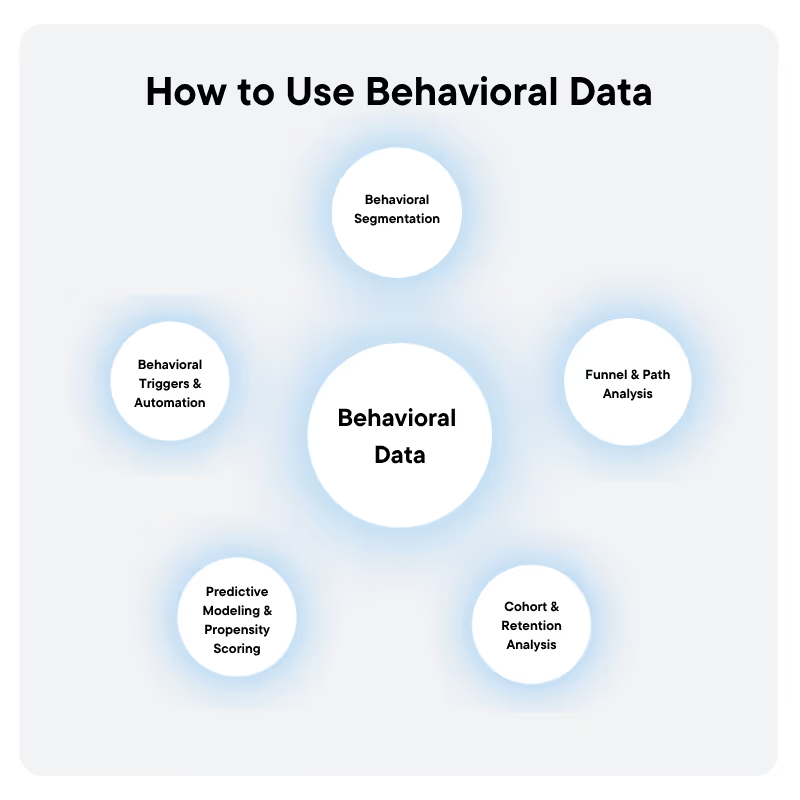
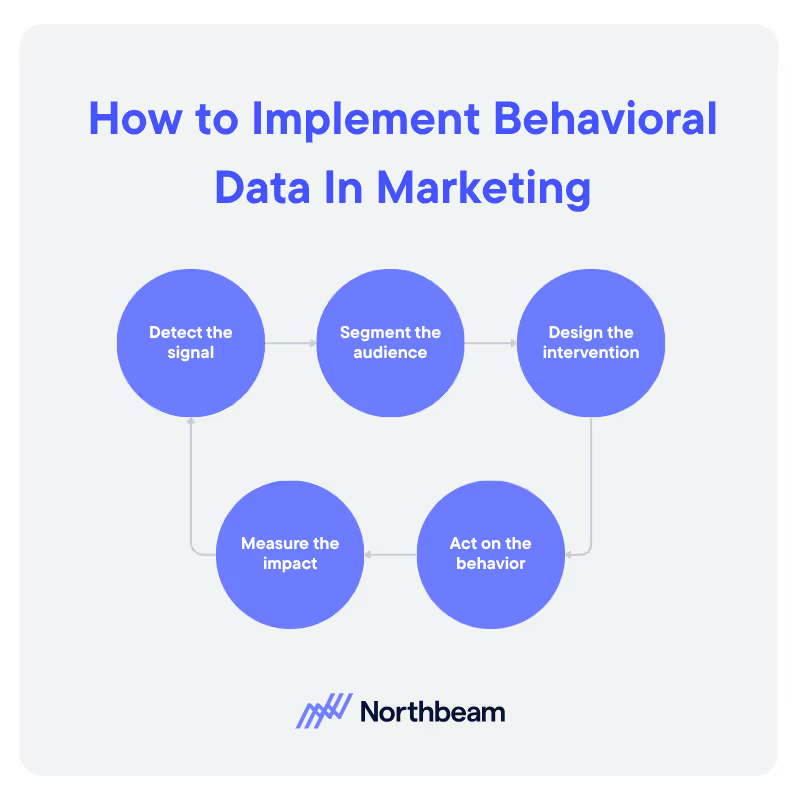
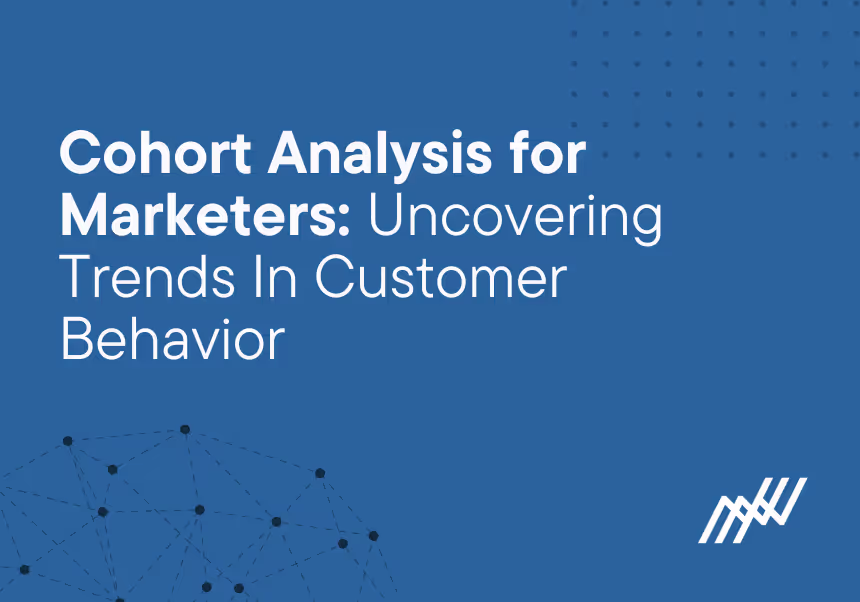
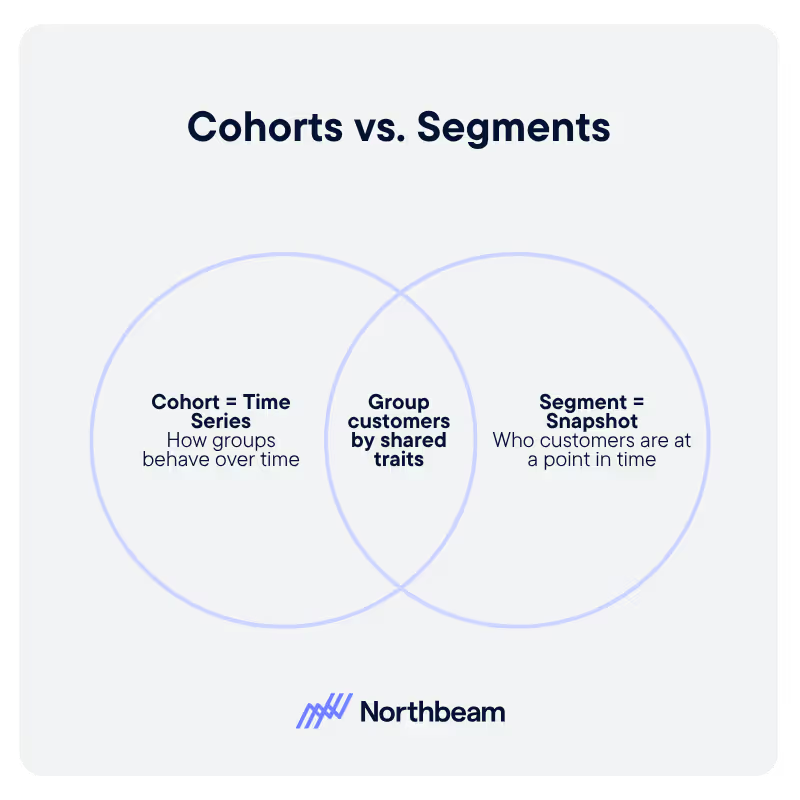
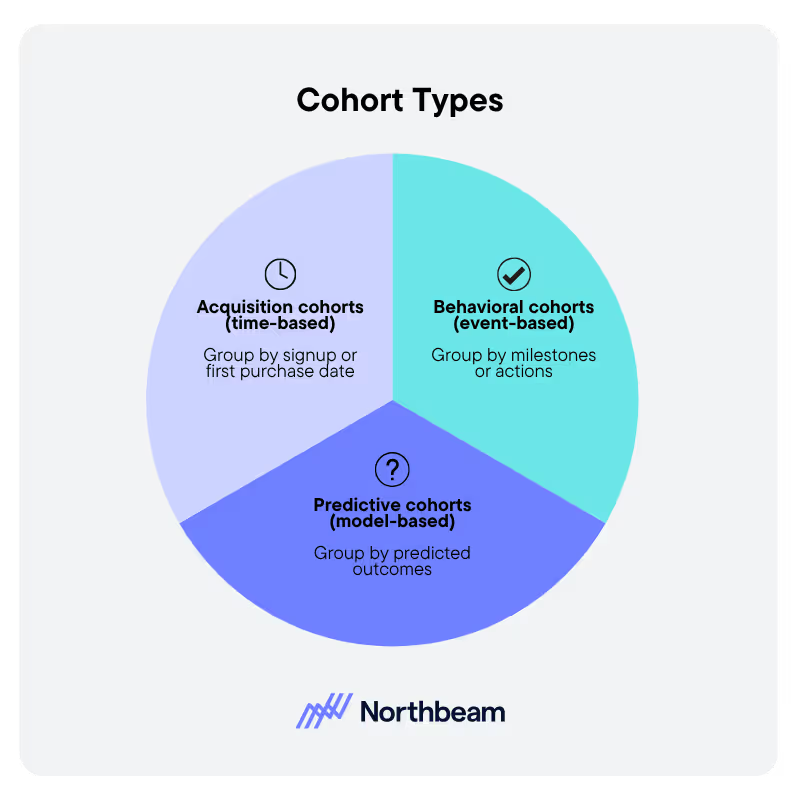


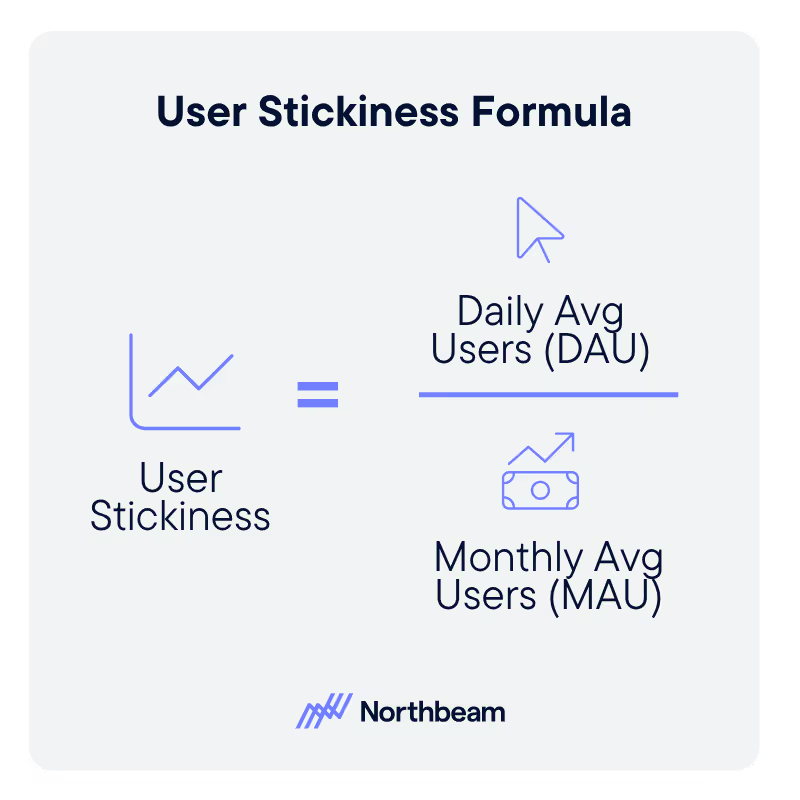

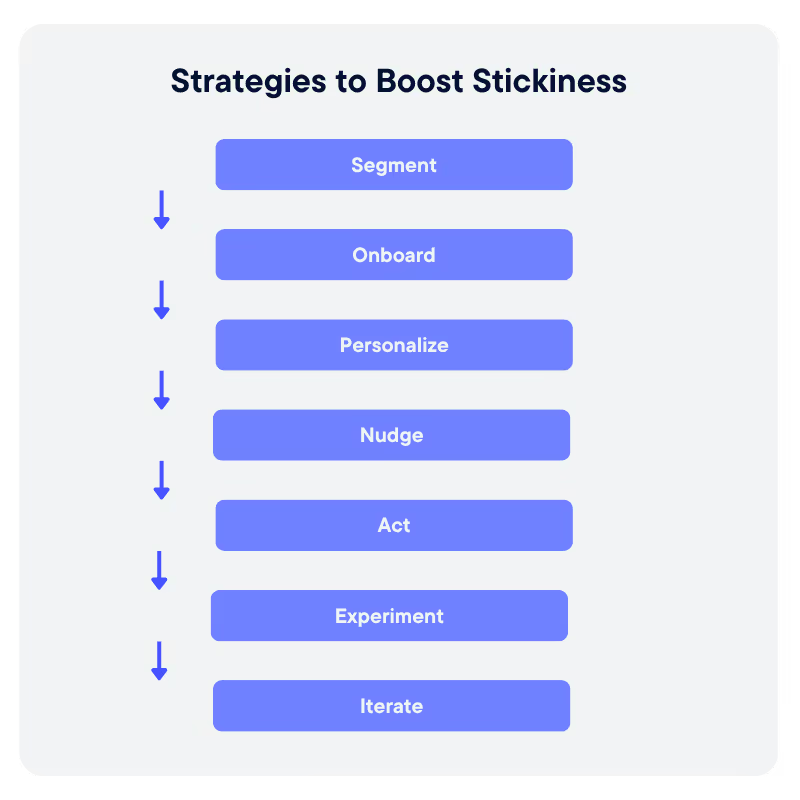

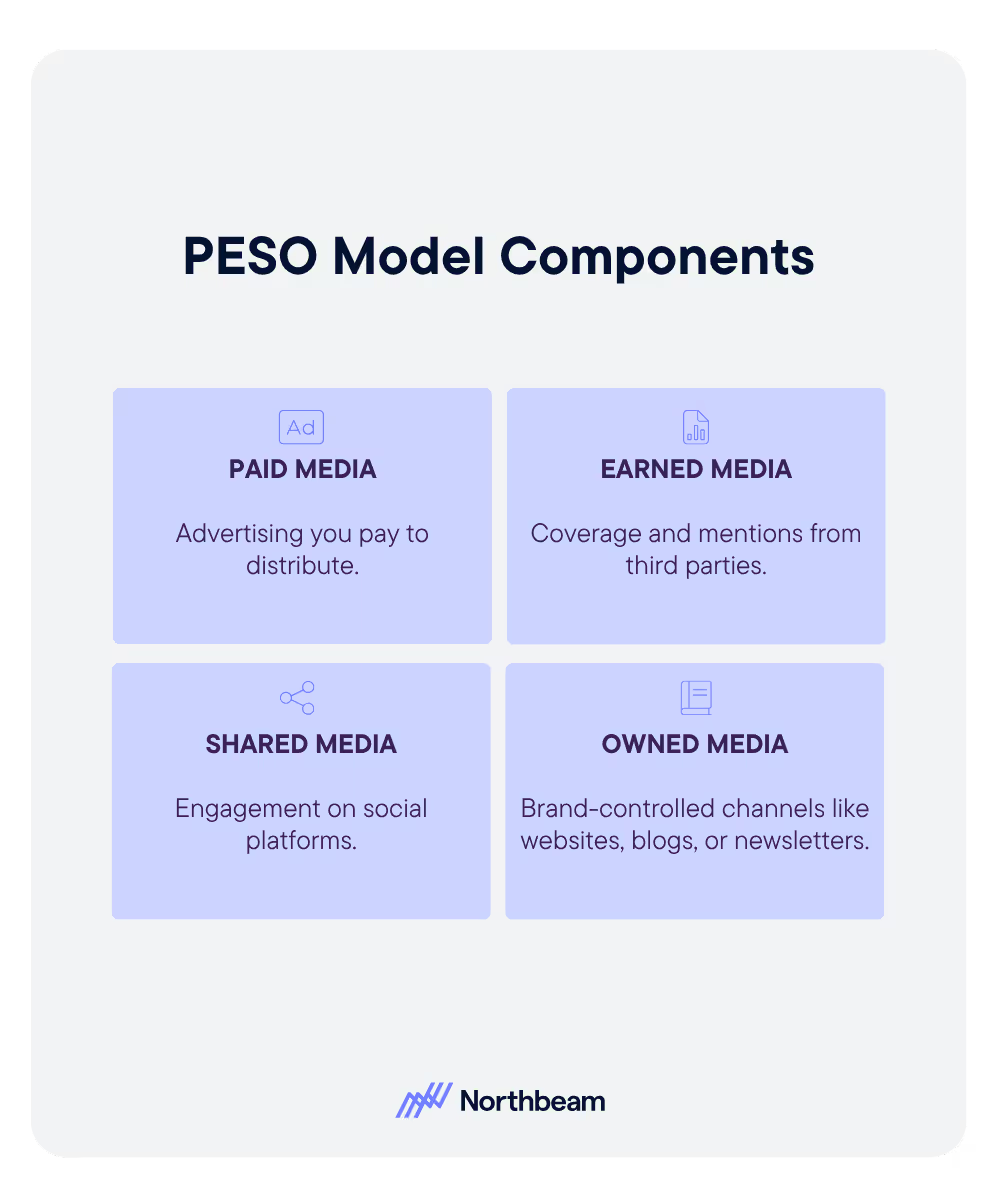
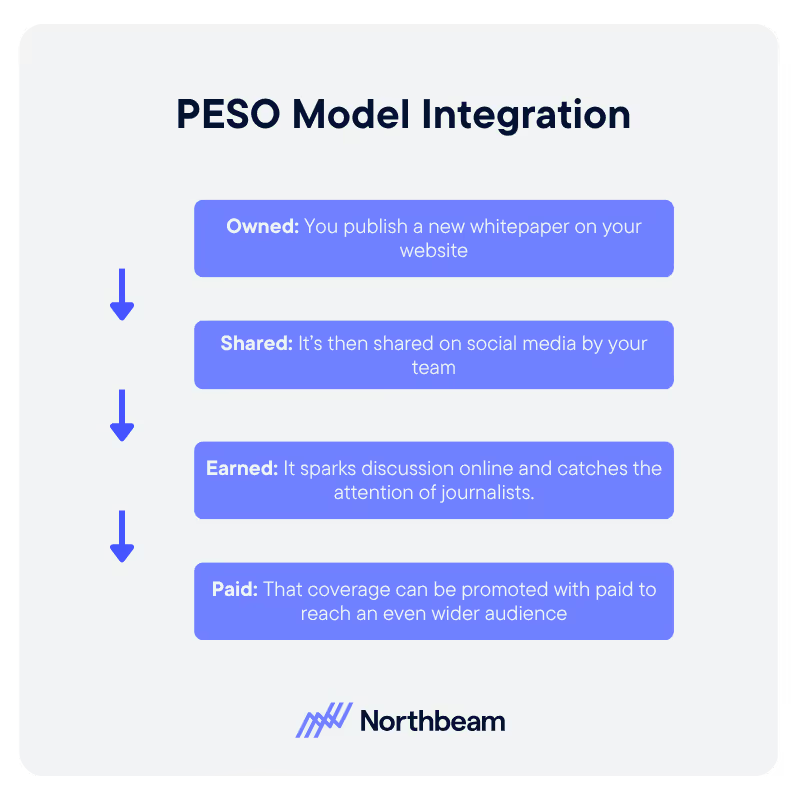


.avif)


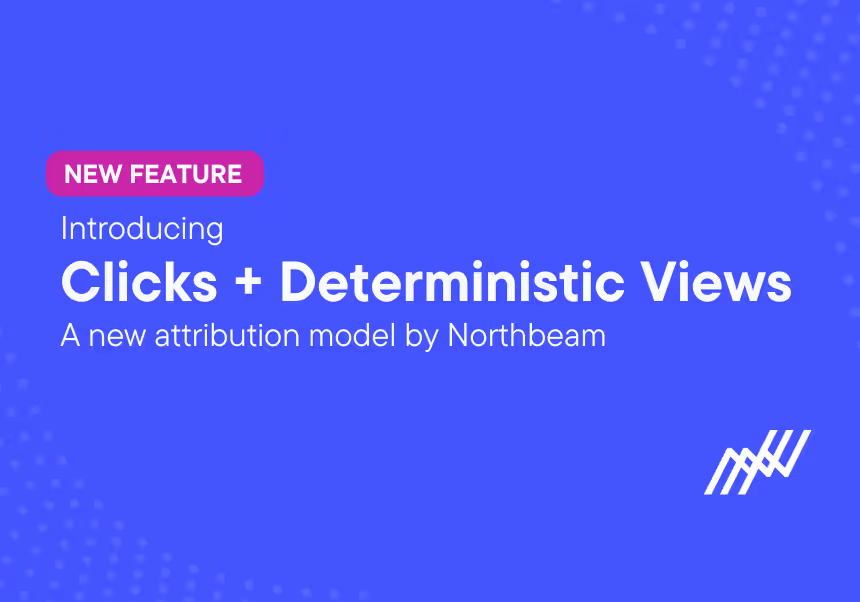
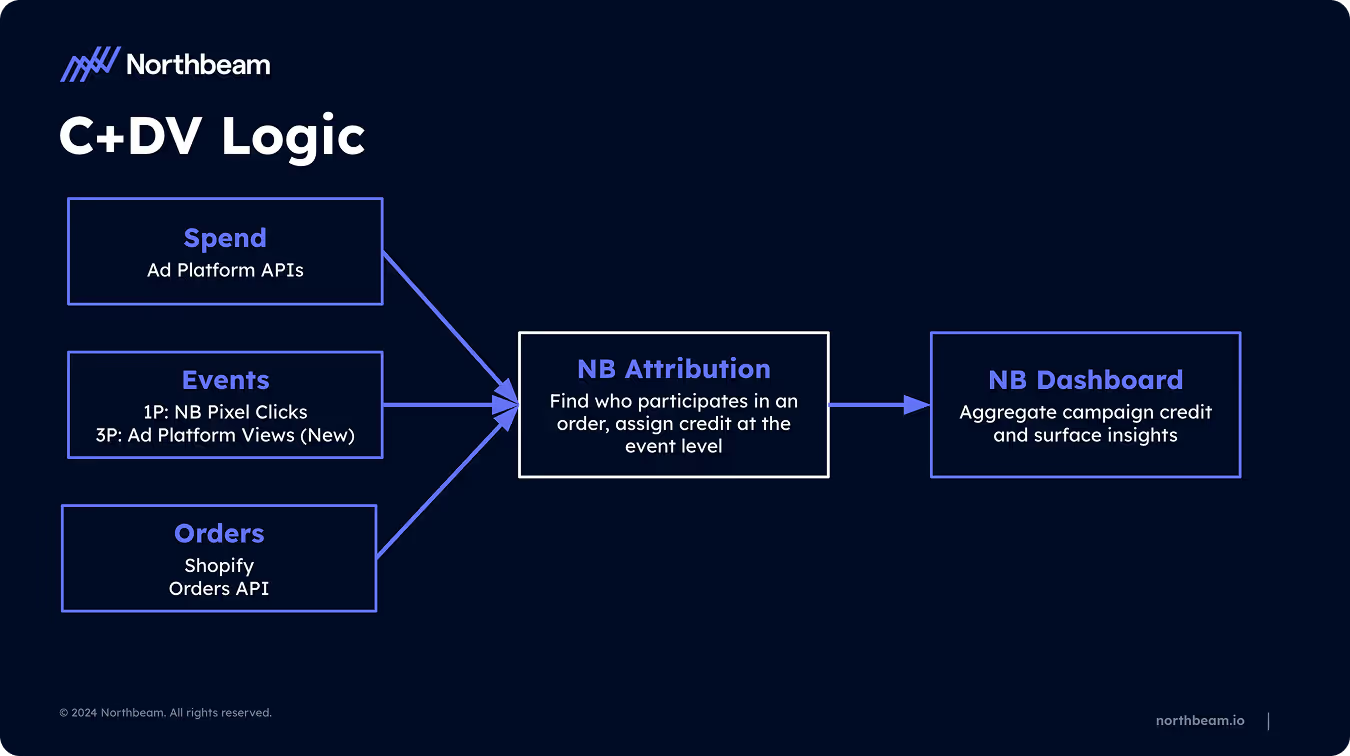

.avif)

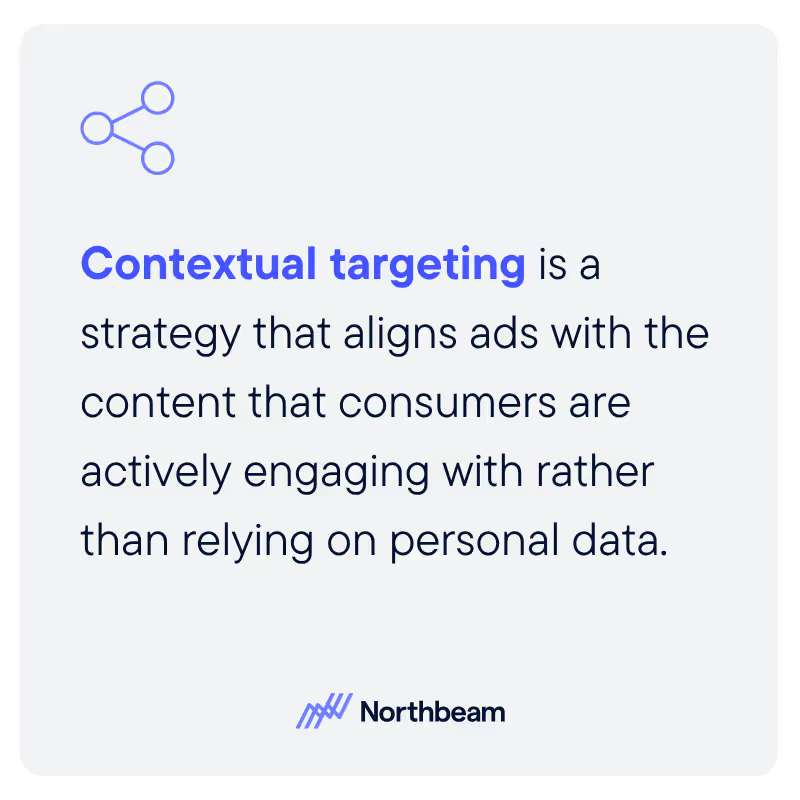
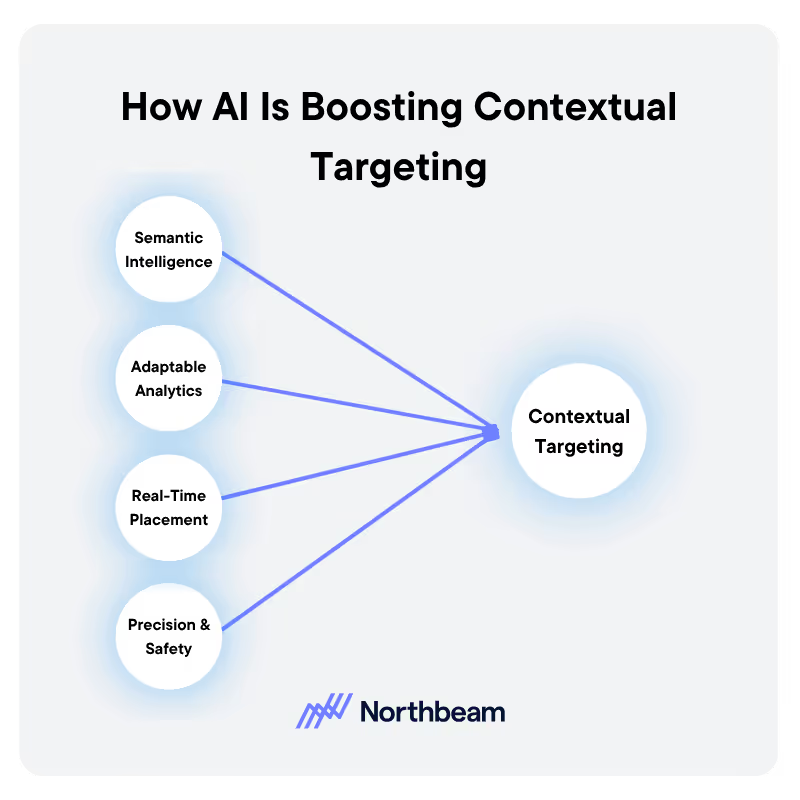

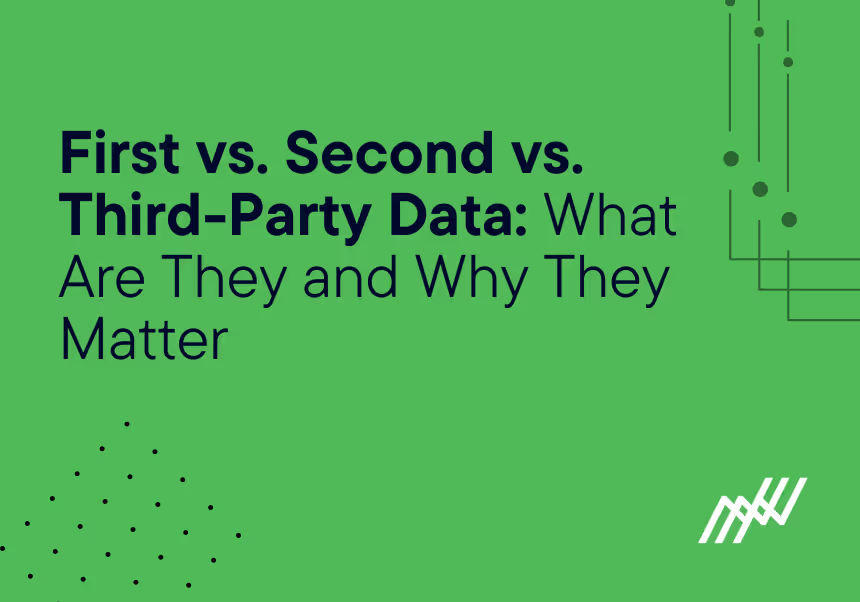
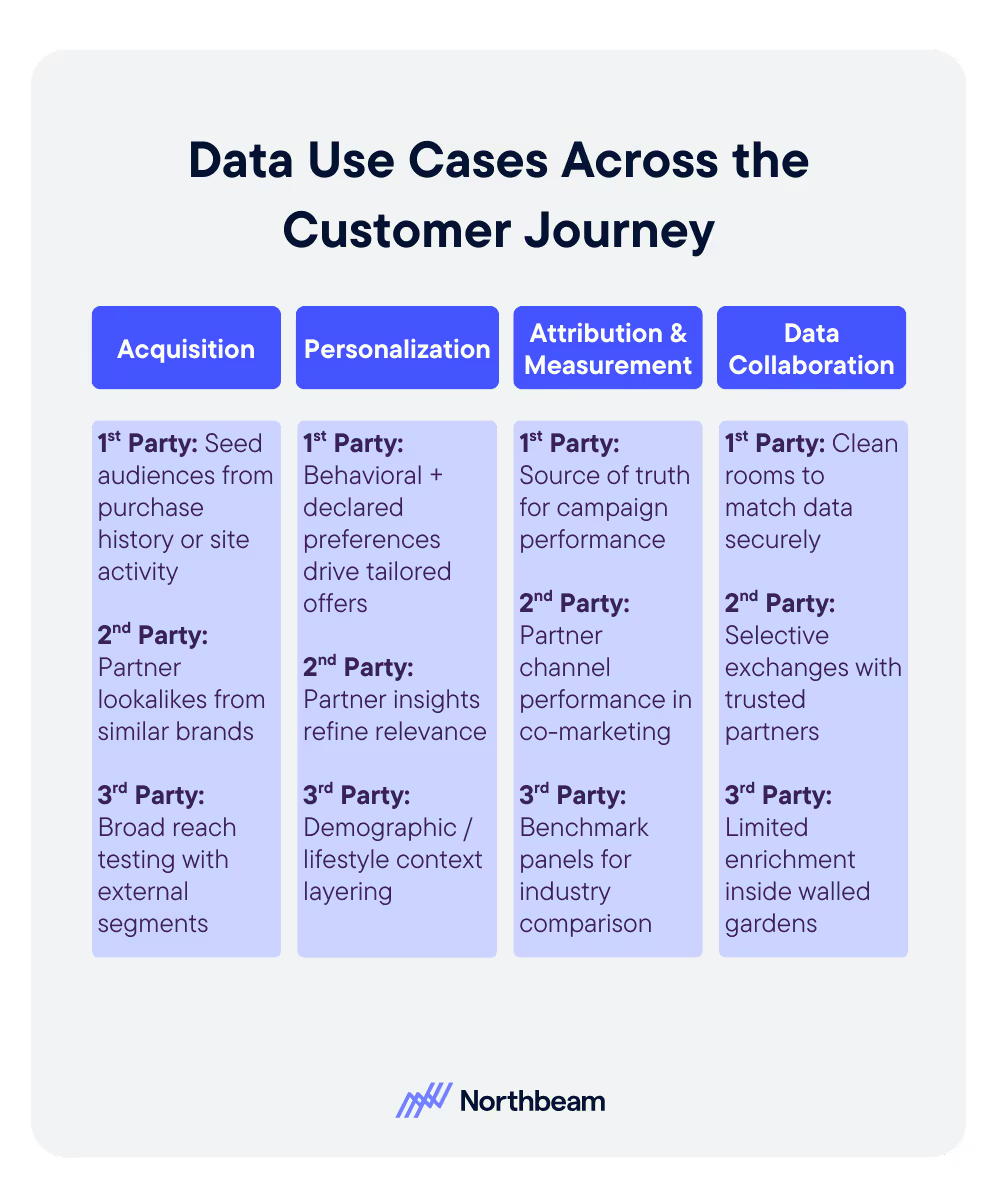
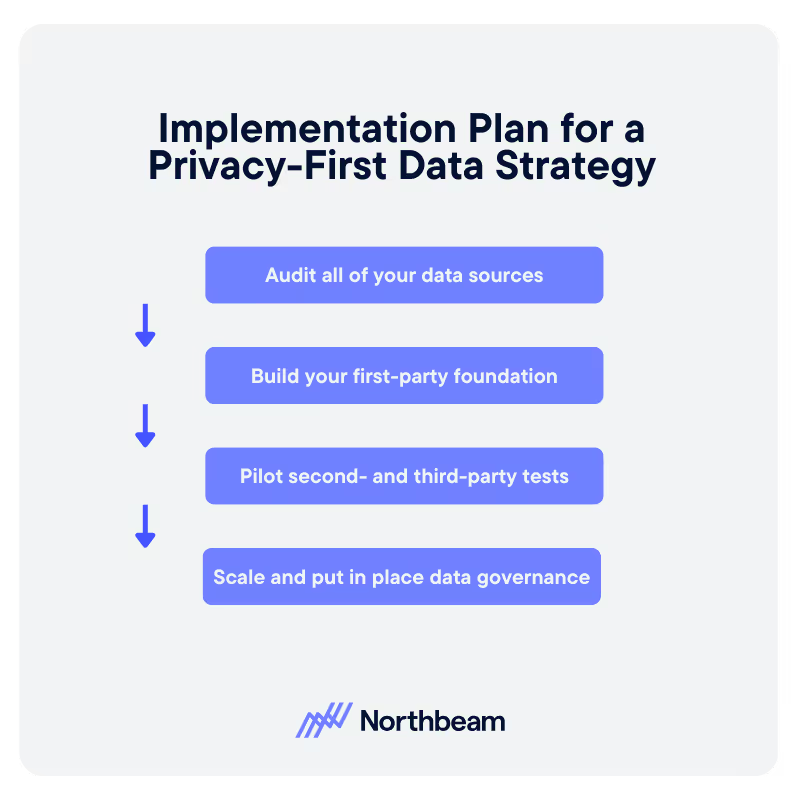
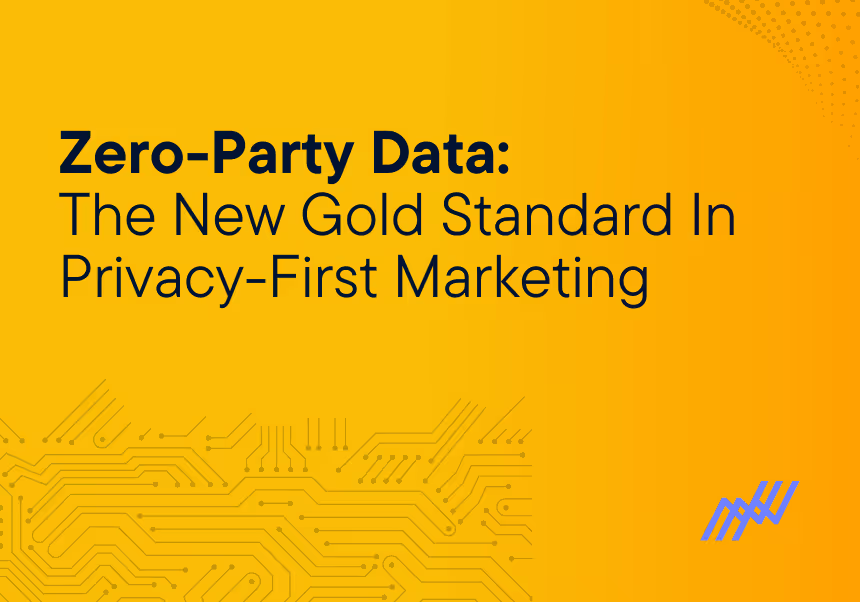
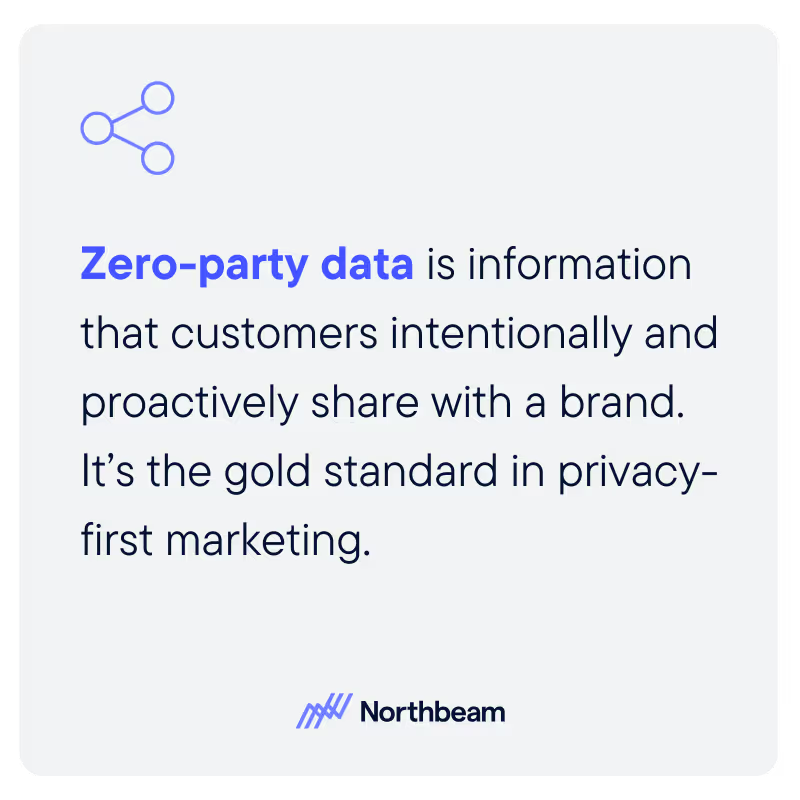
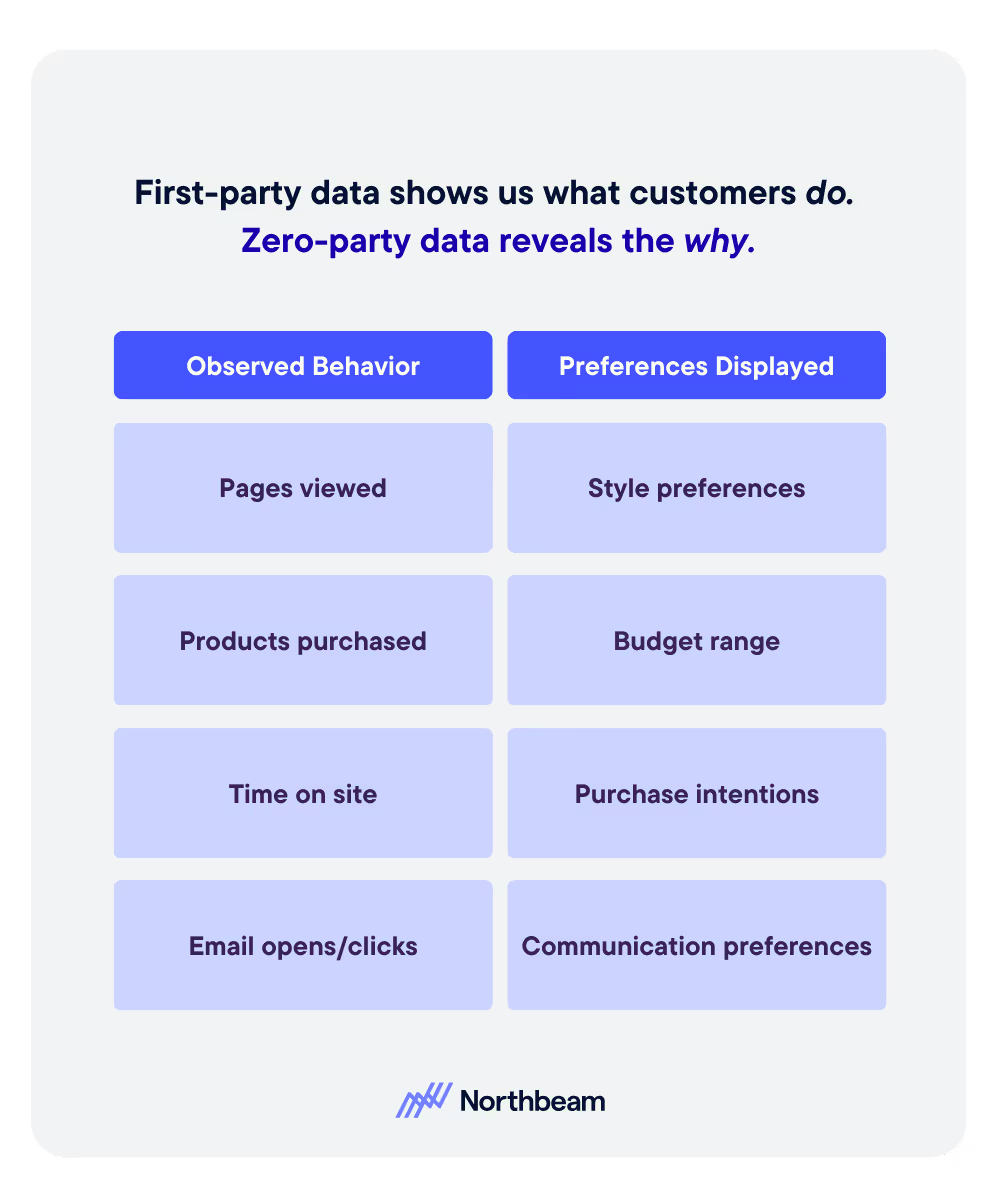
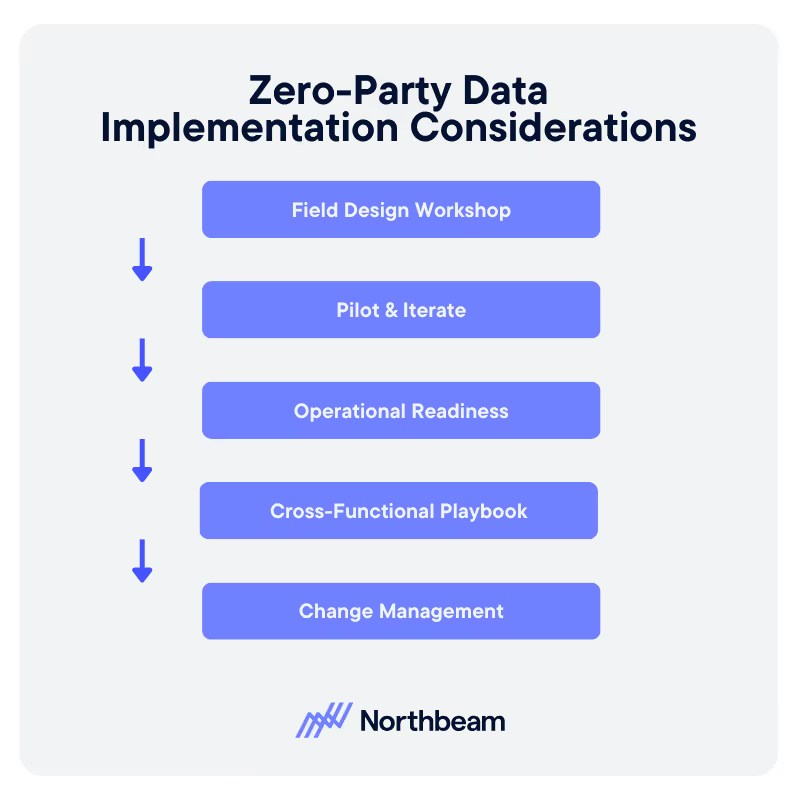
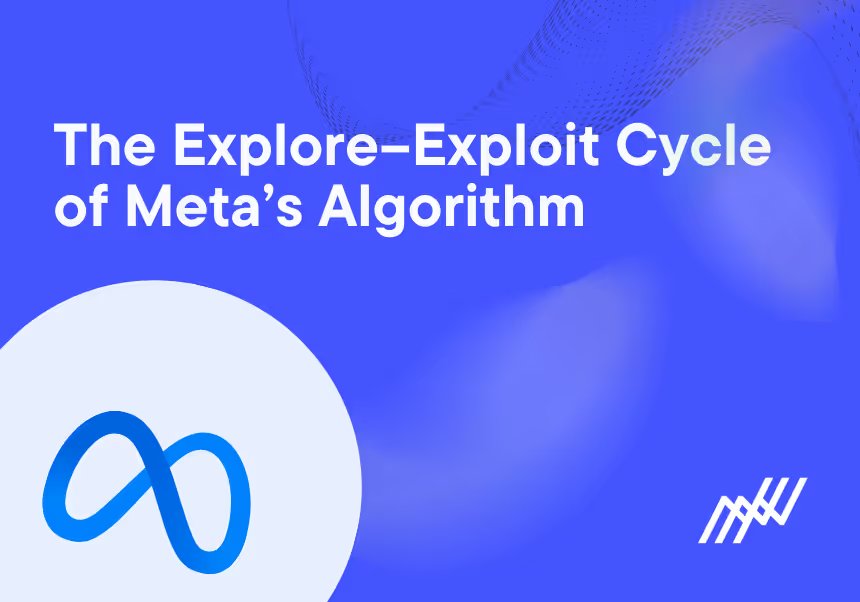


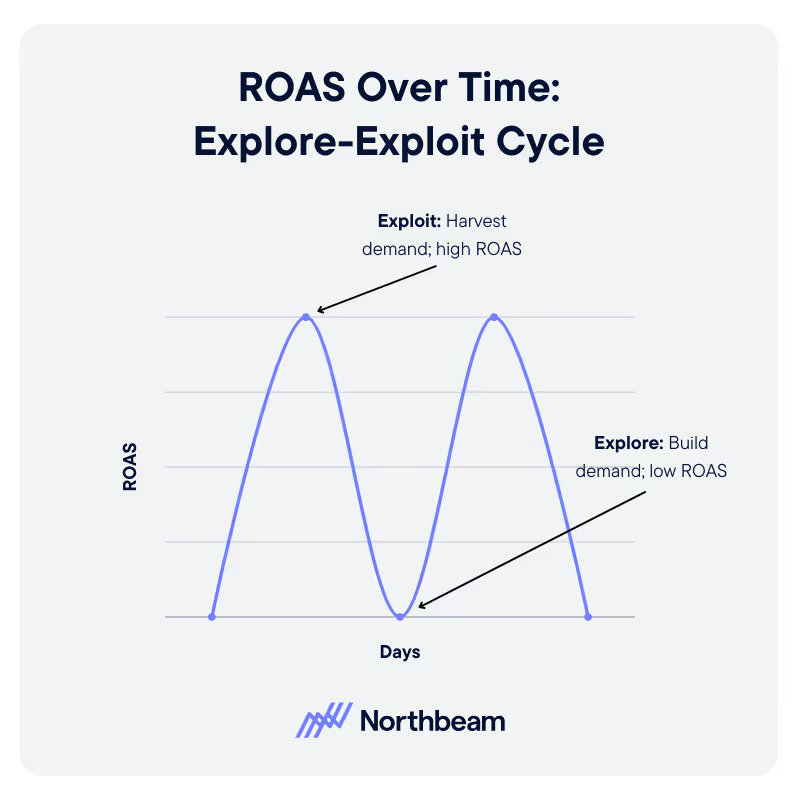

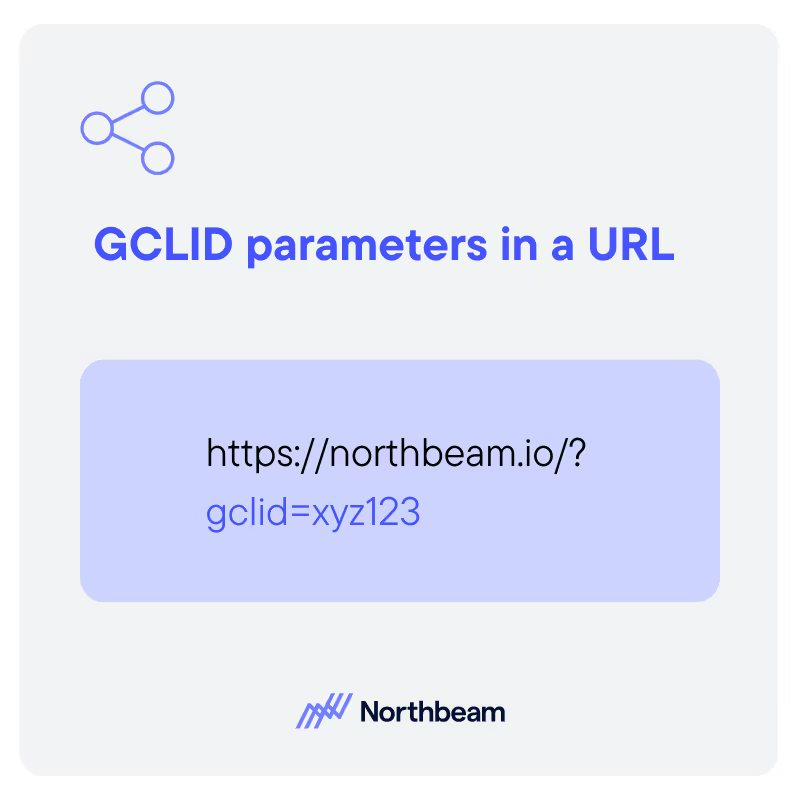
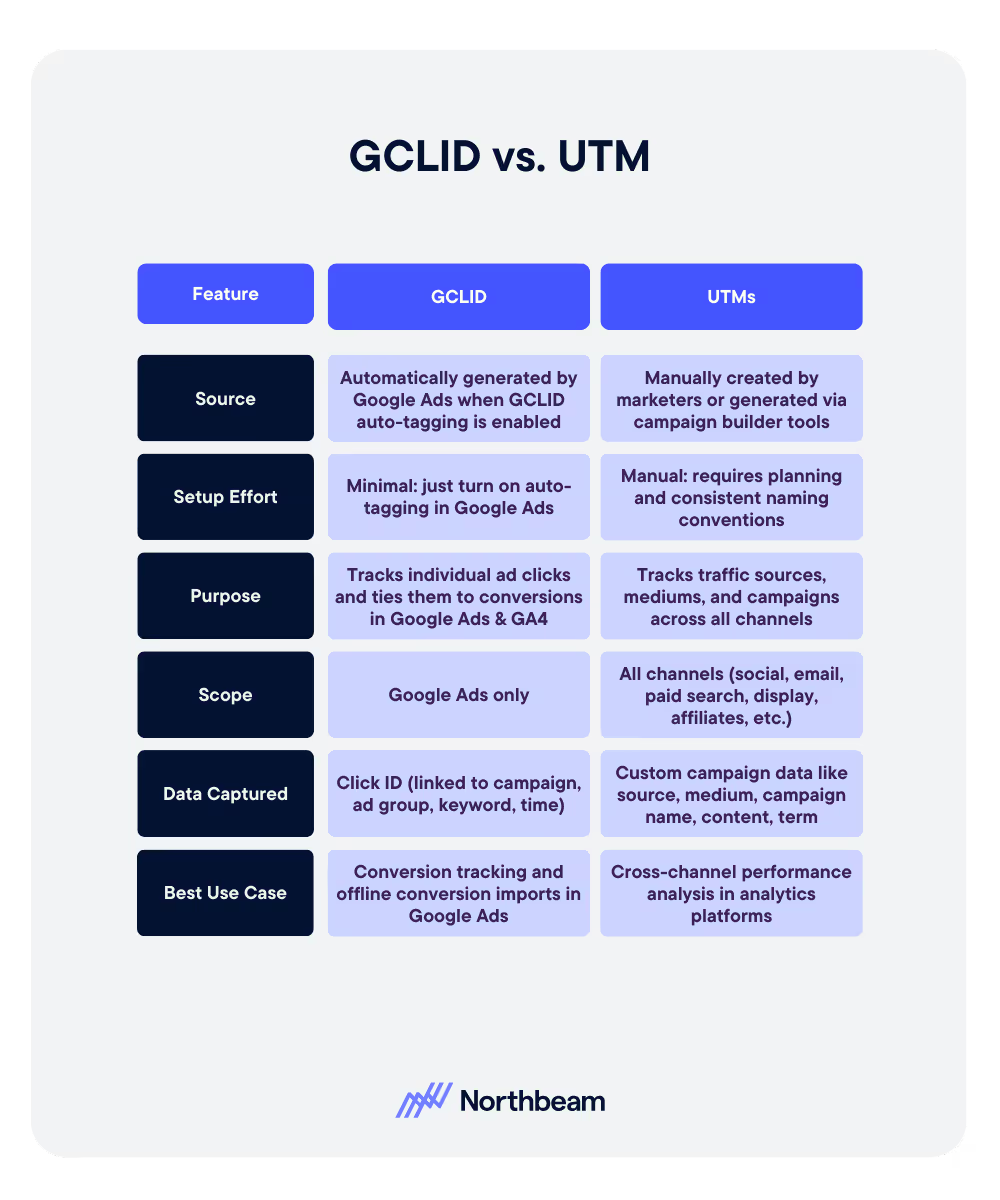

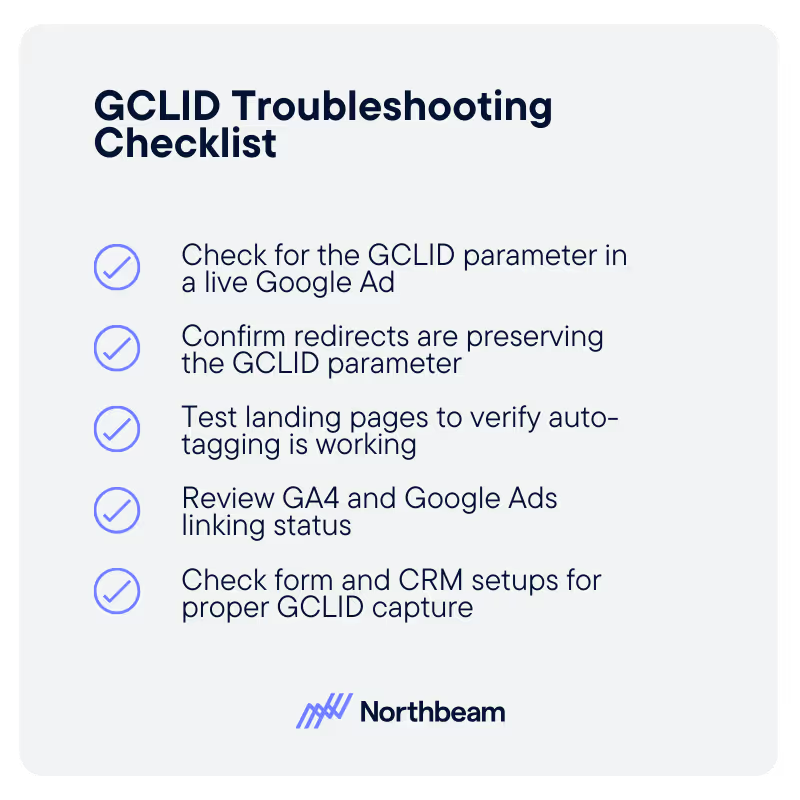

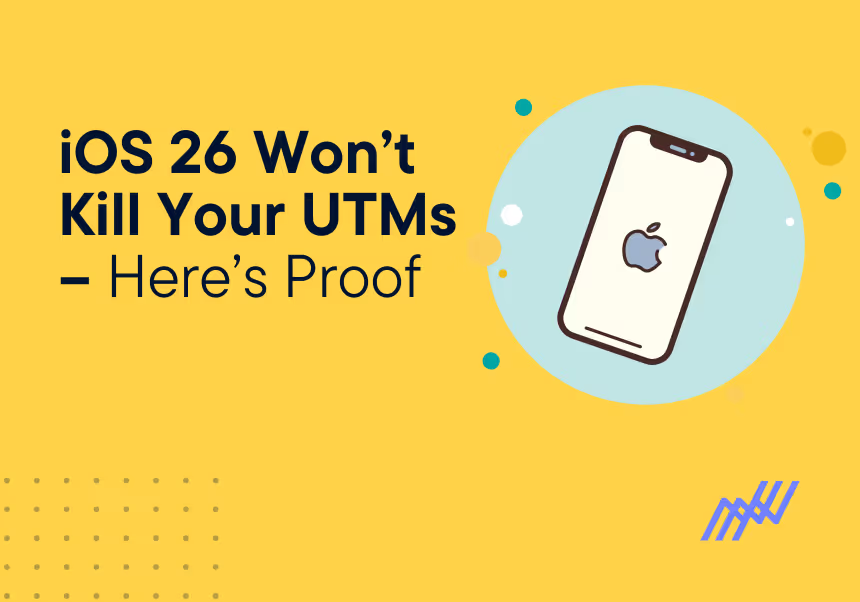


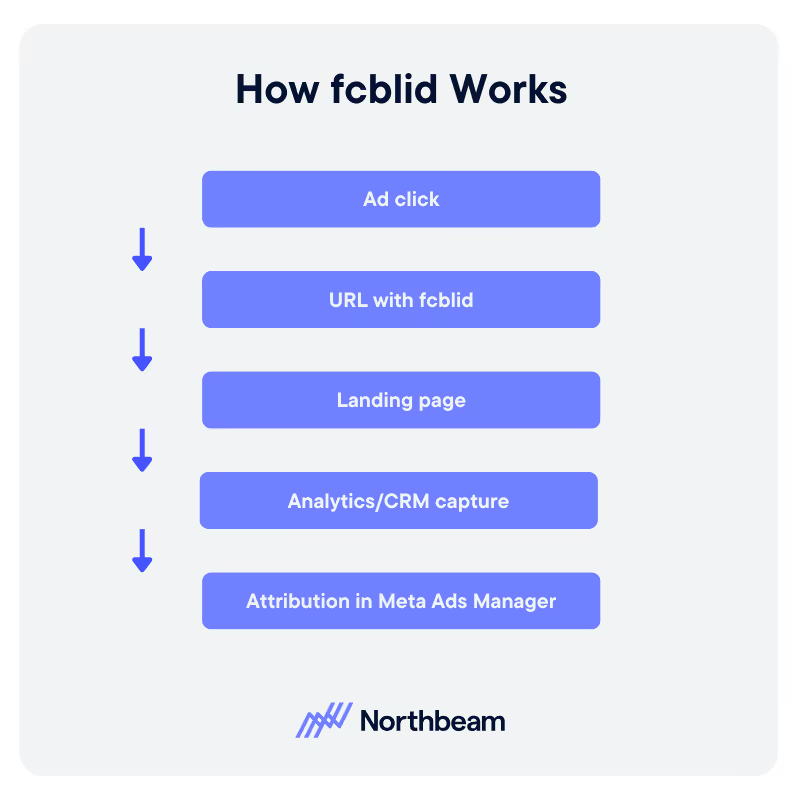


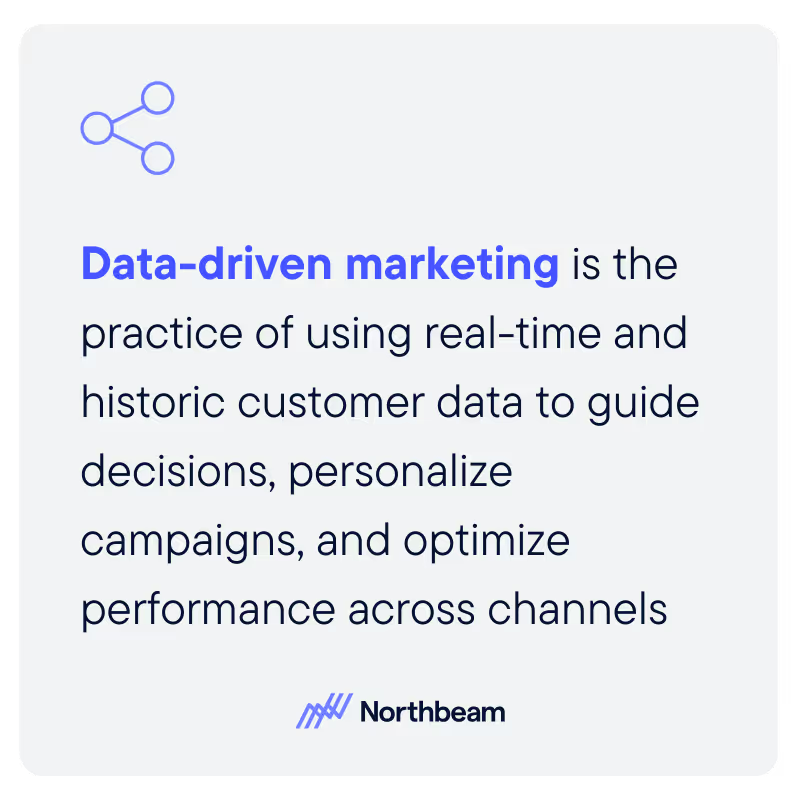
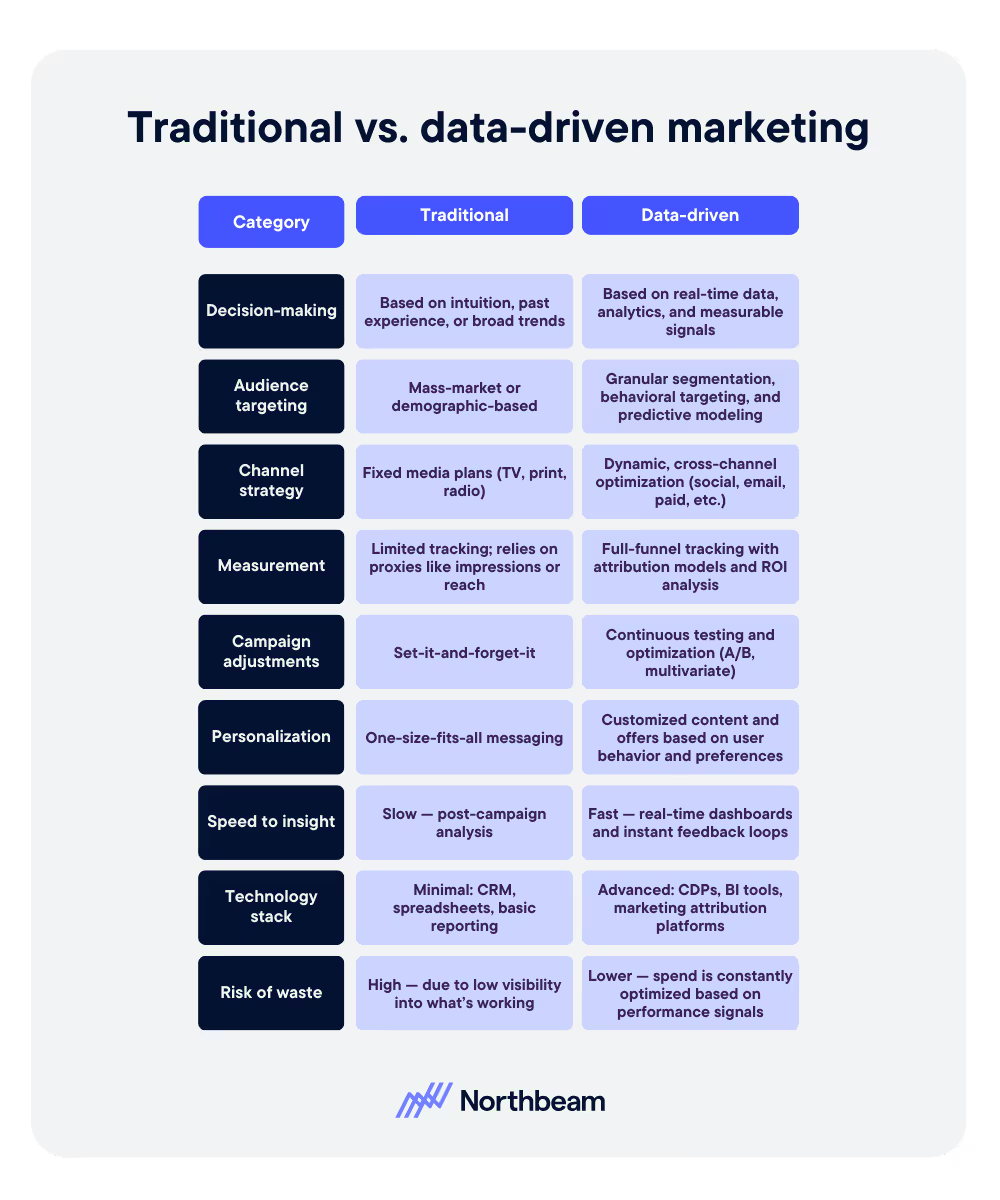
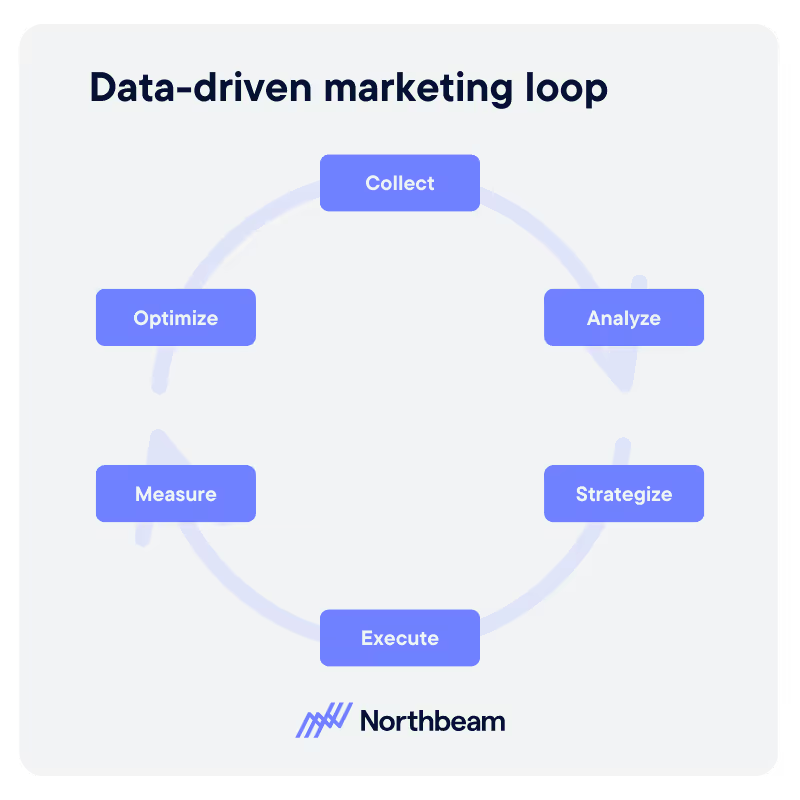


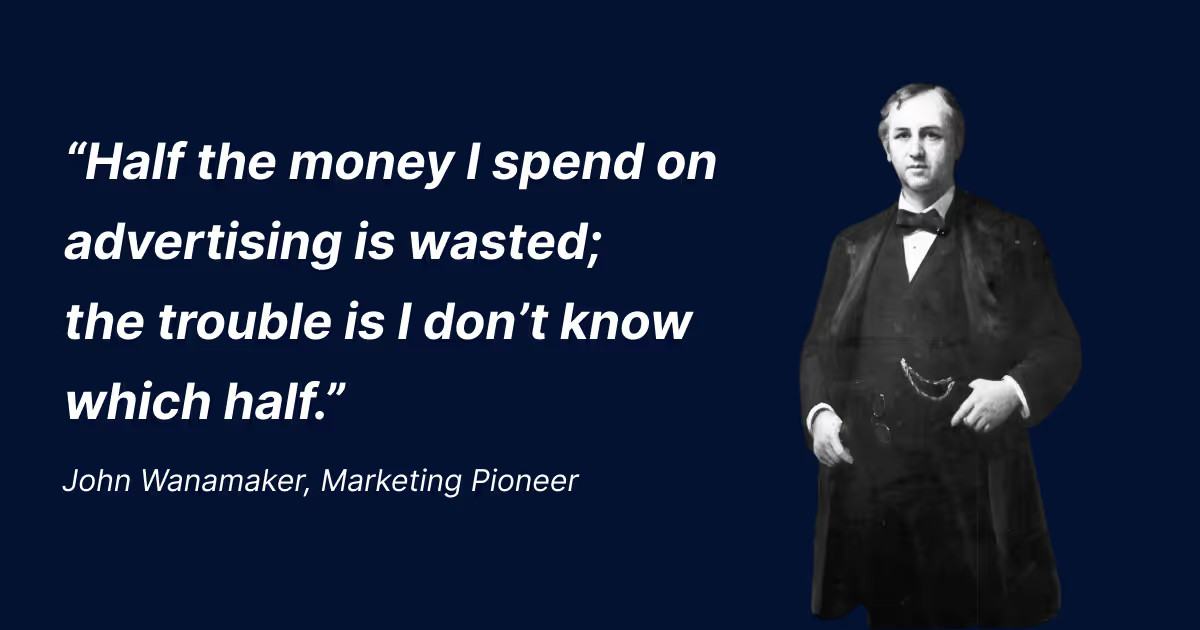



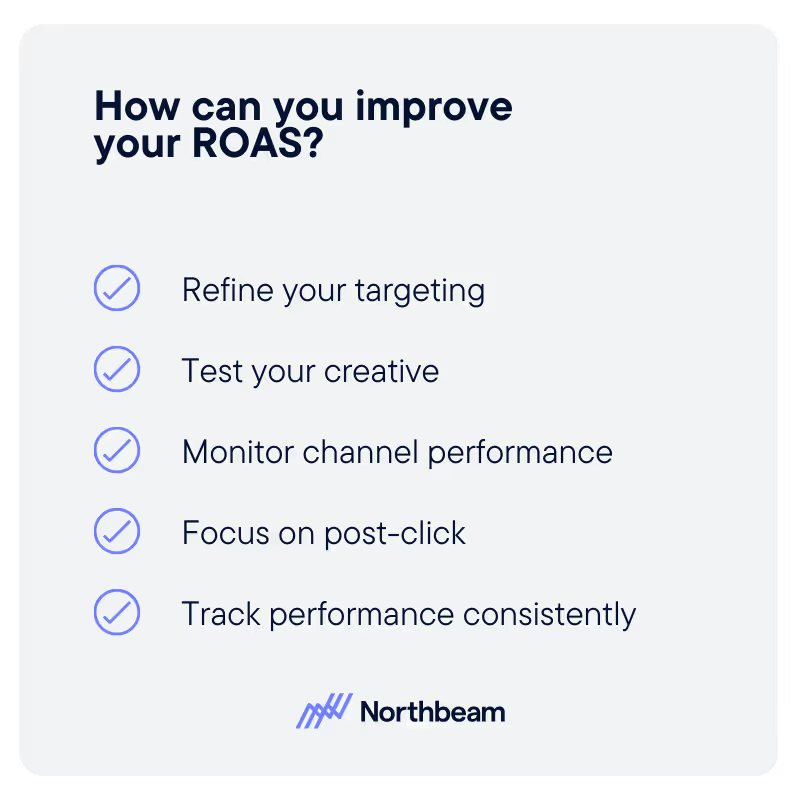
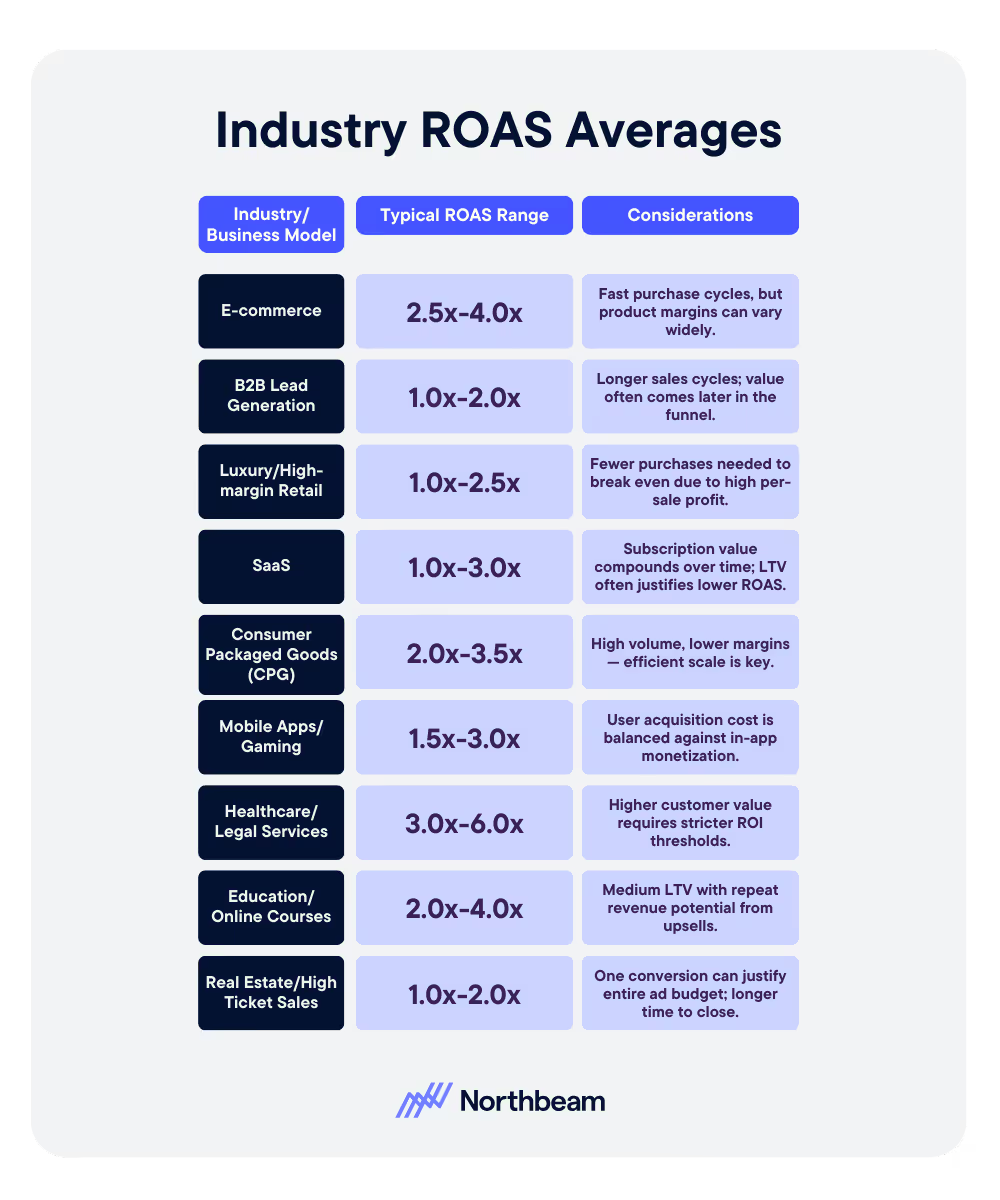
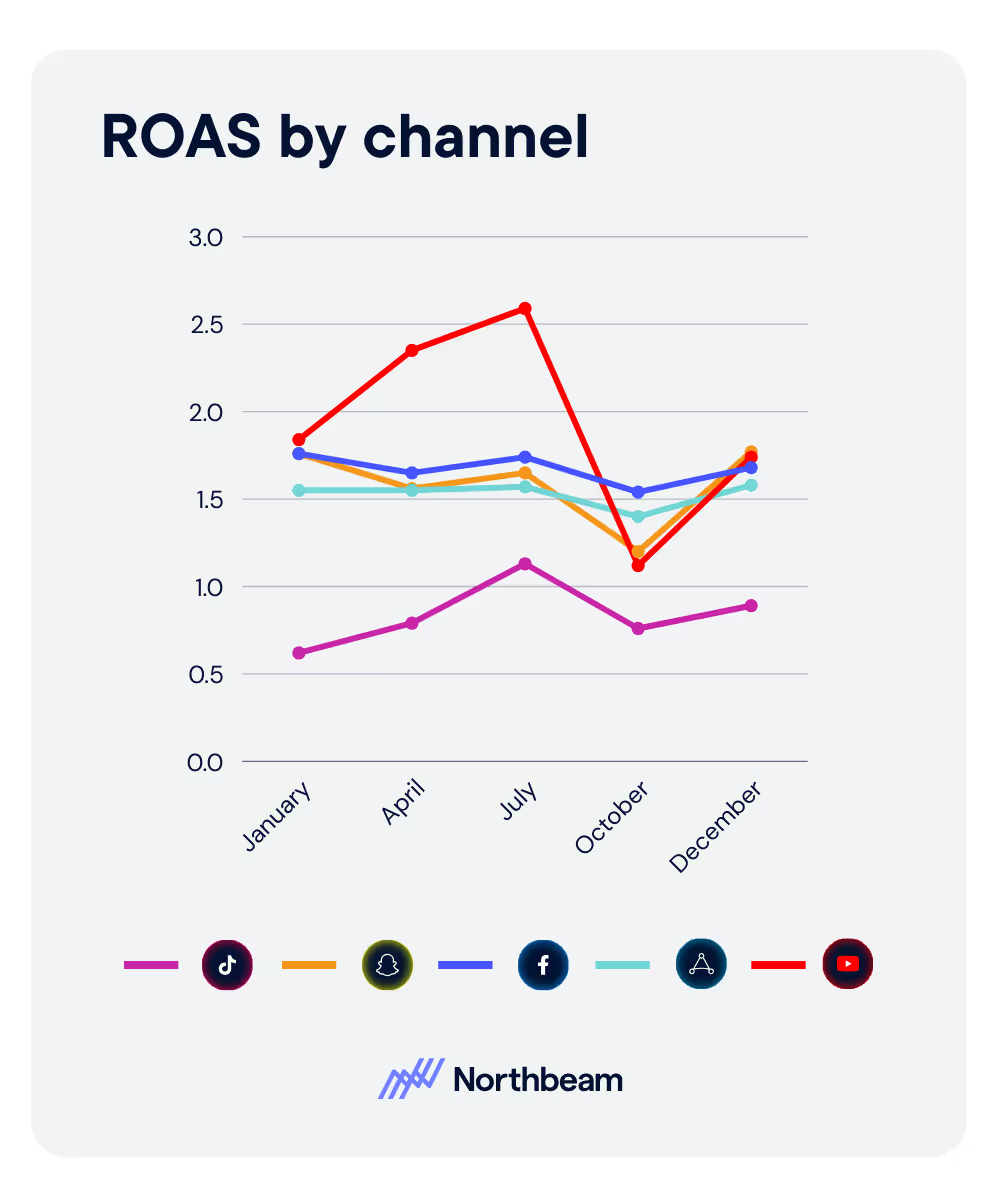
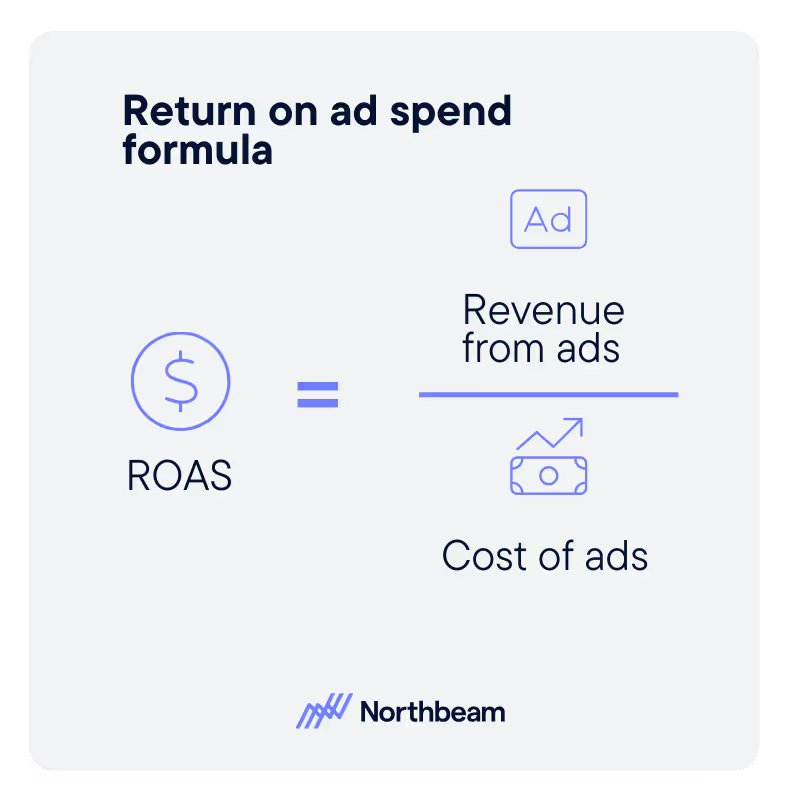
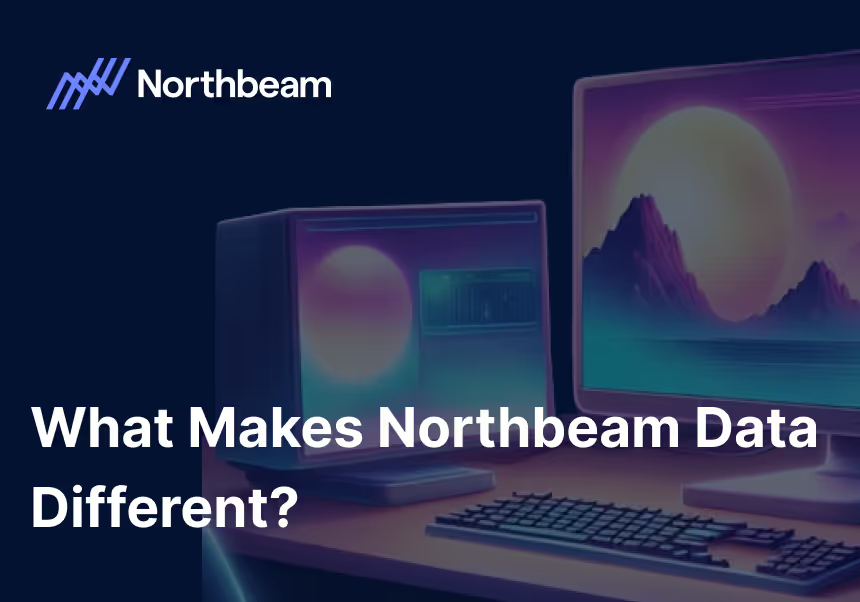
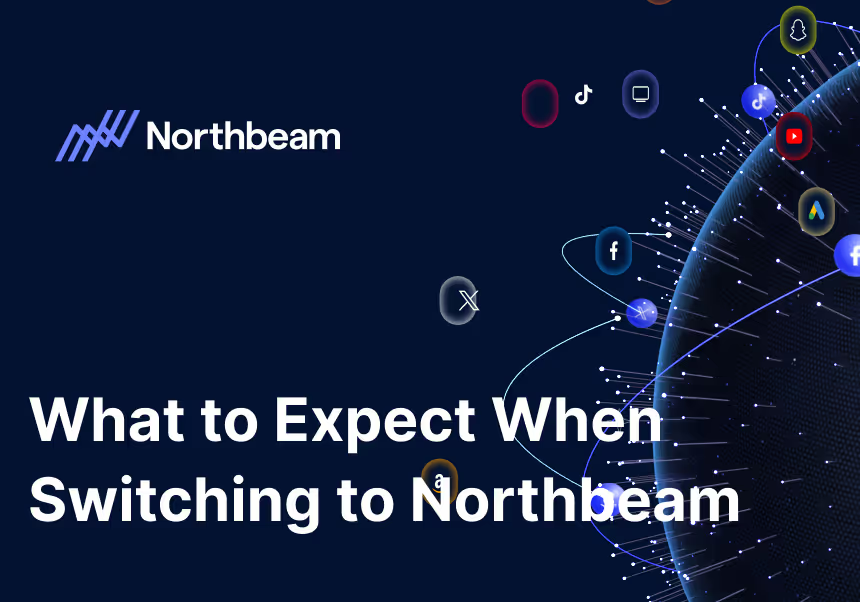
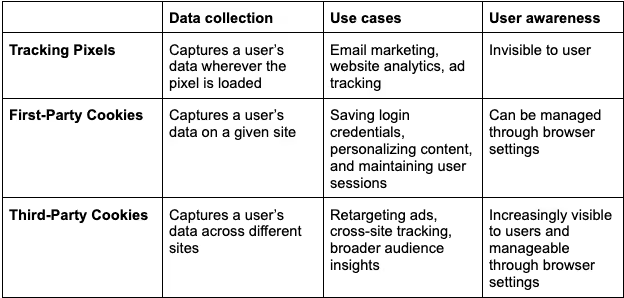
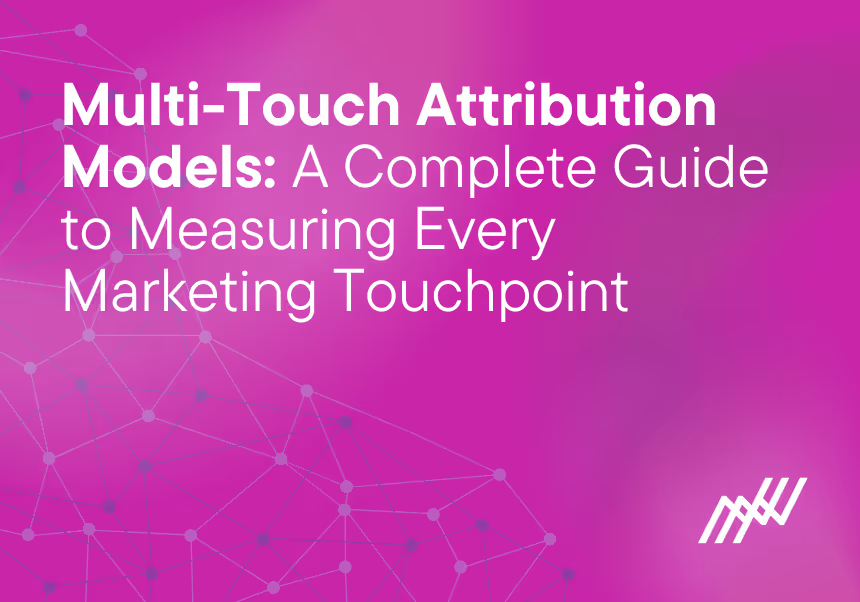
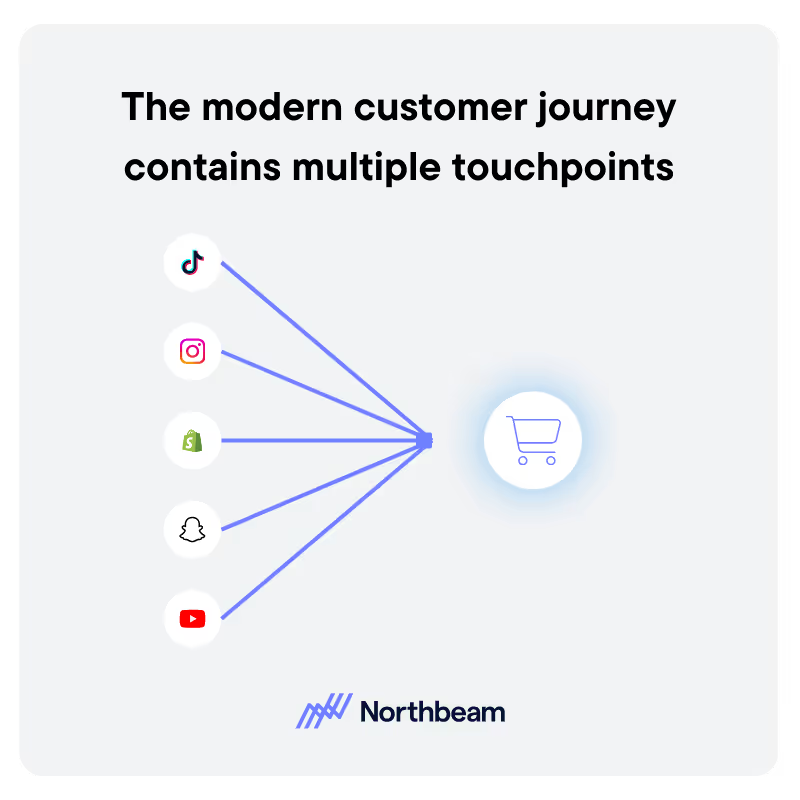





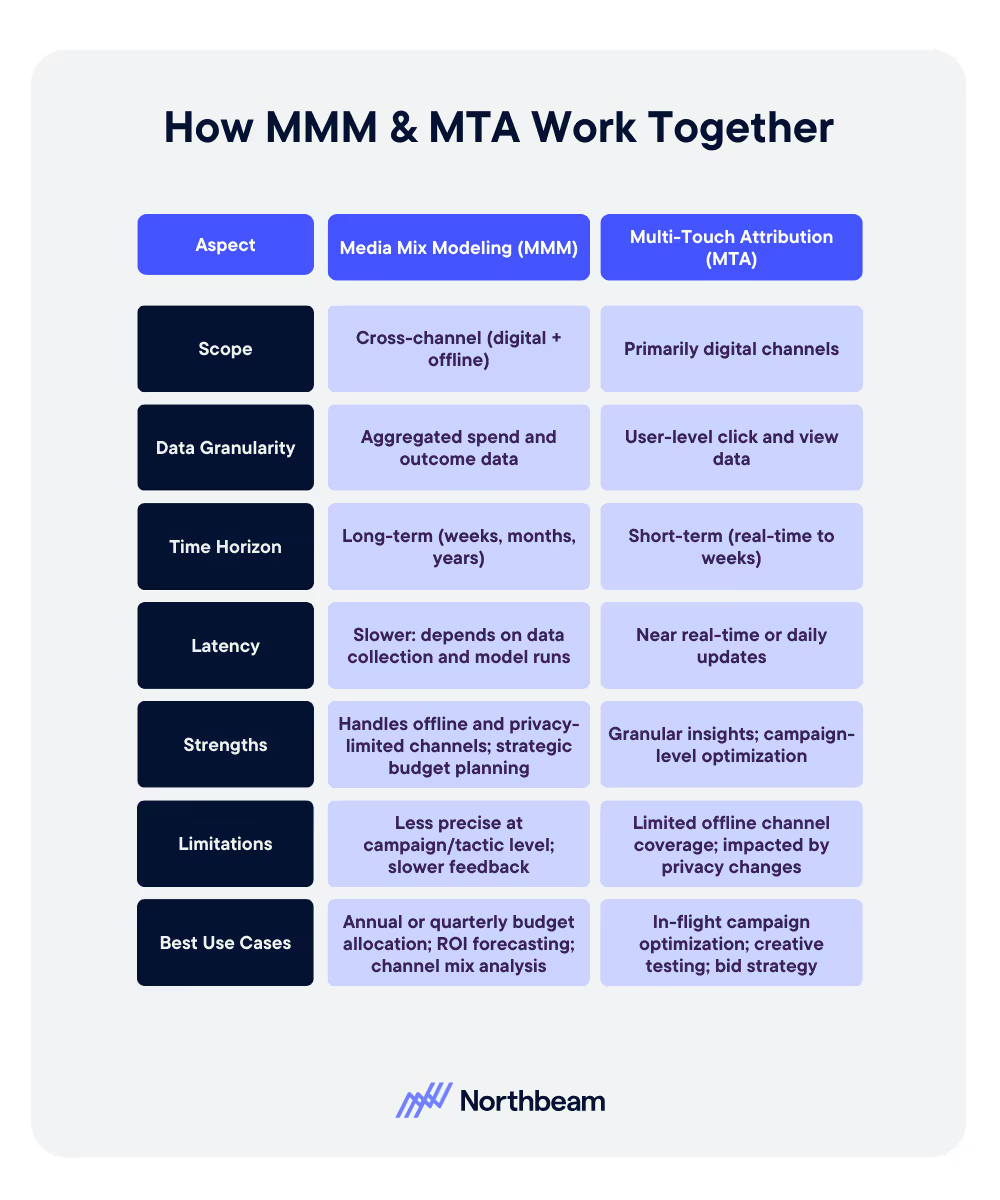
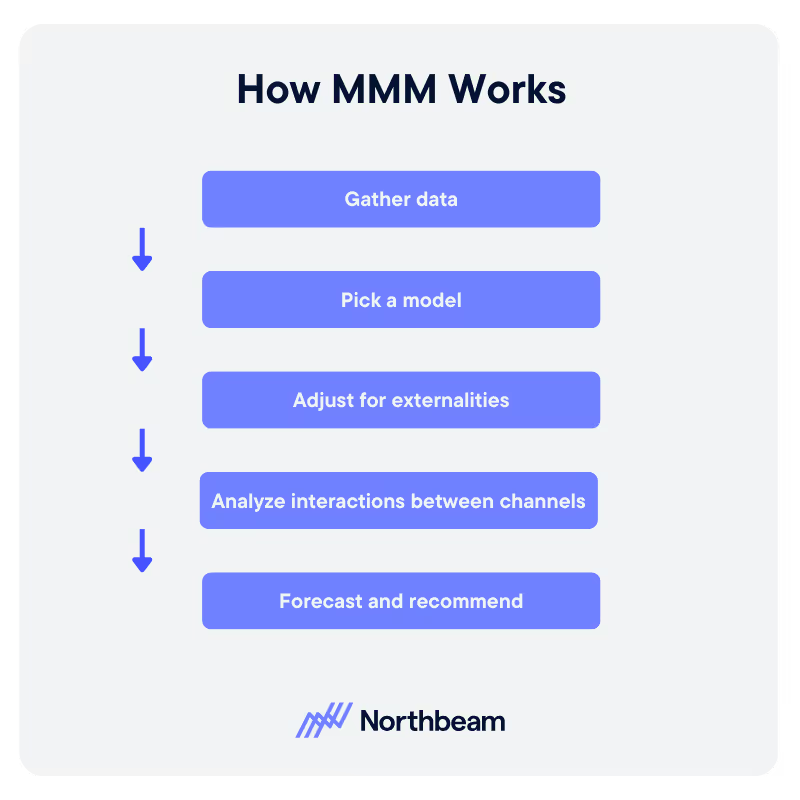
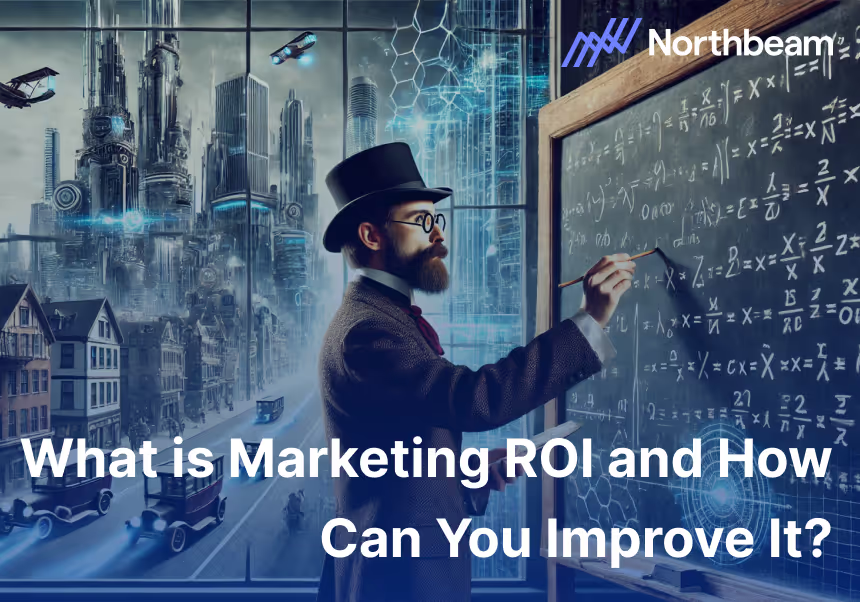
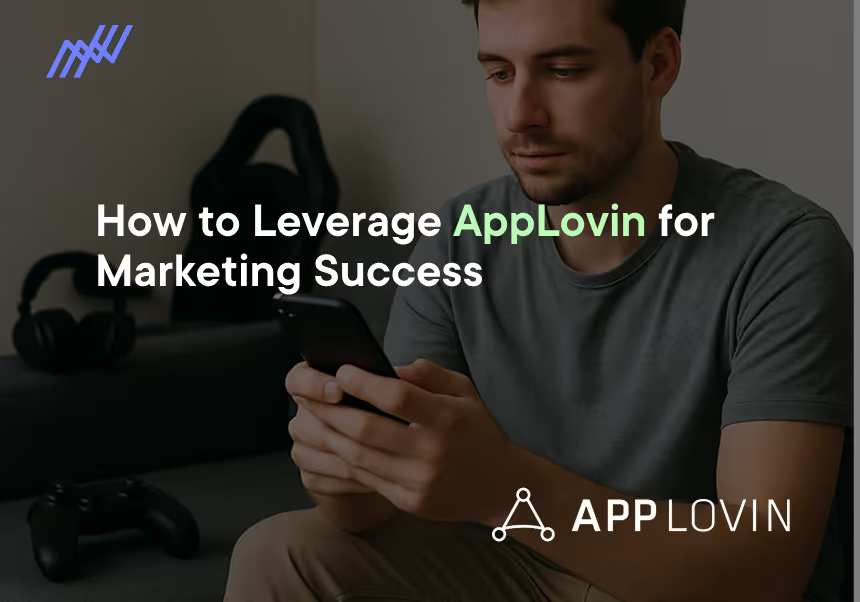

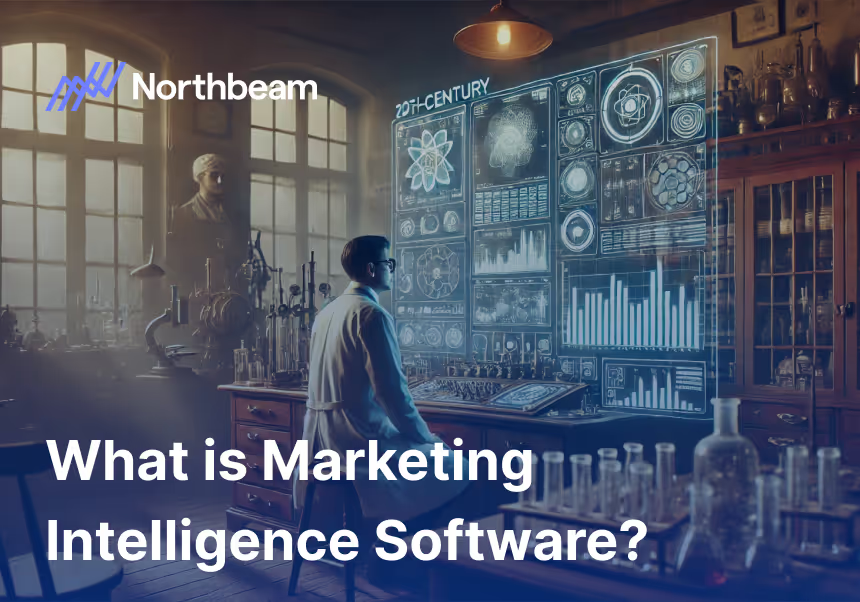
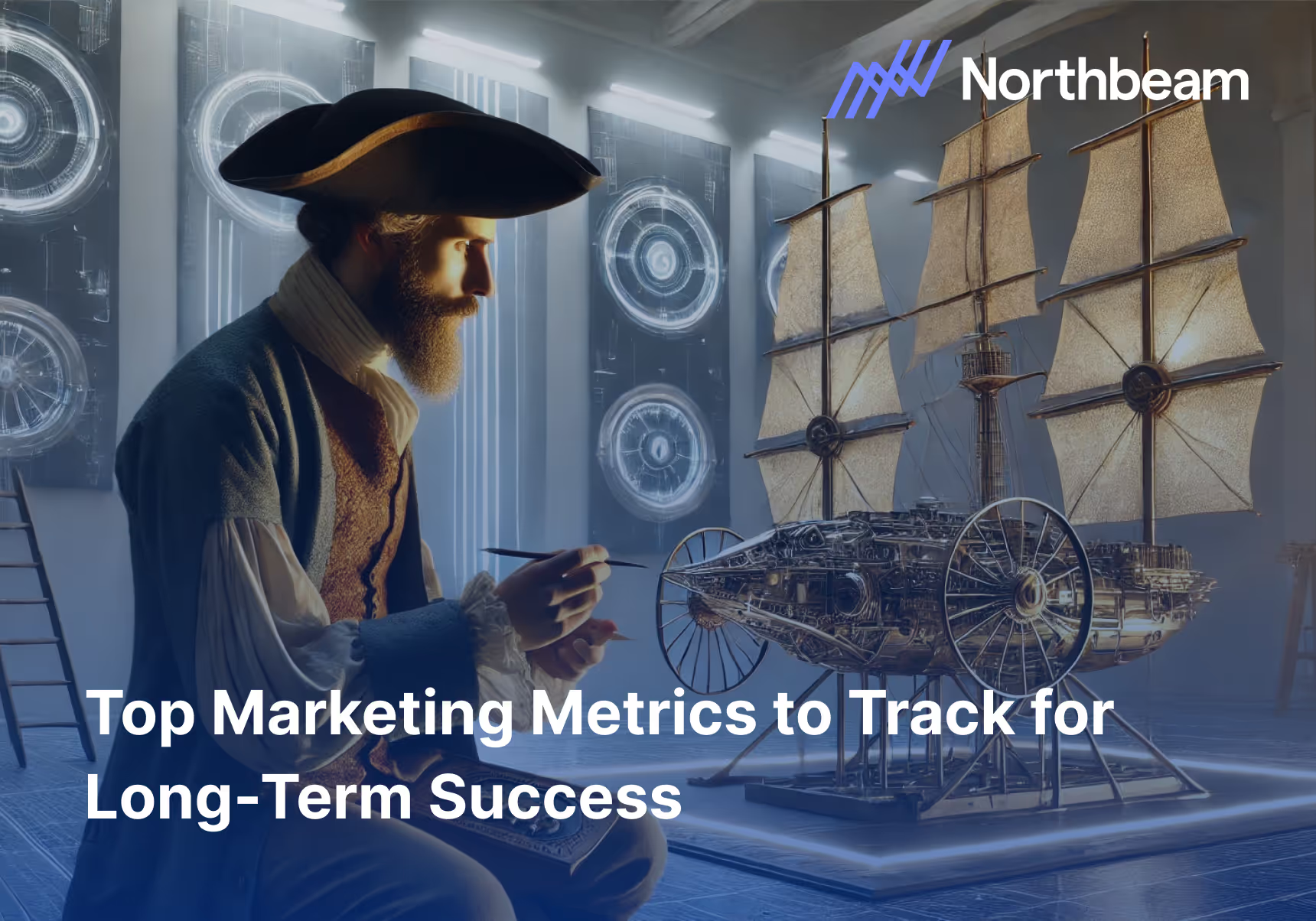

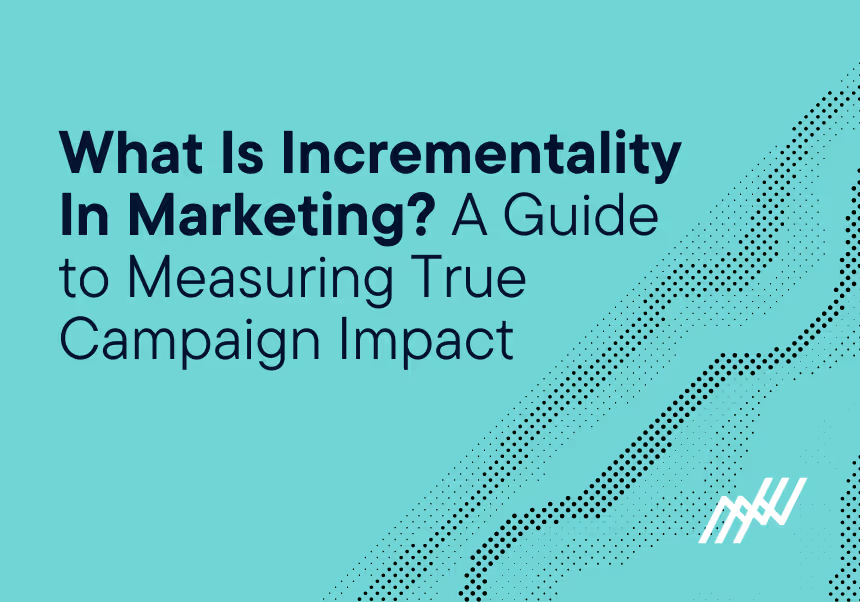




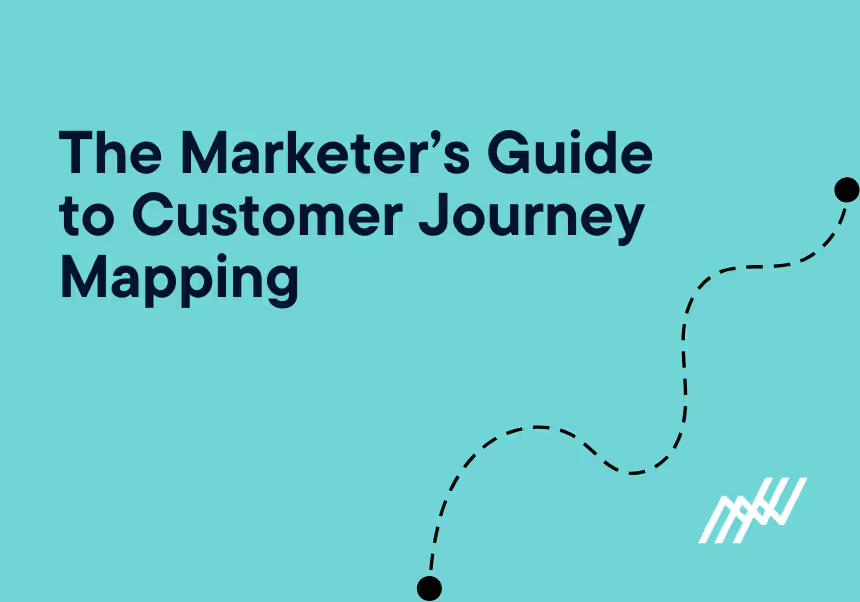
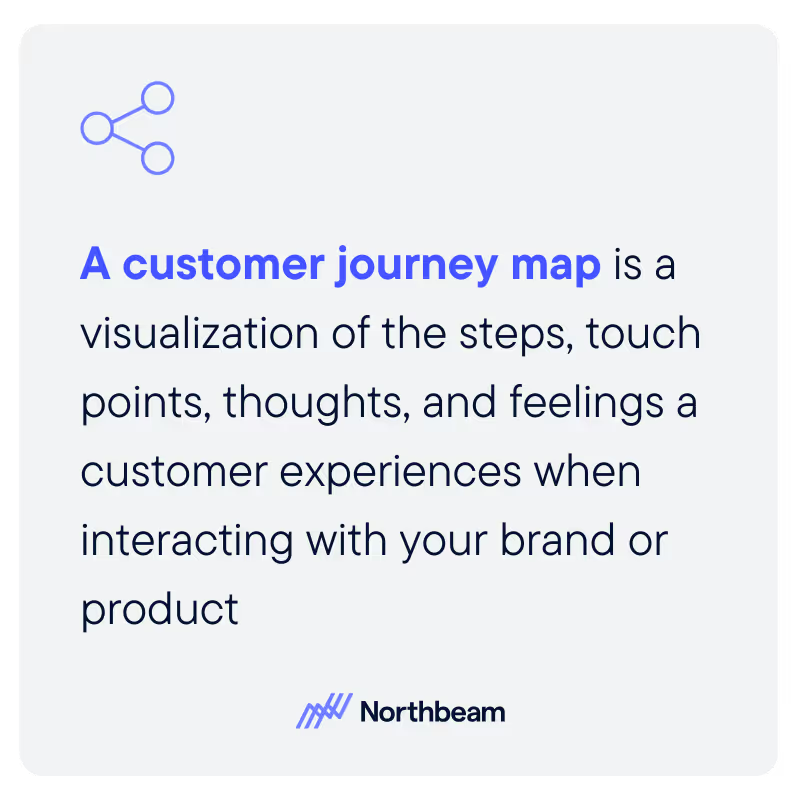
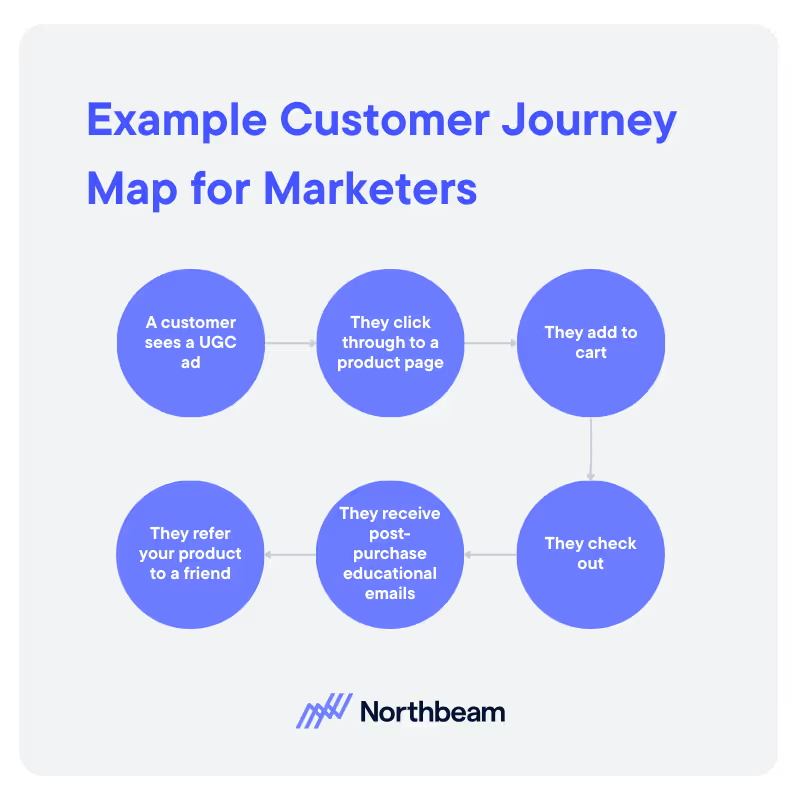

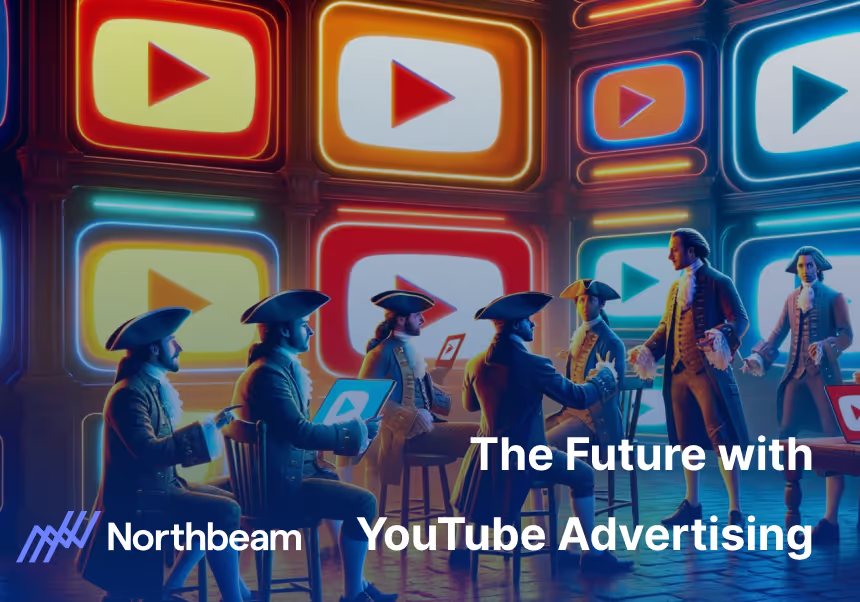


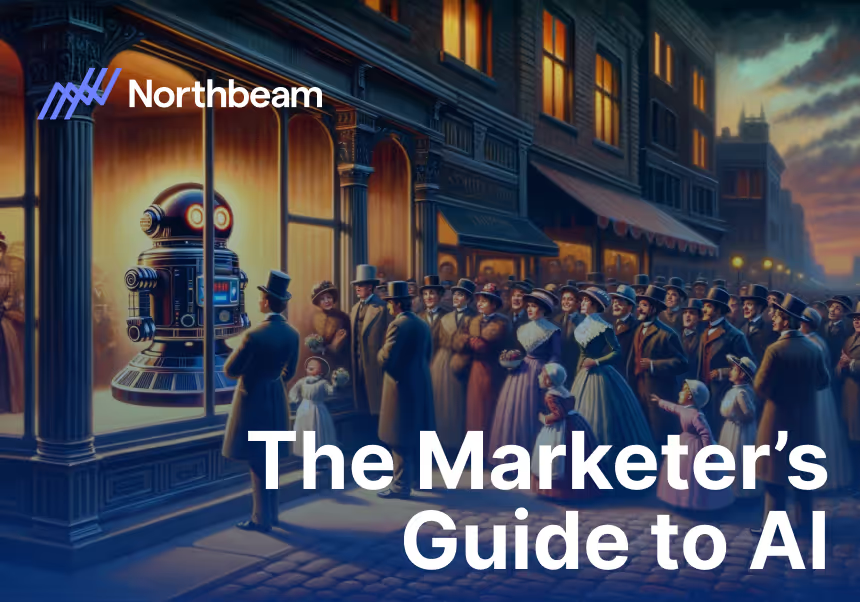
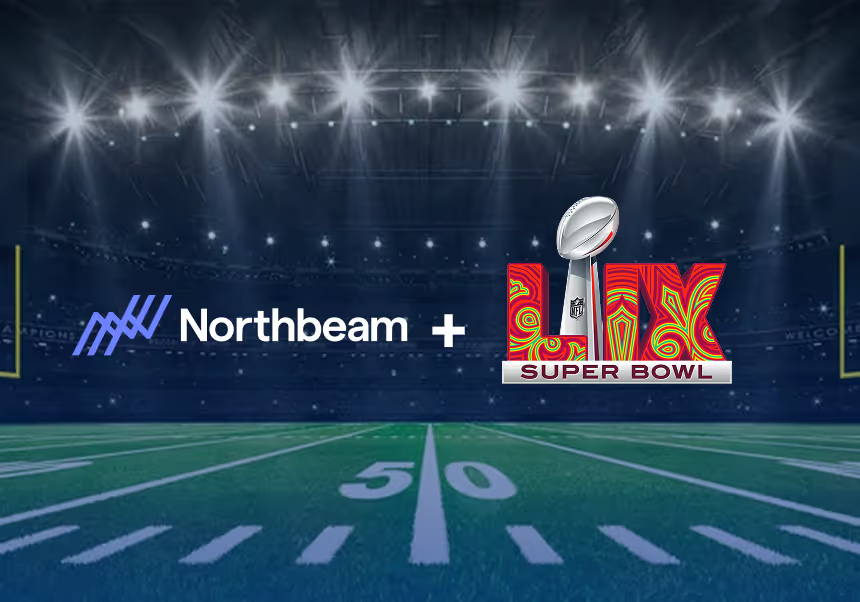
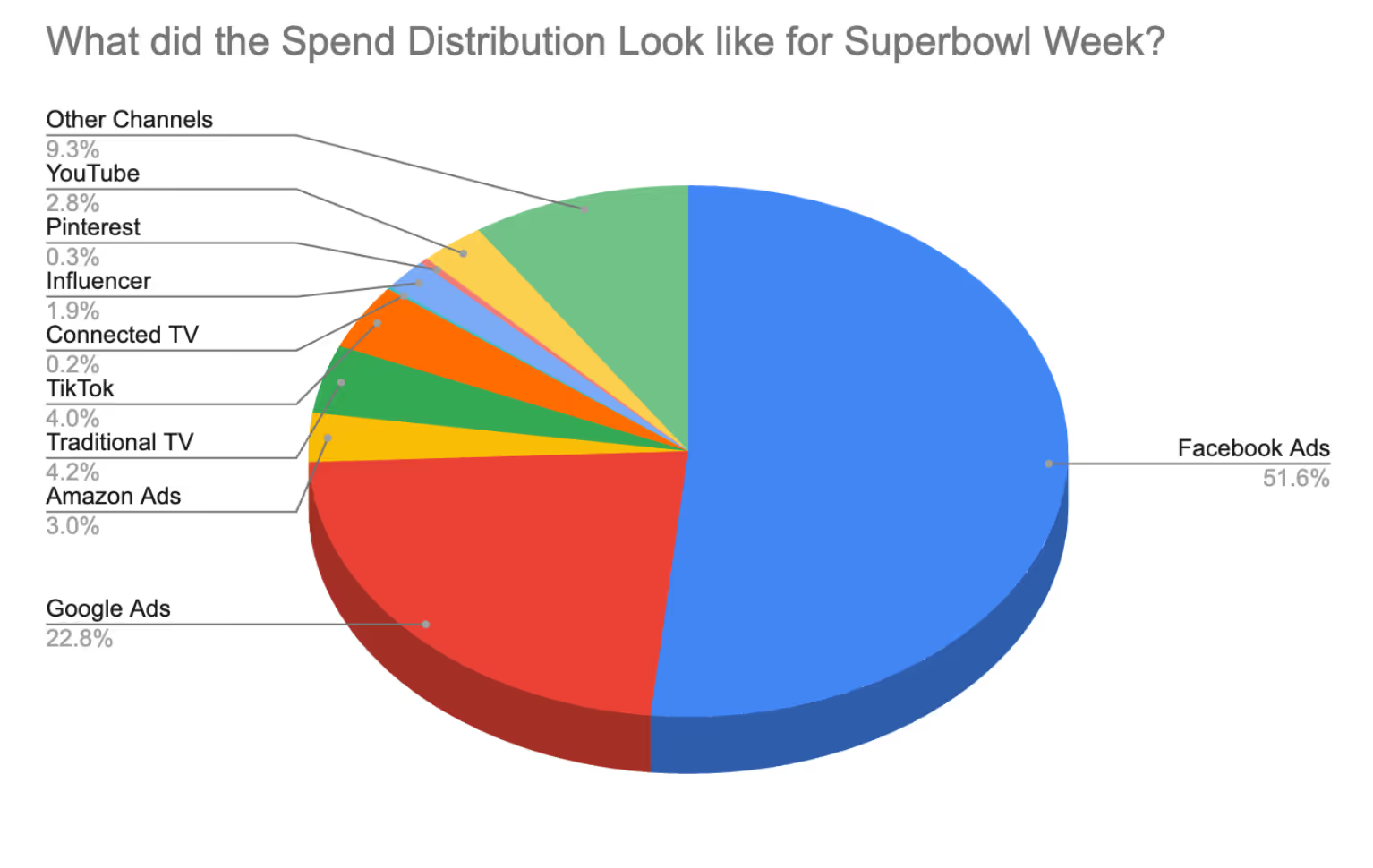



%25201.avif)

.avif)



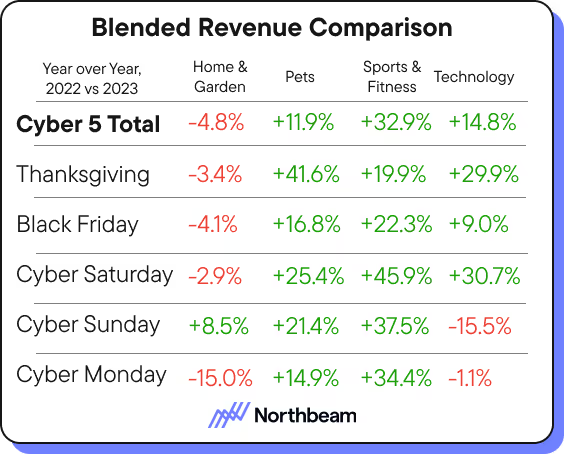



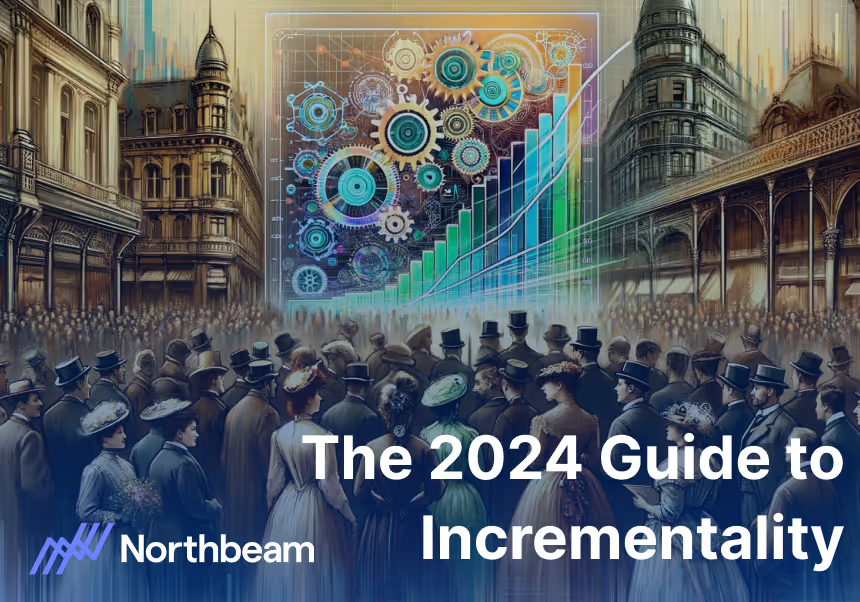
.avif)

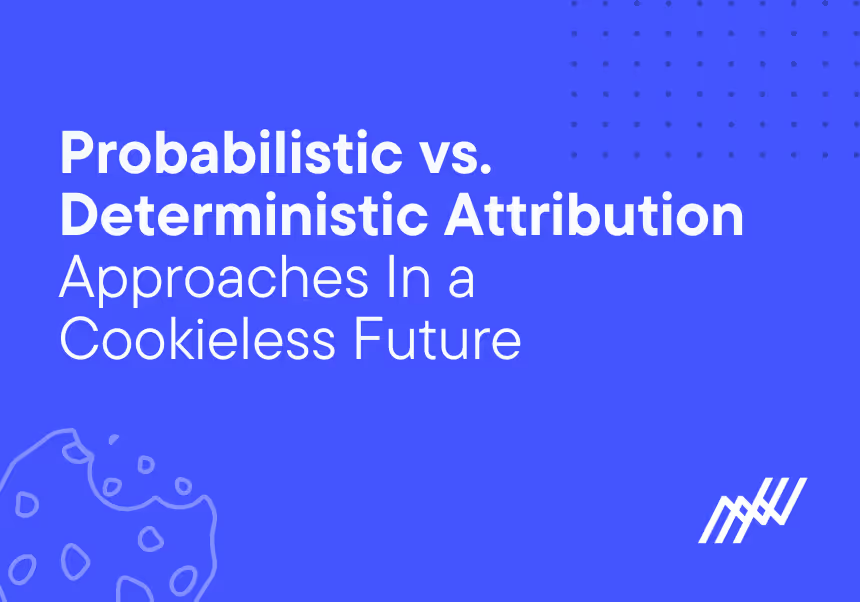
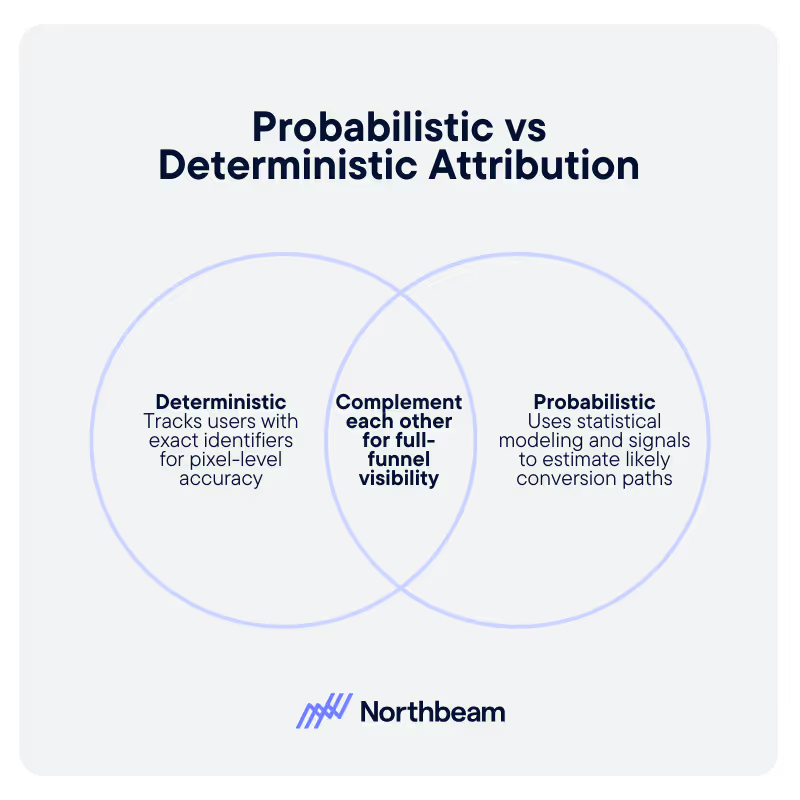
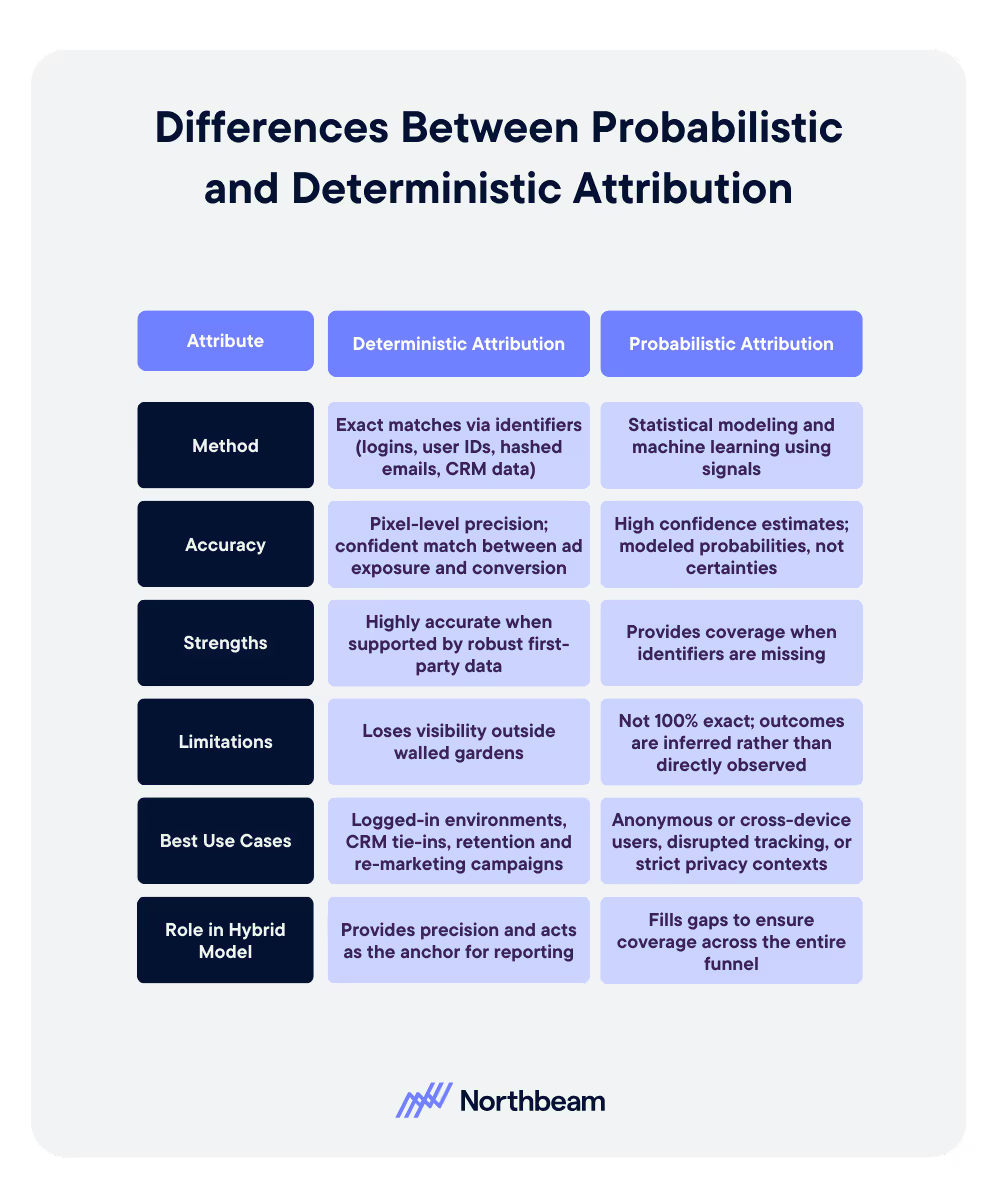





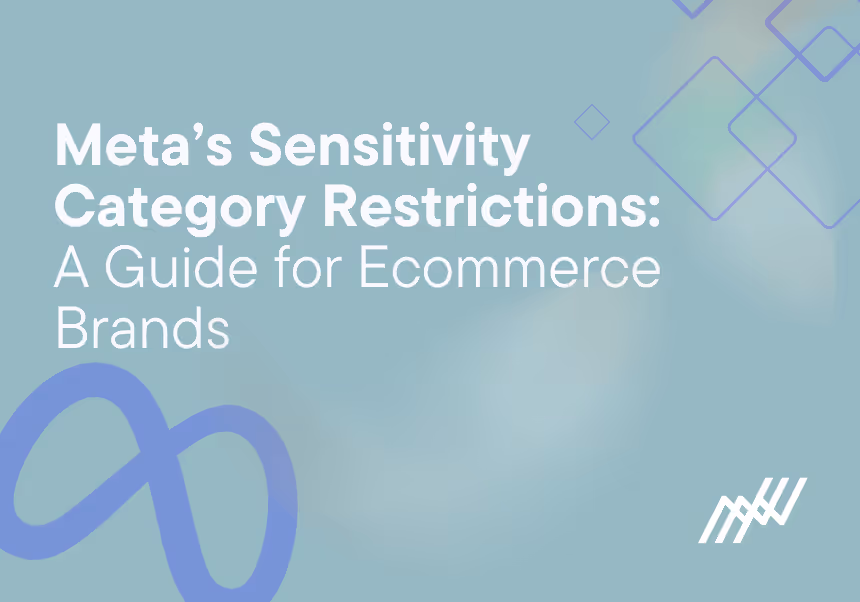


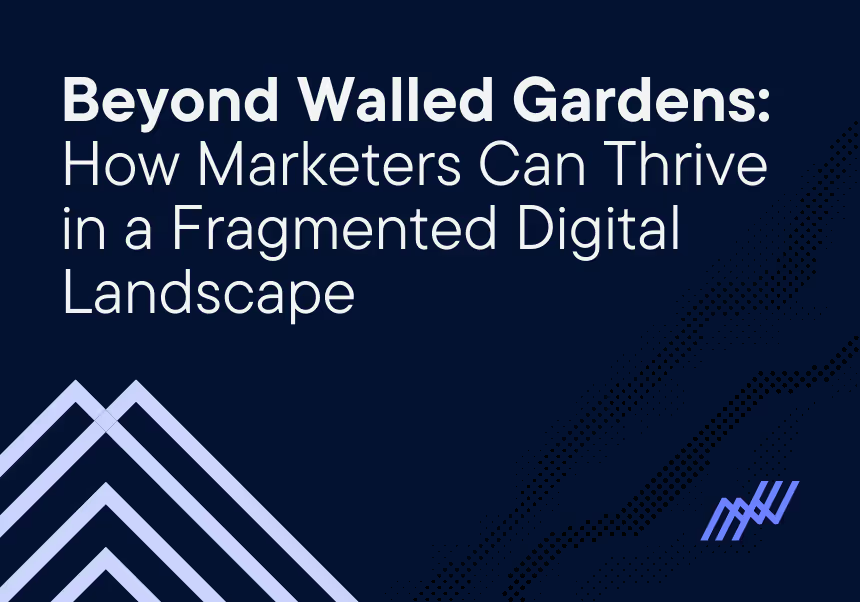

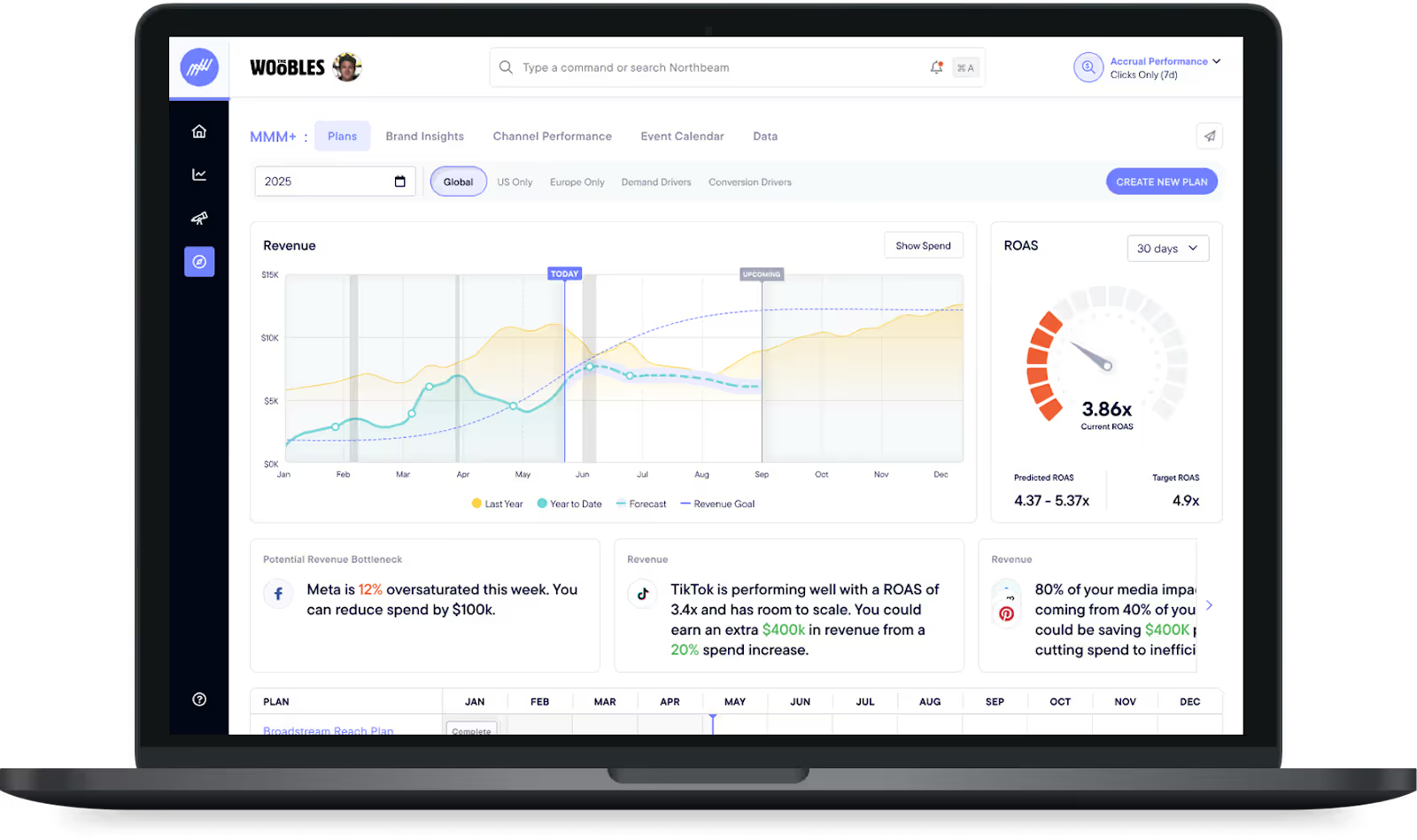
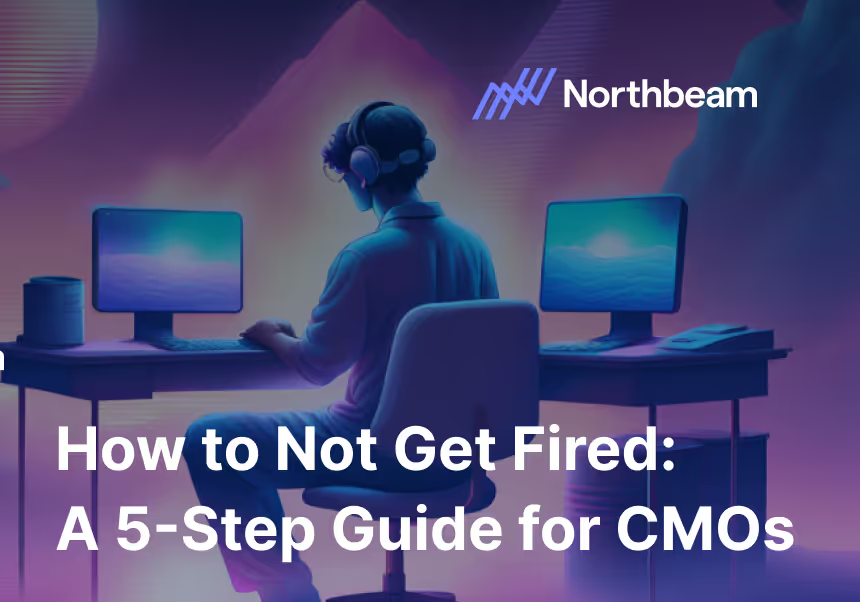
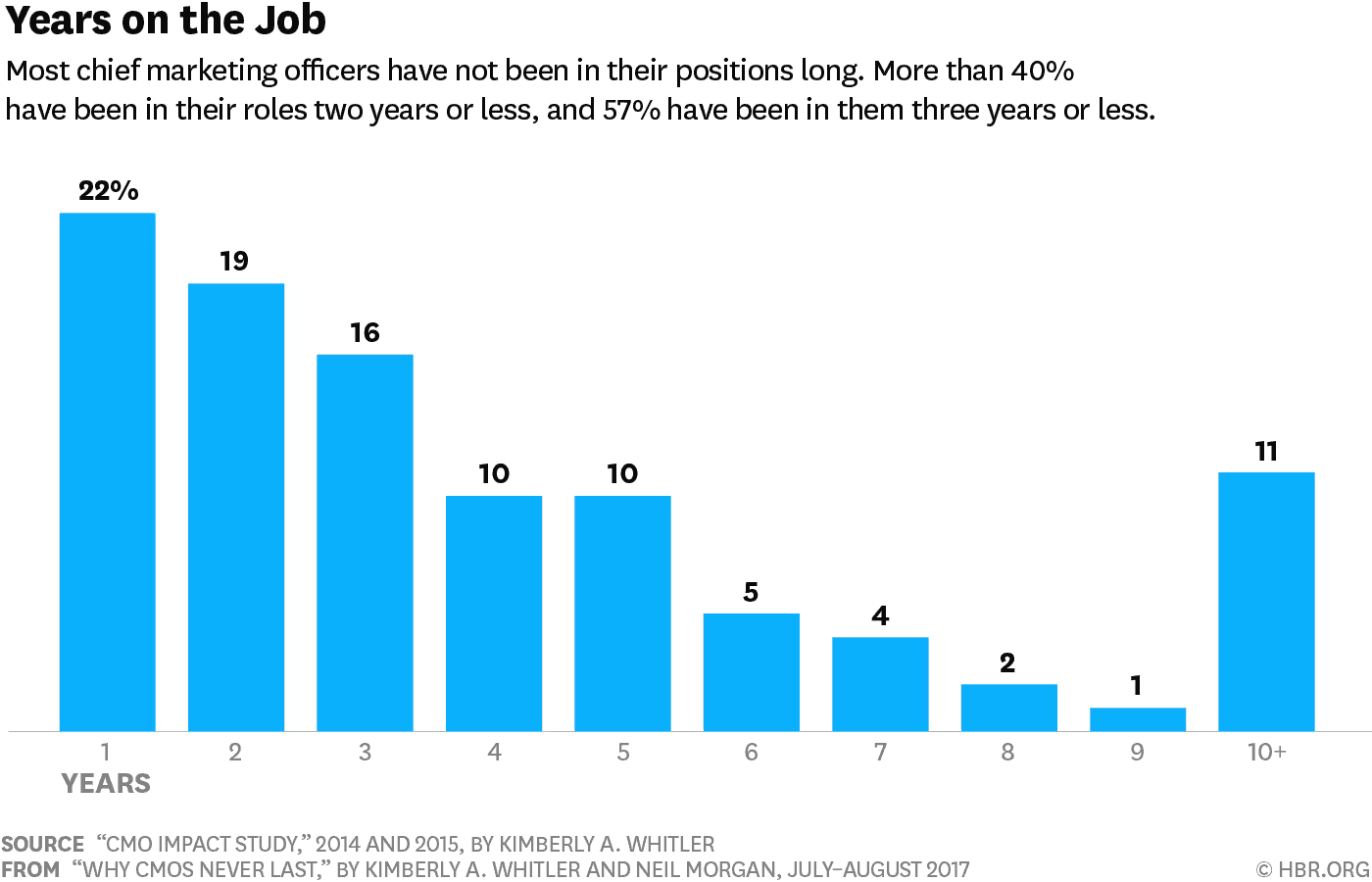
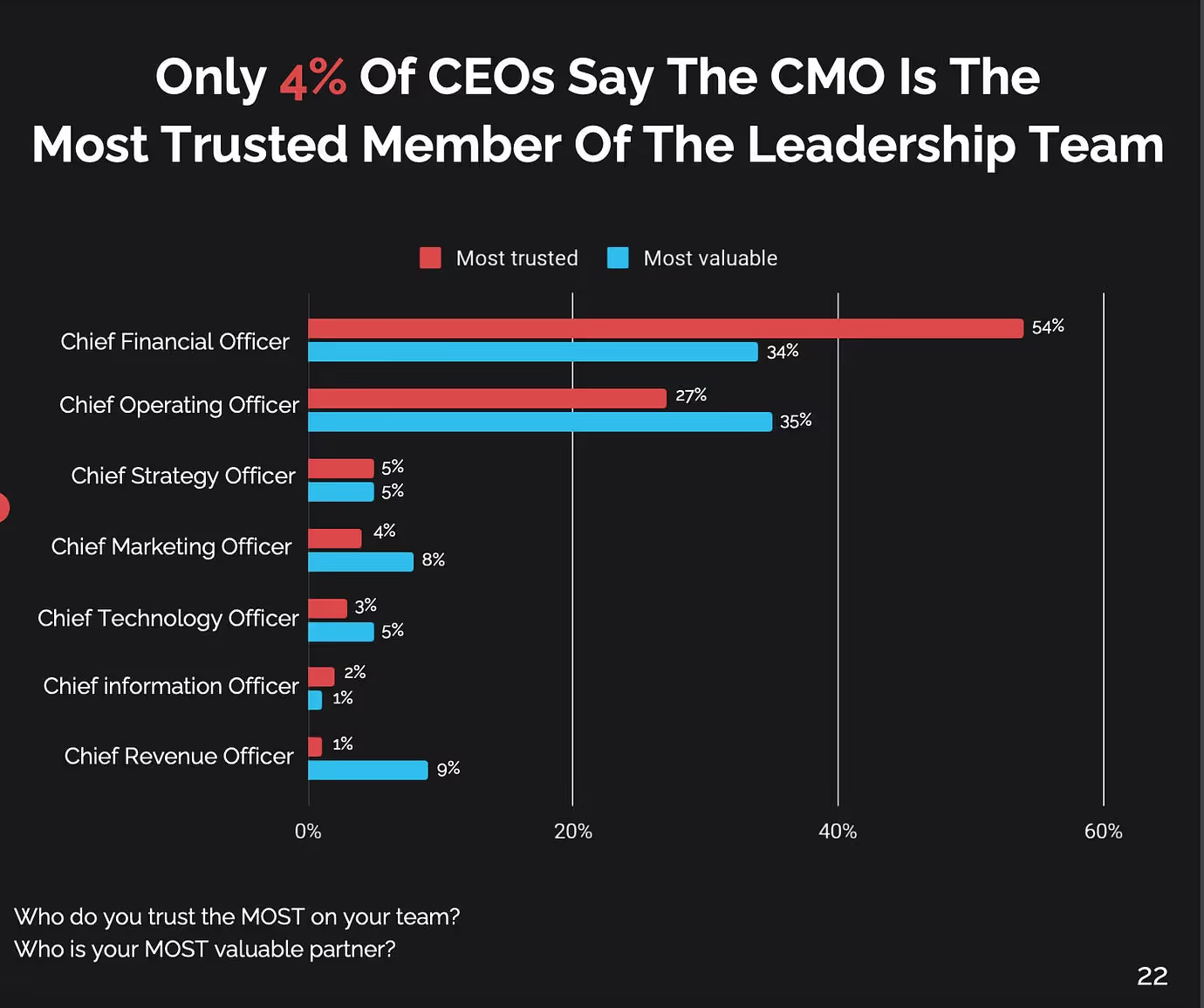

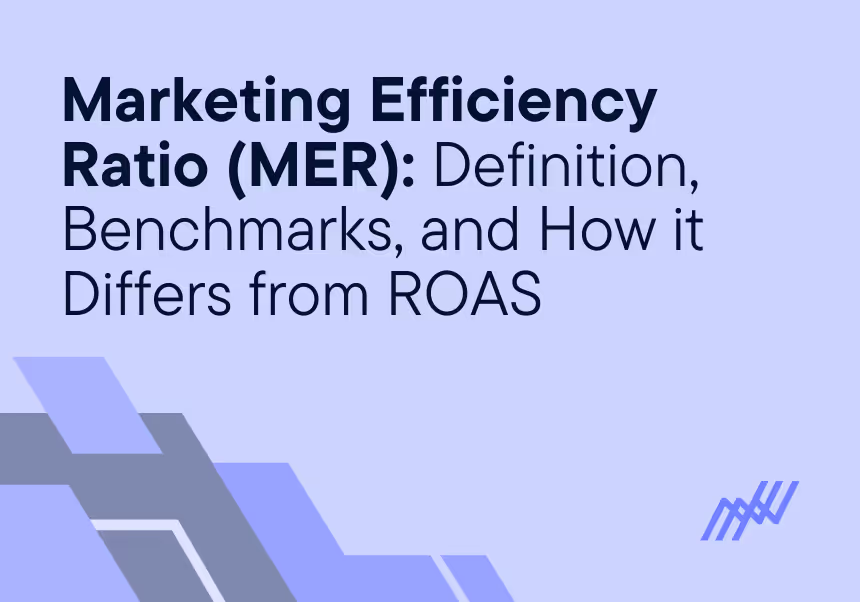
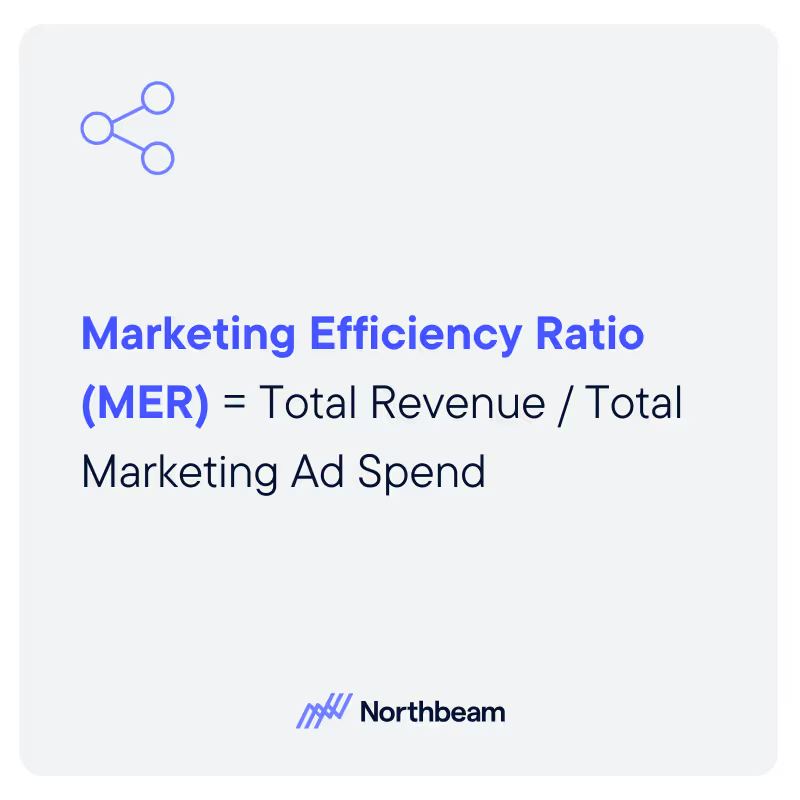
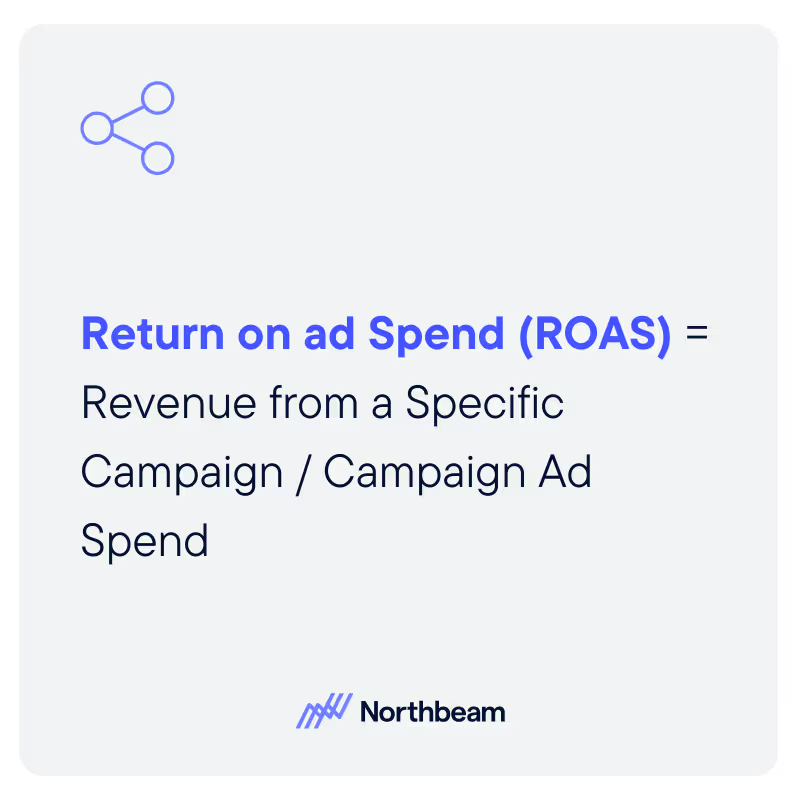

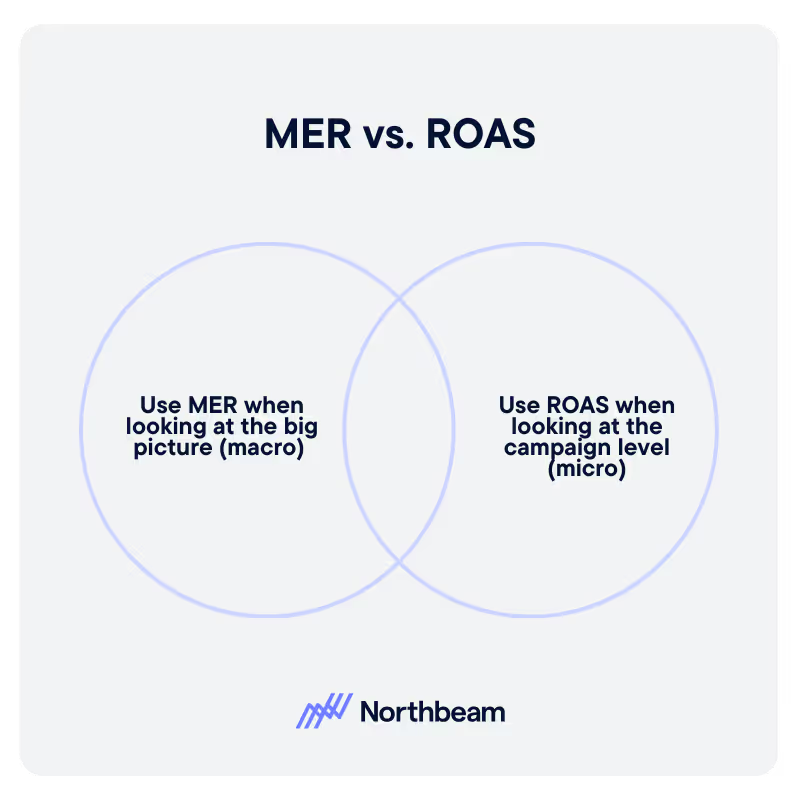








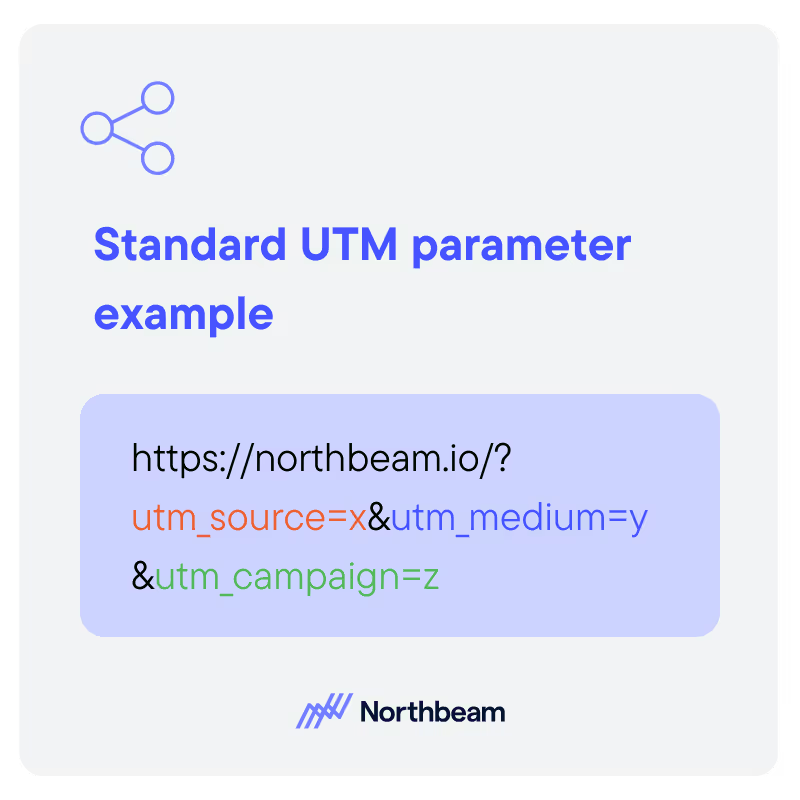
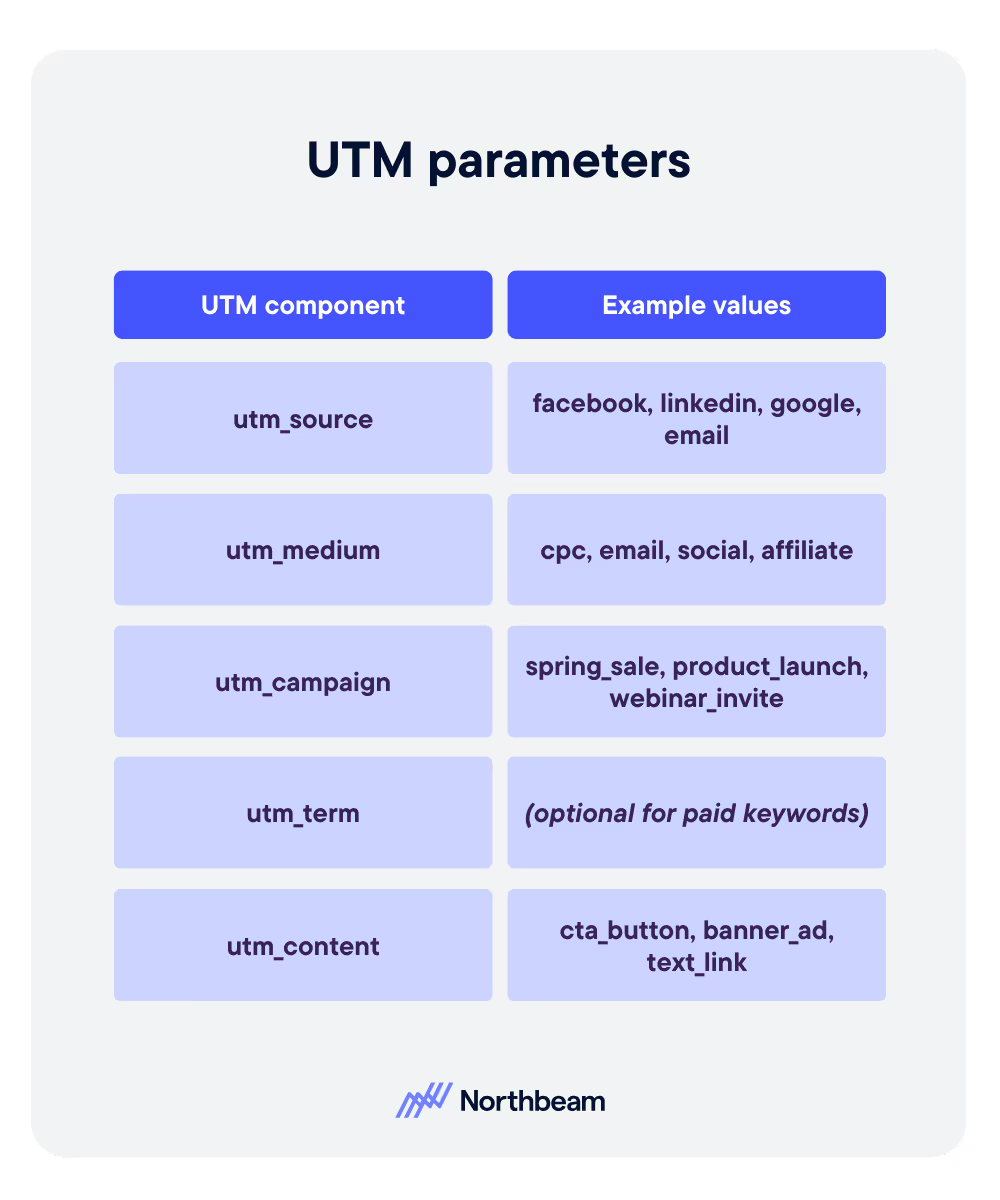

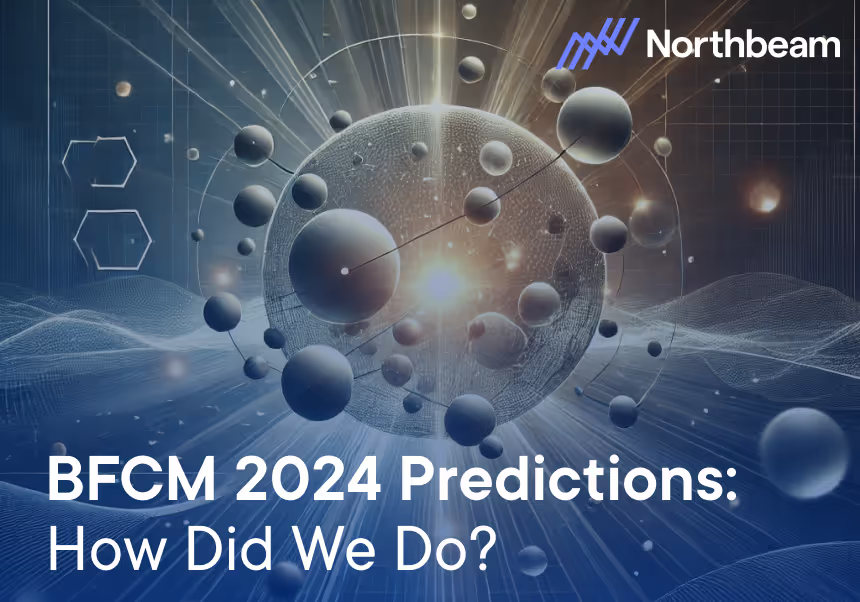

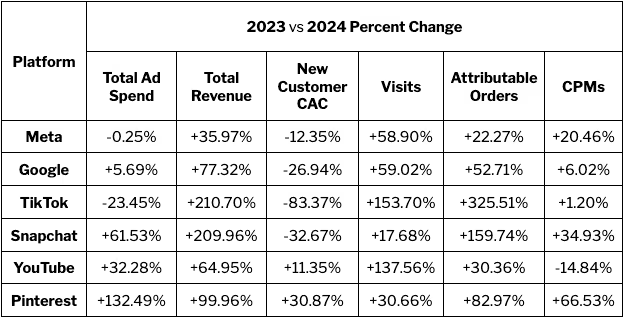
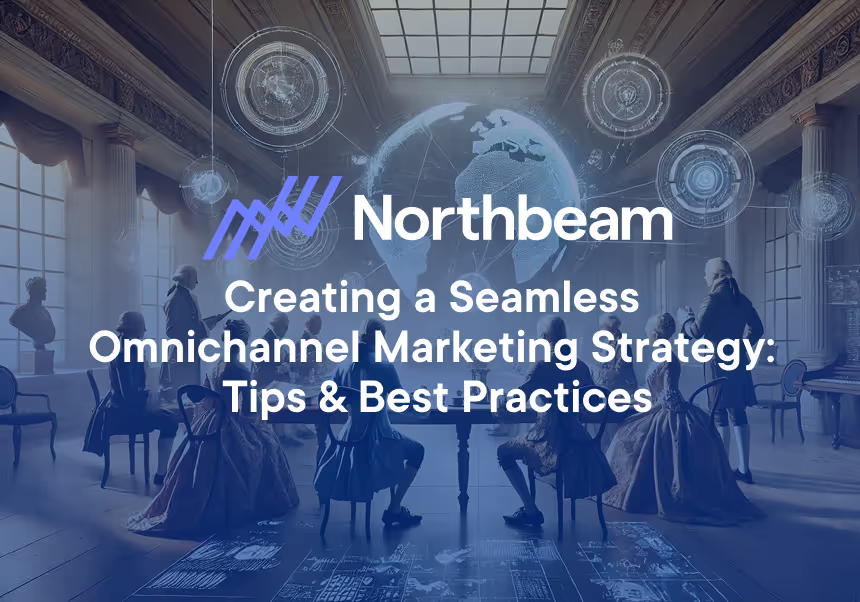
.avif)
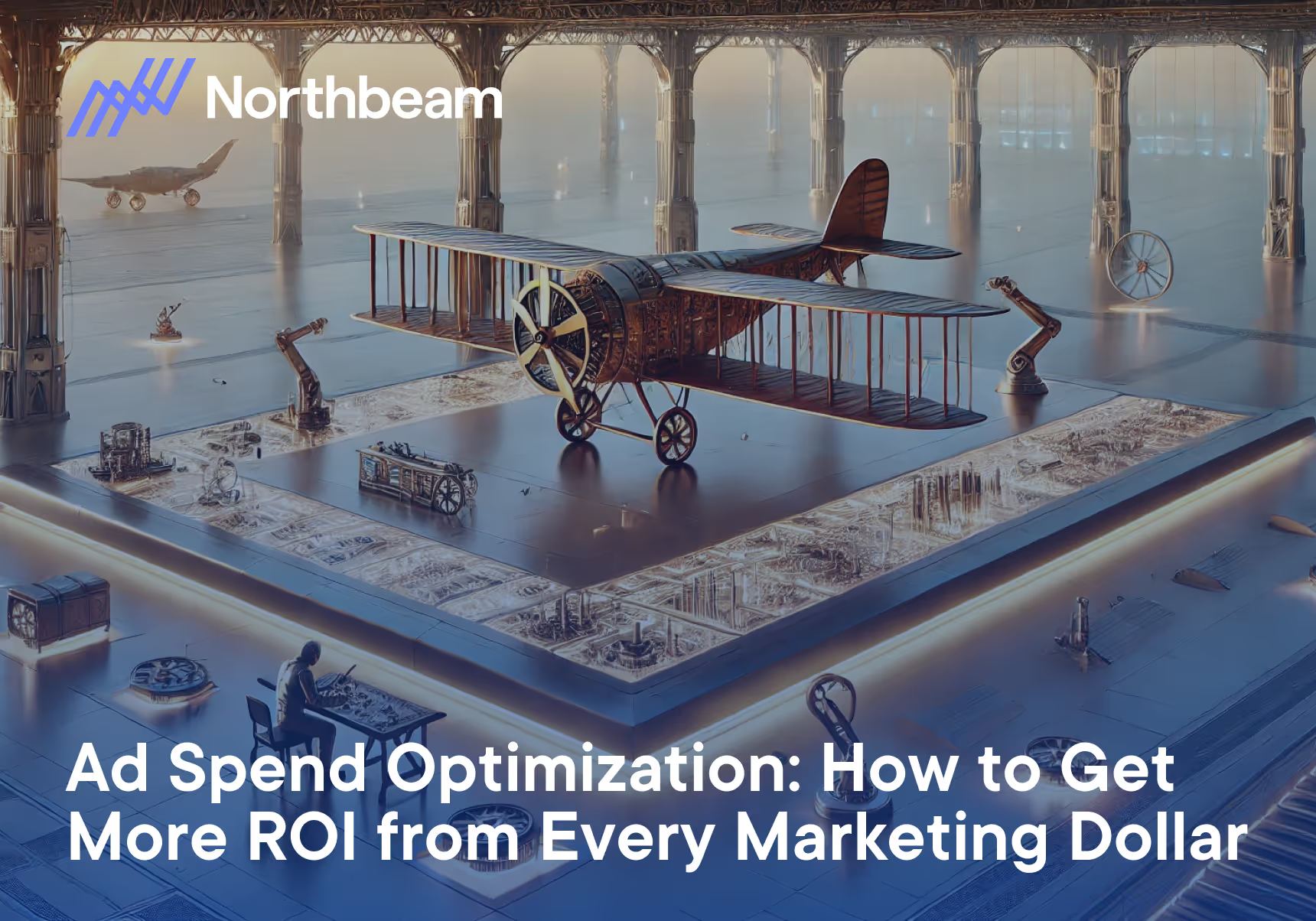
.avif)
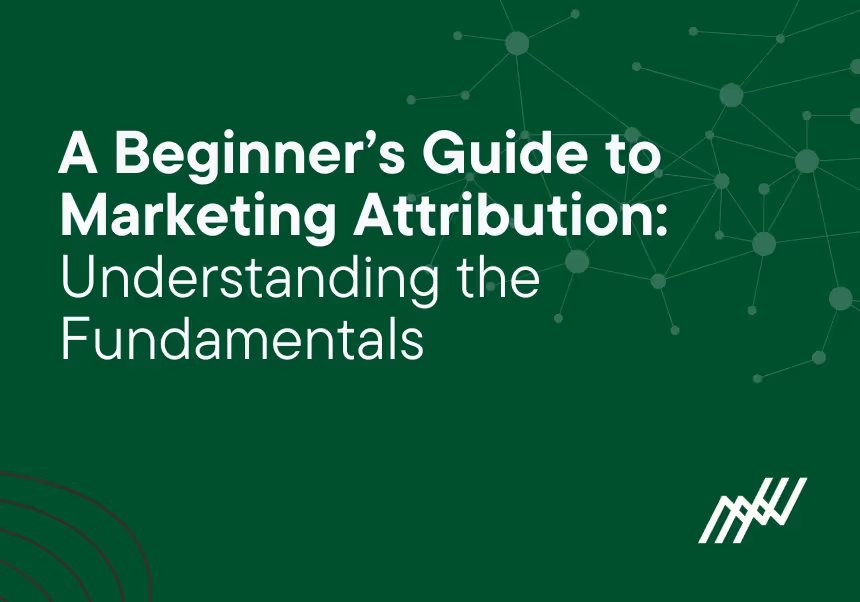


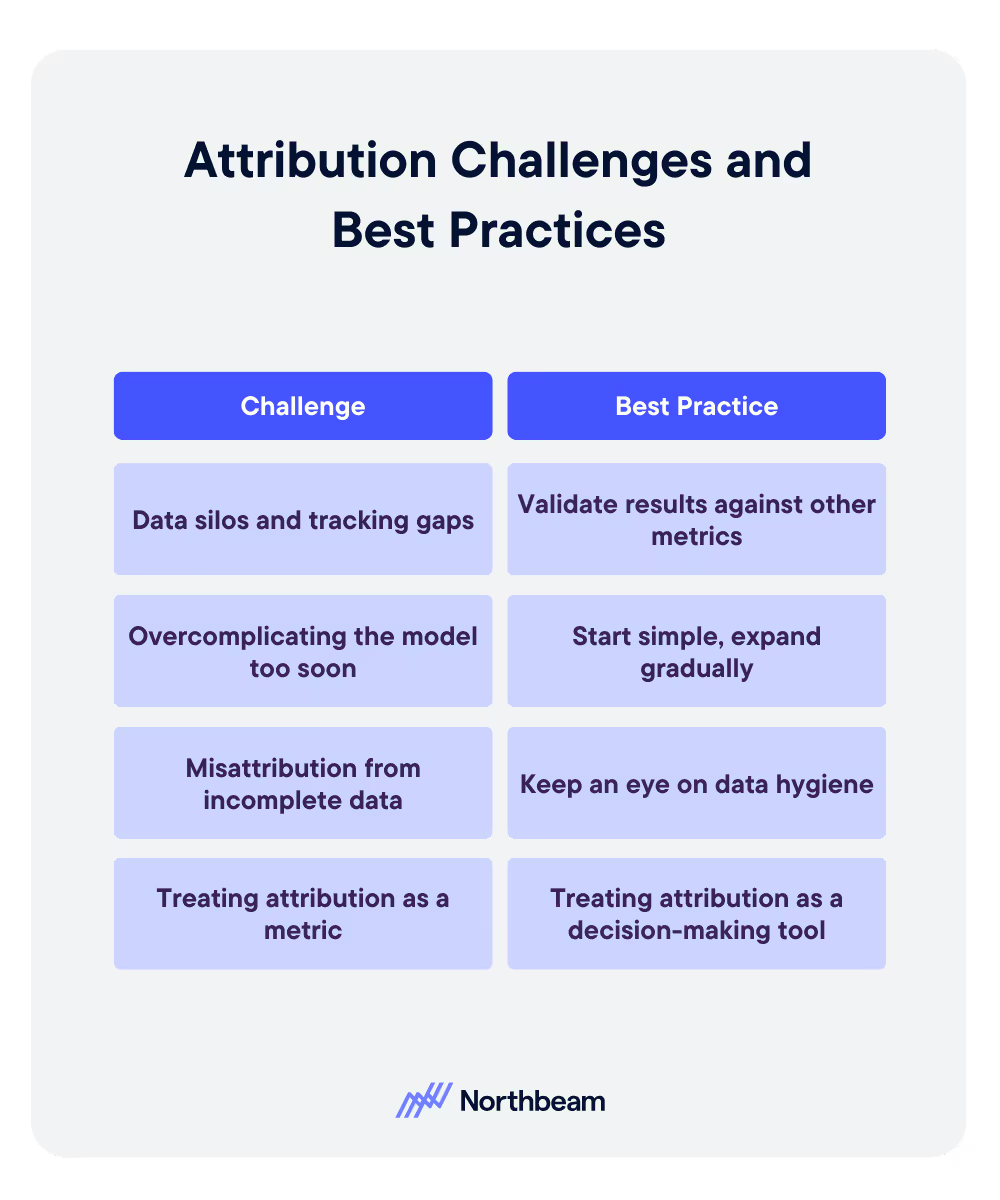



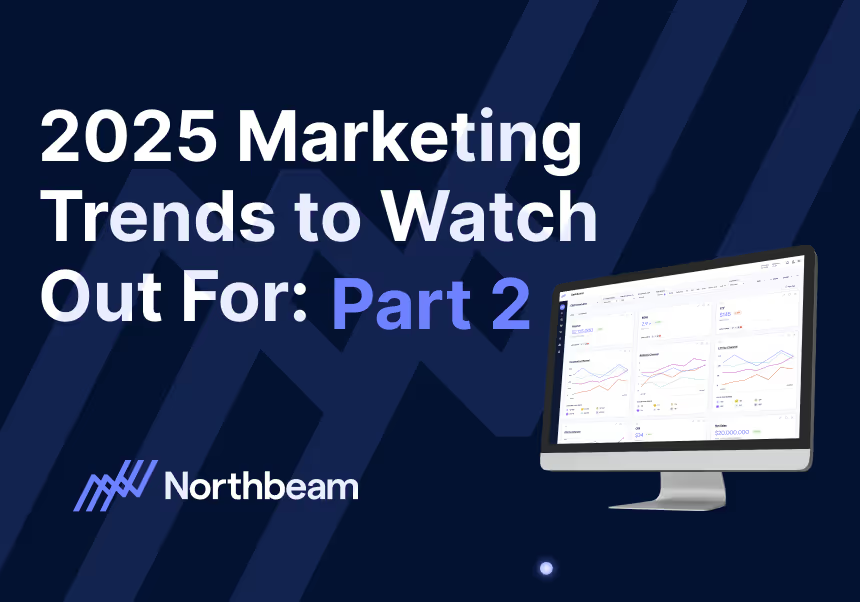
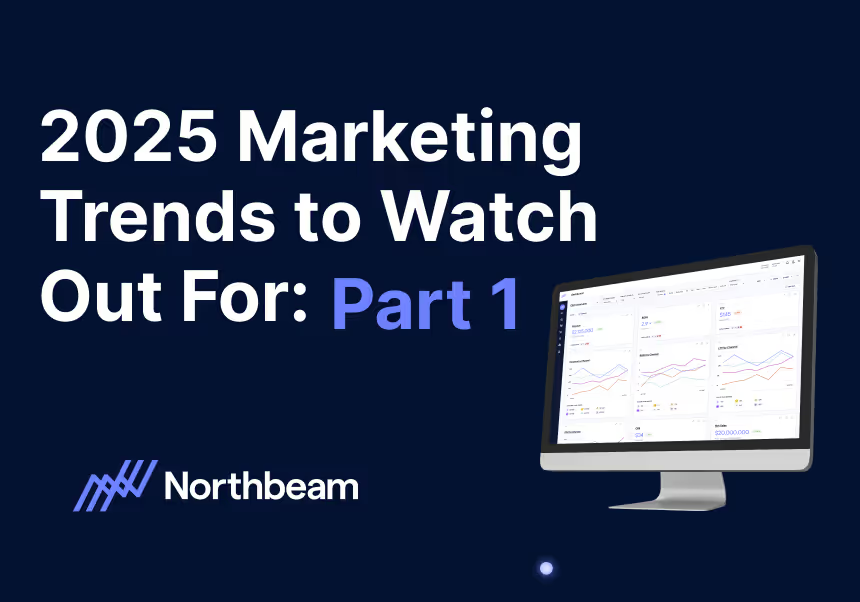



.svg)
